Adam Smith Awards
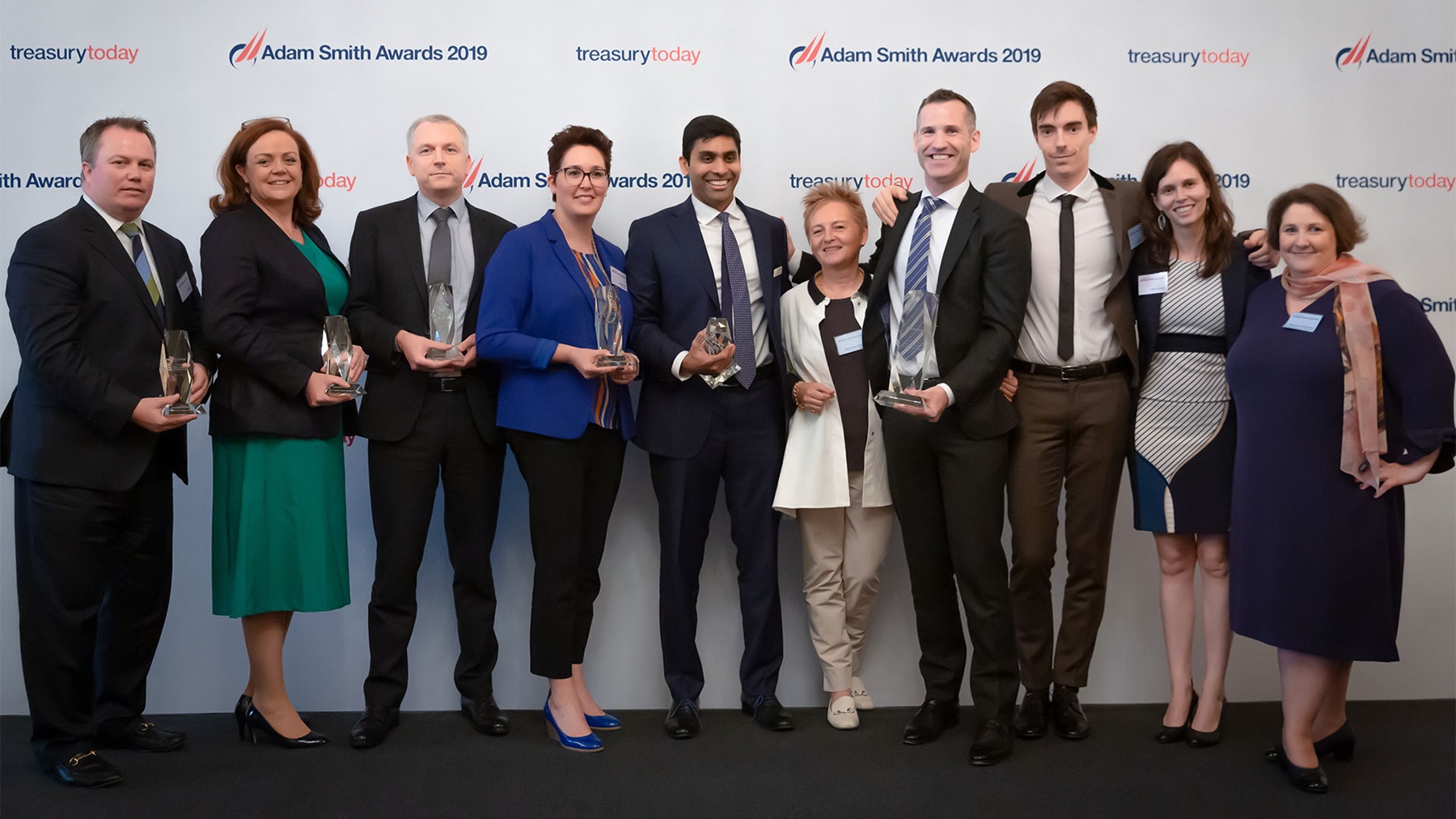


Congratulations to all the Overall Winners and Highly Commended Winners of the Adam Smith Awards 2019.
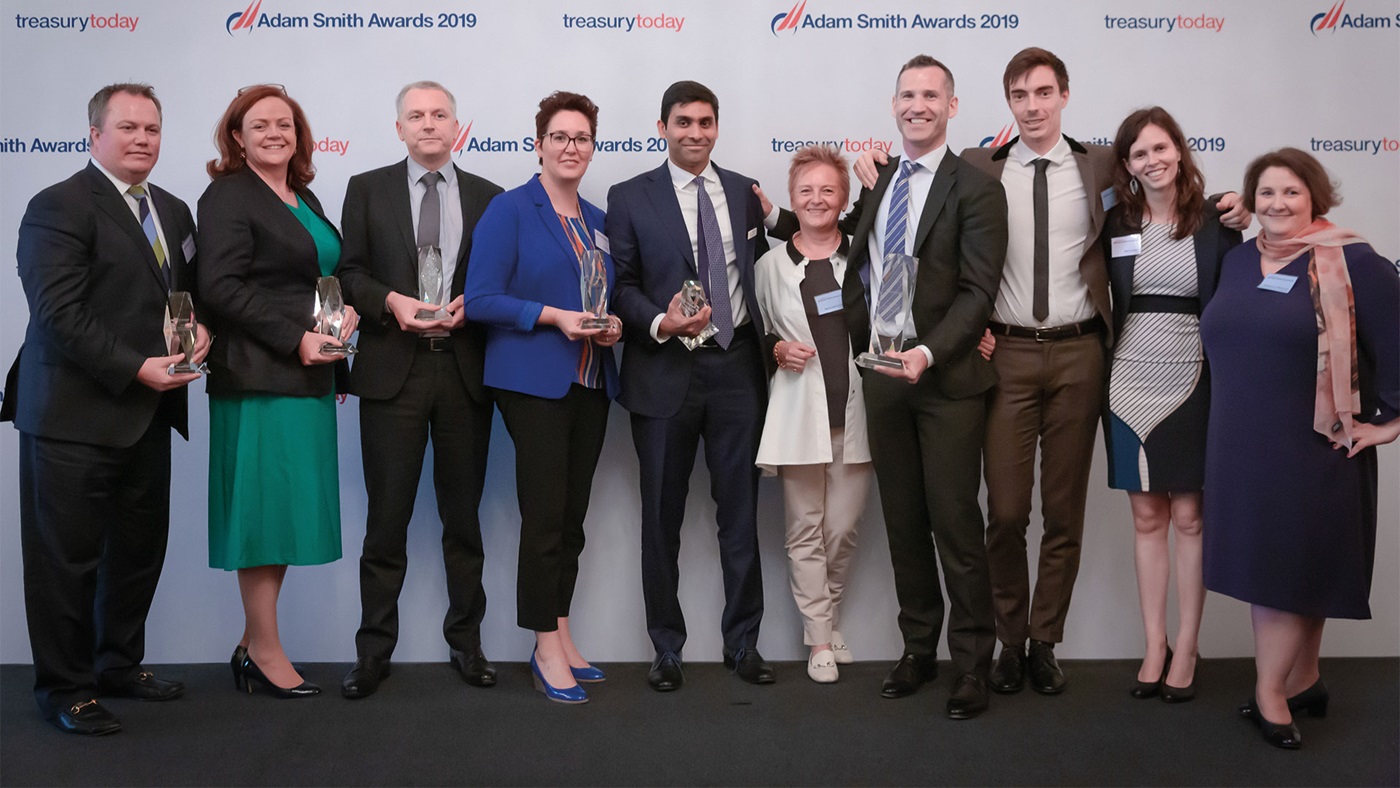
Honeywell treasury, in conjunction with key stakeholders and banking partners, carved out two independent companies with a combined revenue of US$8bn within nine months. In doing so, it created two new treasury structures from scratch. It deployed the latest technology, pioneering the introduction of eSignature, the early adaption of client on-boarding tools and communicated globally via cloud technology.
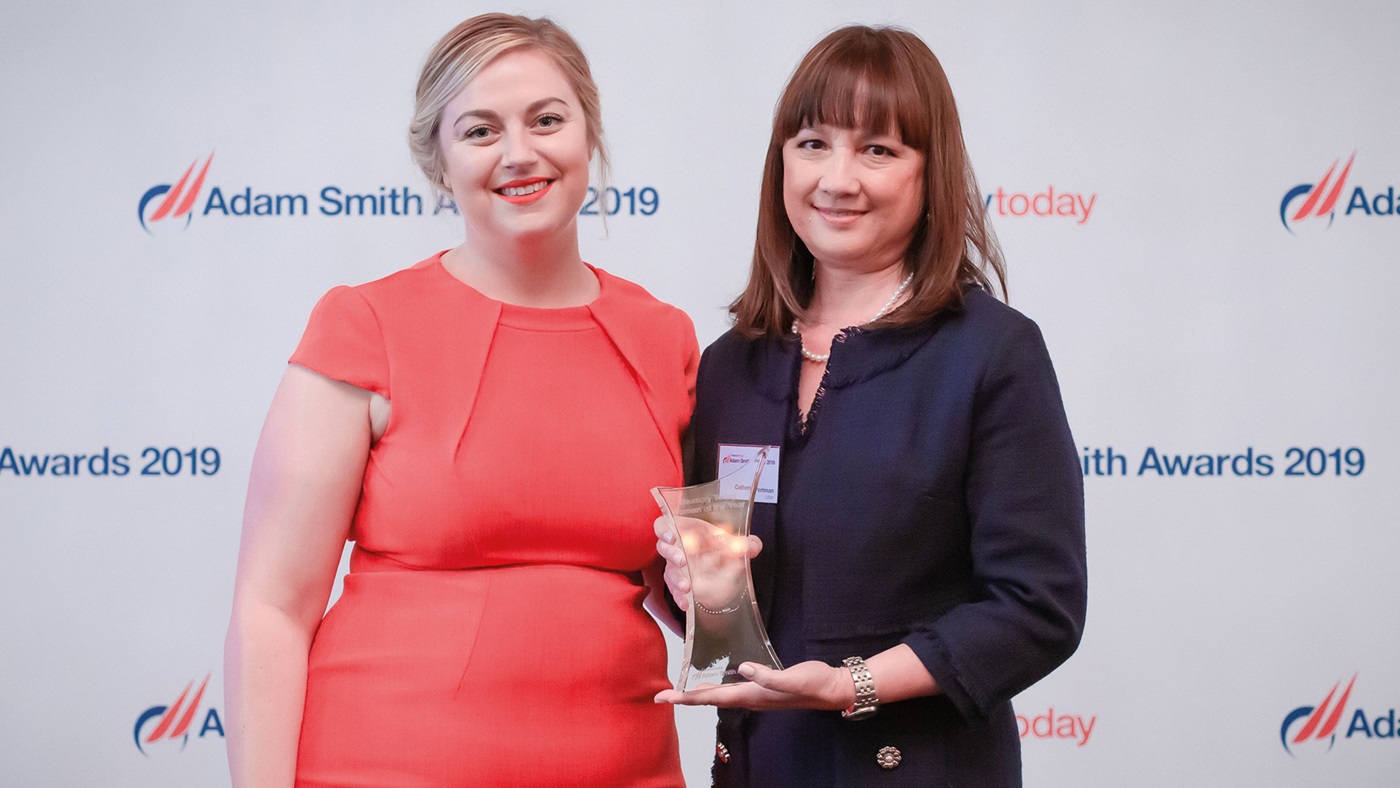
Catherine Portman is the Overall Winner in the Adam Smith Awards Woman of the Year category. The recently appointed Head of Global Treasury at Uber has spent the majority of her fantastic career in treasury at Juniper Networks, an industry leader in automated, scalable and secure networks headquartered in California. During her tenure at Juniper, Catherine’s role evolved with the growing business and she quickly became known for her visionary leadership in treasury and for driving change across the organisation. She is now in a new role at Uber, a testament to a professional whose career has been marked by a commitment to best practices in leadership and a strong work ethic.
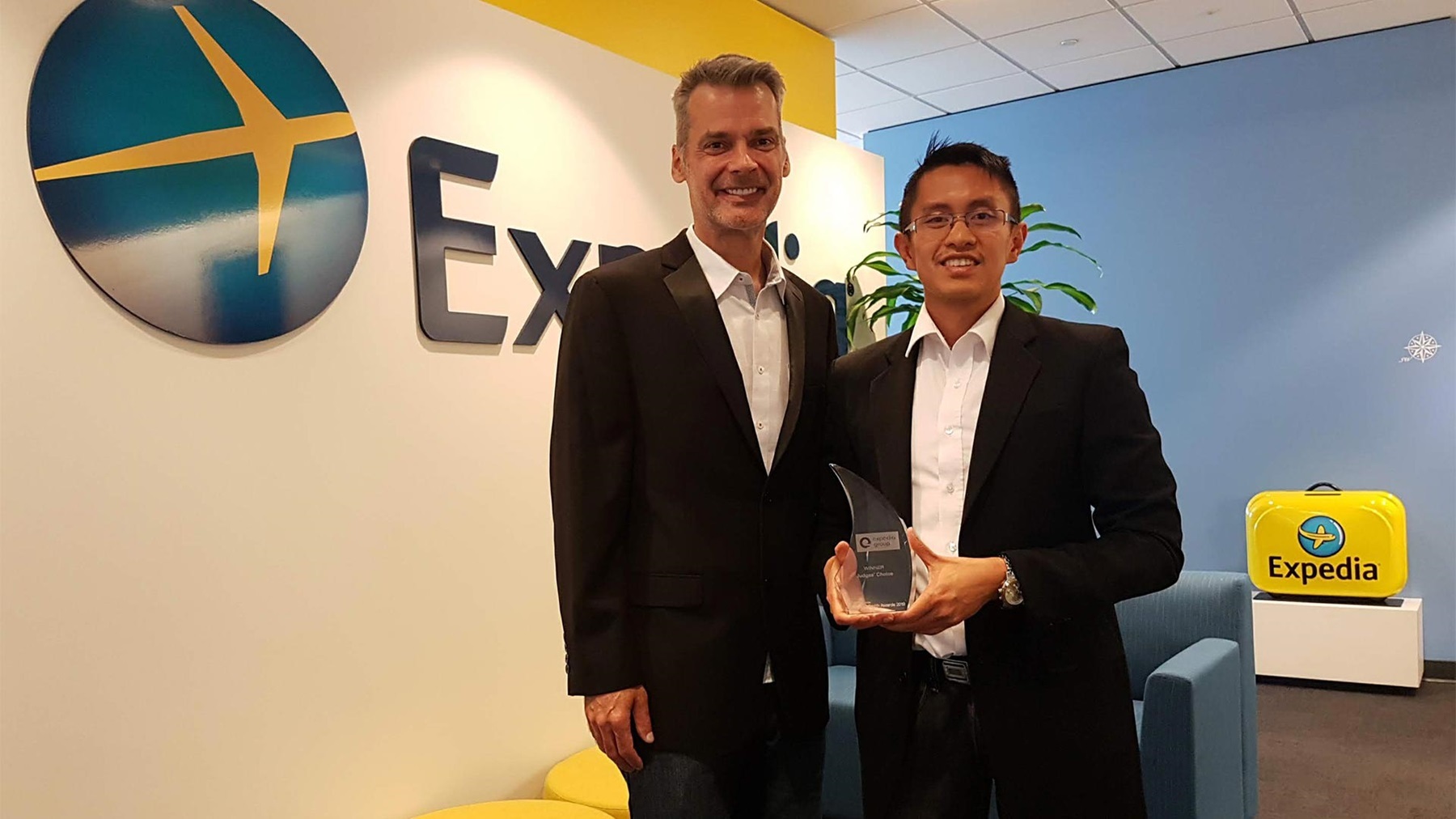
The challenges this solution addresses were: Limited visibility to performance, data accuracy, accelerating processes and improving speed of decision-making and improving resource utilisation and financial results.
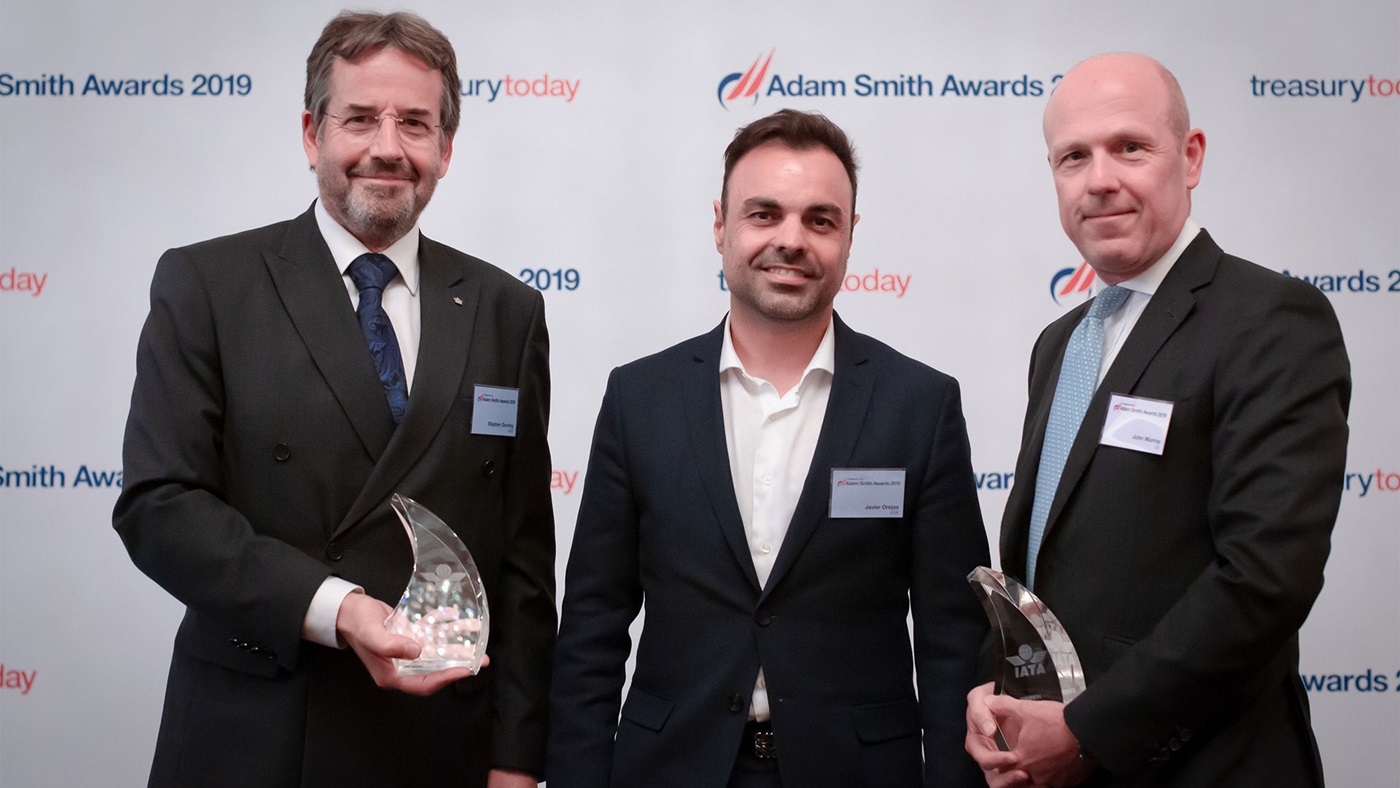
One of the greatest challenges for the airline industry is lack of payment transparency and certainty. Many payments made to IATA members are cross border. Frequently, users would have their account debited but be unclear when the payment had reached the beneficiary.
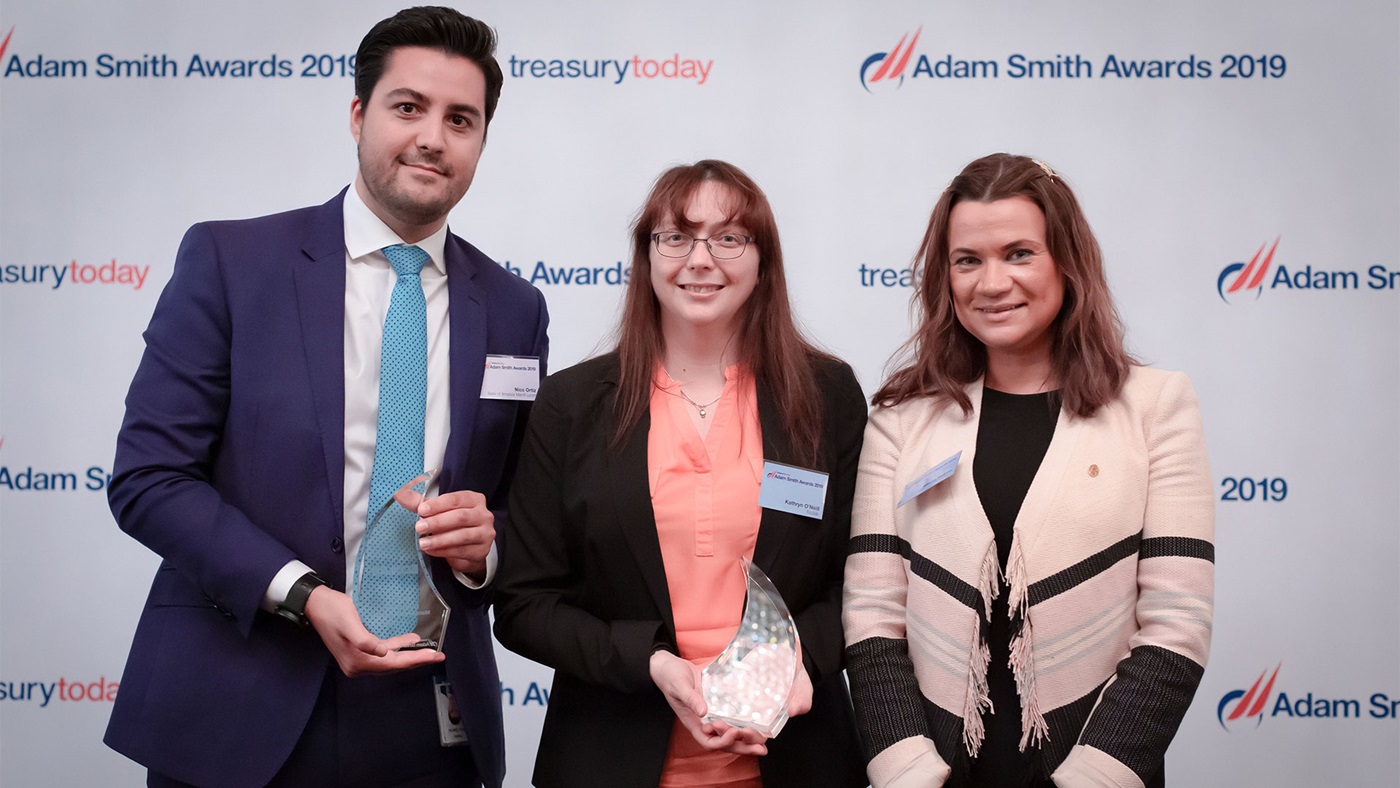

Ecolab was manually consolidating its cash on a monthly basis via a large system of intercompany loans and incurring foreign exchange hedging costs. “We decided we needed a large-scale solution in order to consolidate and maximise access to our global cash positions,” recalls Allison Rakitin, Global Treasury Director, Ecolab.
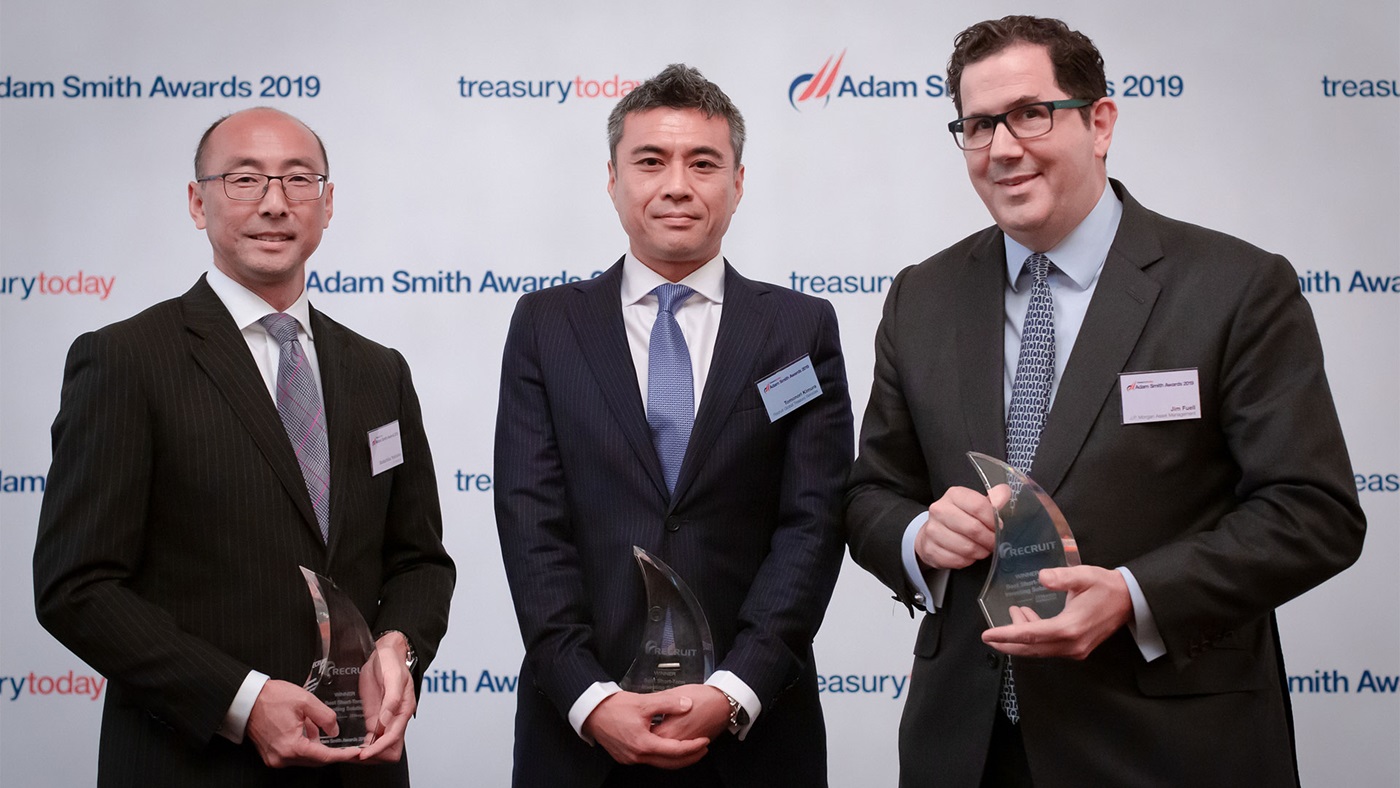
As the business has grown globally, liquidity and cash positions outside of Japan have expanded, creating foreign exchange (FX) exposure. Recruit’s treasury team therefore recognised the need to manage this liquidity outside of Japan. To help integrate global operations, a treasury centre was launched in London and Tomonori Kimura, Managing Director, Recruit Global Treasury Services, who brought a wealth of treasury knowledge and experience to the job, led this review.
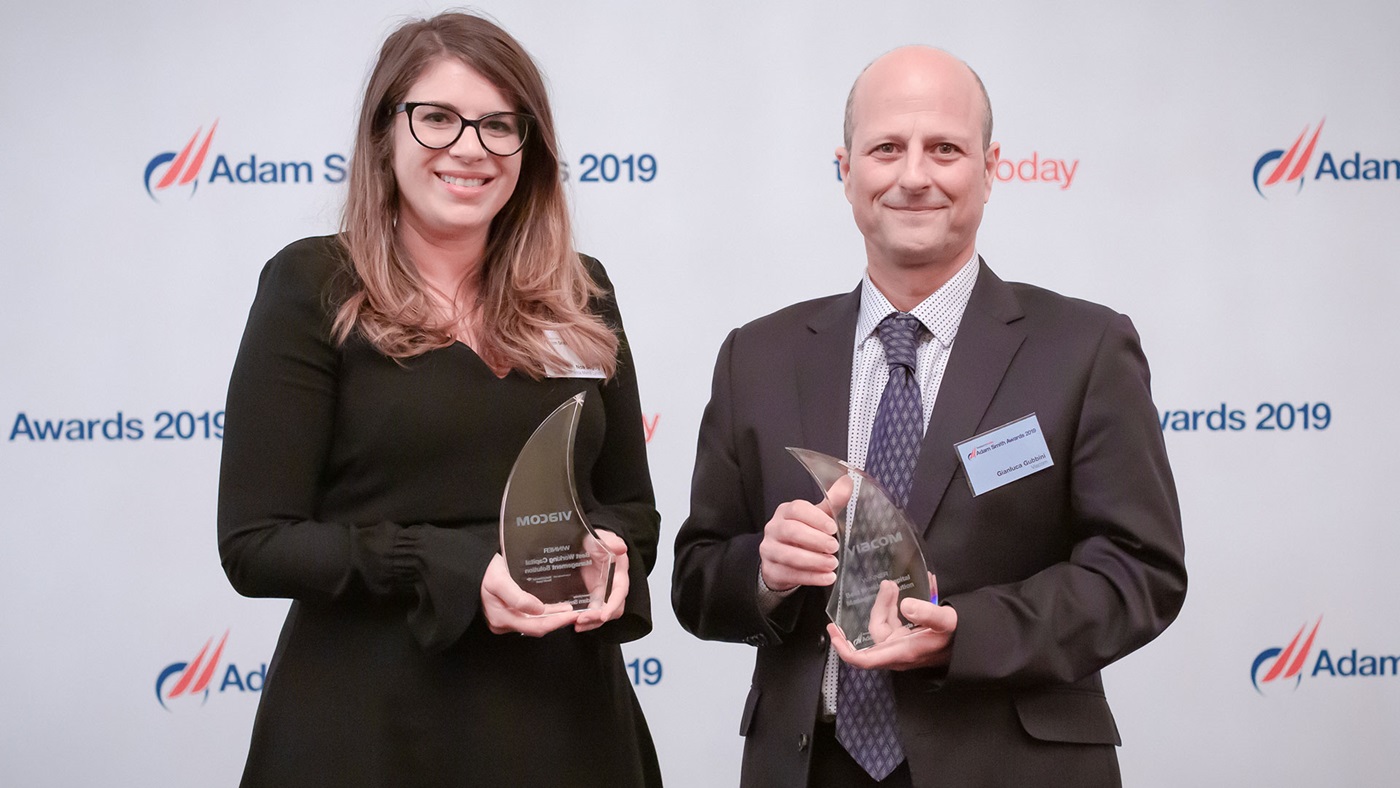

For several years, Viacom had concentrated its cash from physical bank accounts throughout Europe into a multi-currency notional pool arranged by European banks.
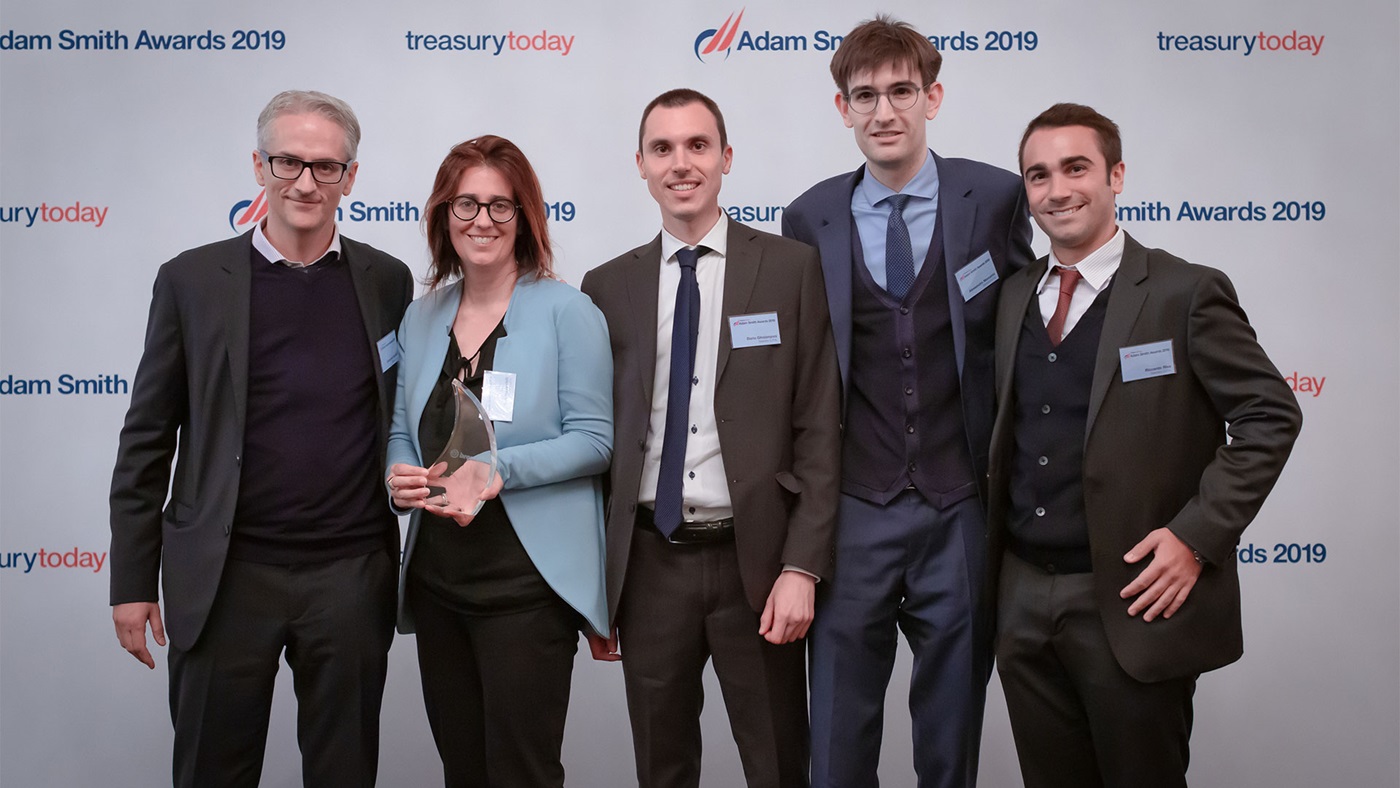

IFRS 16 came into force on 1st January 2019. This accounting principle effectively eliminates the difference between operating and finance leases and all contracts should now be accounted on the balance sheet.
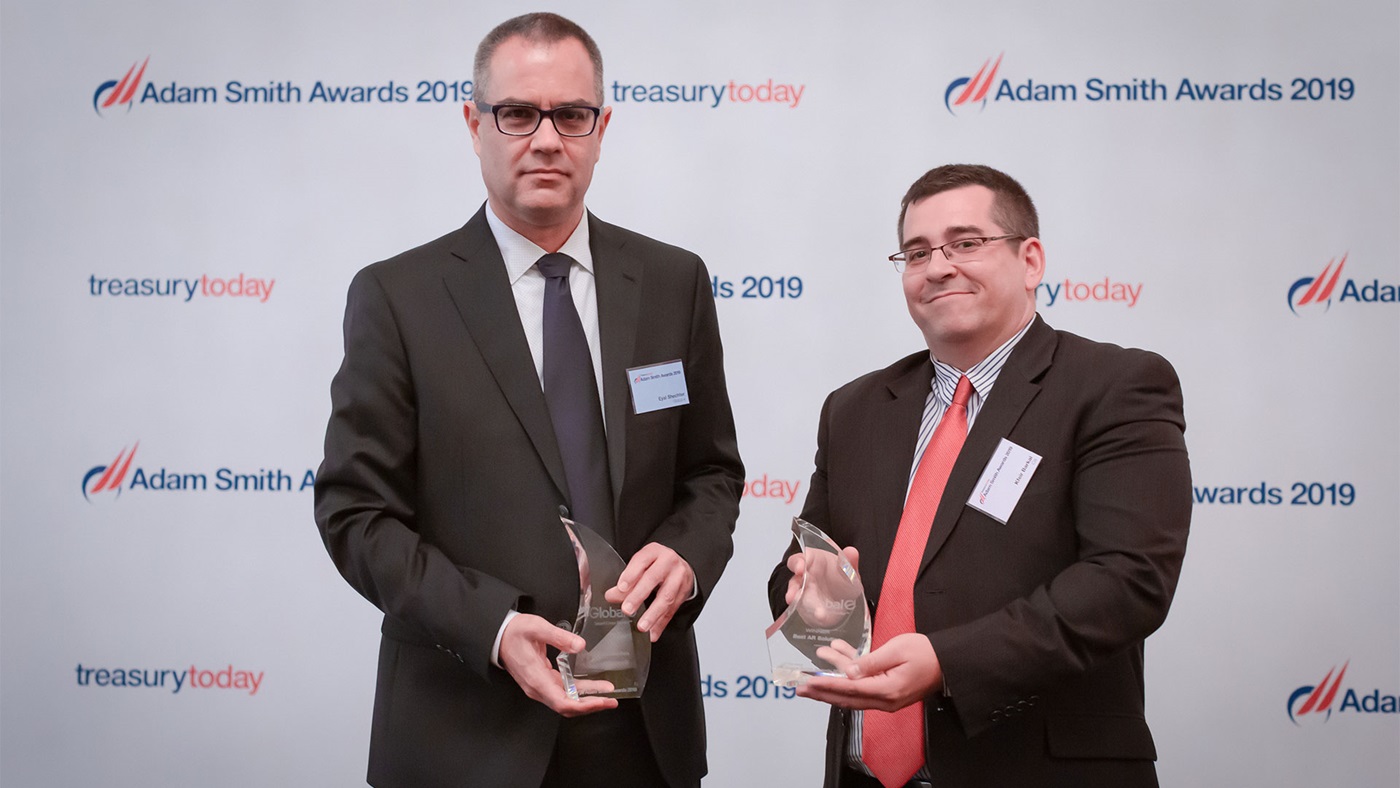
Global-e was established in 2013 and since then, has experienced tremendous growth; doubling volumes every year, and increasing its number of clients and services, including selling to new markets and supporting additional currencies. As the merchant of record for its clients’ cross-border ecommerce sales, Global-e has taken on the challenges and risks associated with managing all of the different currencies of the buyer and seller, which currently exceeds 95 currencies.
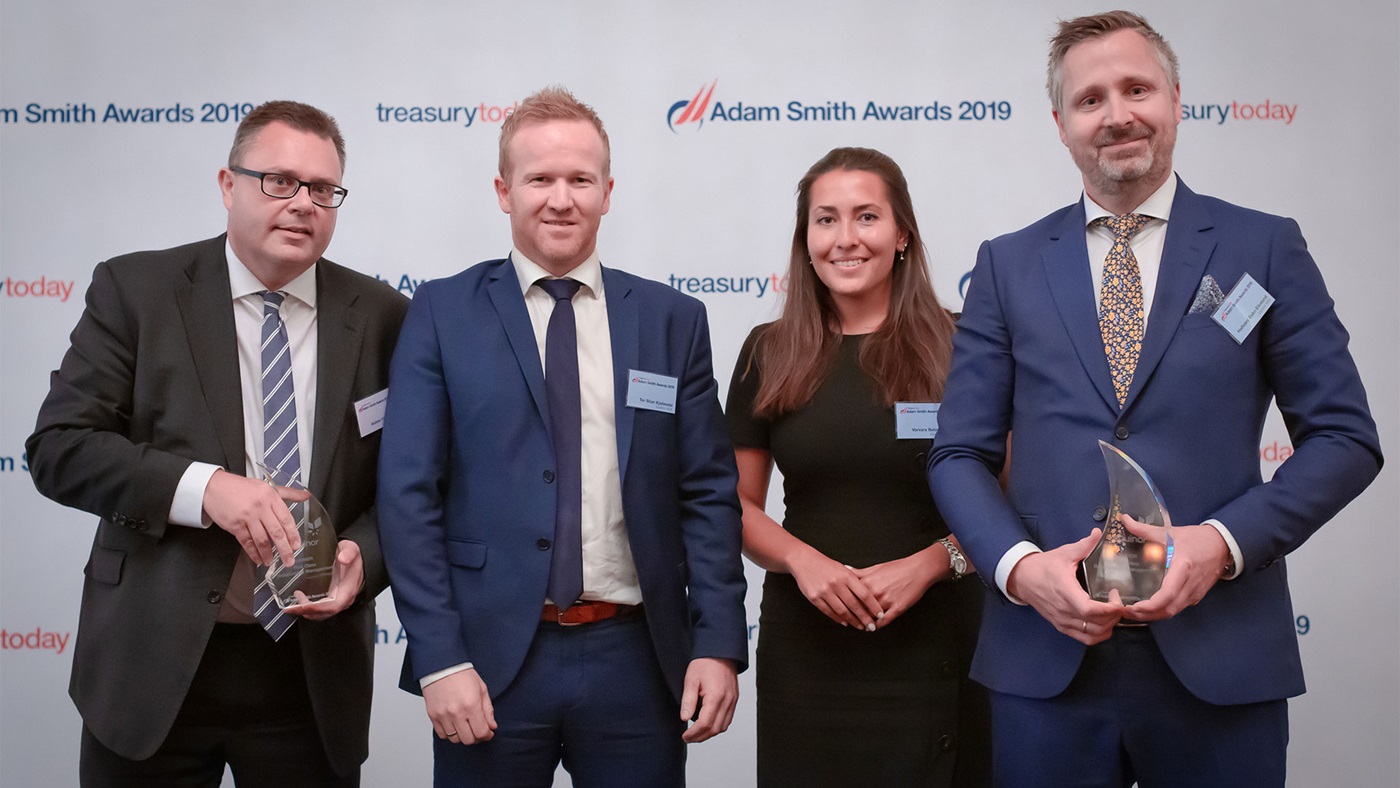
As a global business, Equinor’s treasury team works with four main cash management banks internationally and maintains 800 bank accounts for 250 subsidiaries around the world.
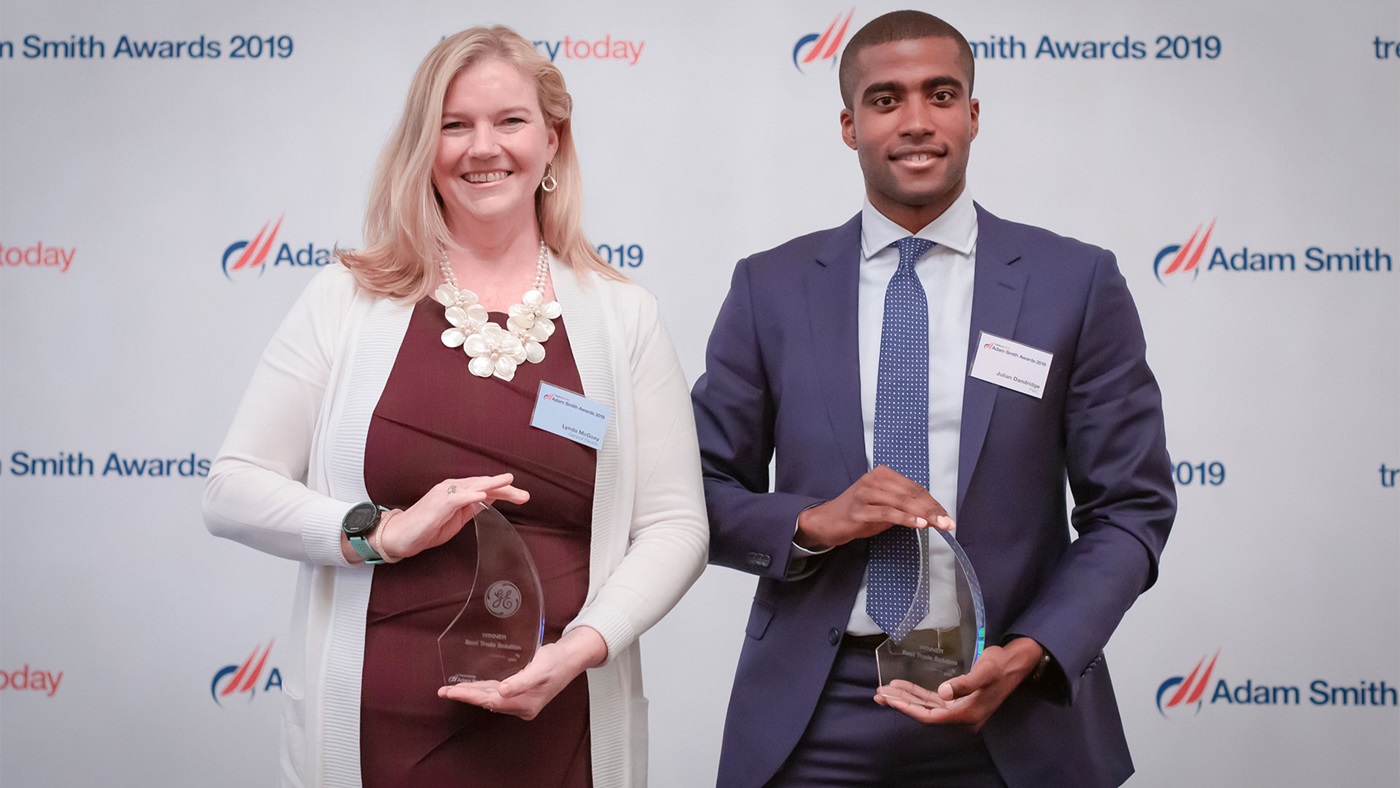
As part of the strategy to engage in US$20bn of dispositions and refocus on its core offerings, General Electric’s (GE) corporate treasury team had to identify a repeatable process for efficiently reducing the company’s off-balance sheet financial exposure. There was no comprehensive solution in the market to transfer a large trade finance portfolio to multiple buyers with various levels of M&A expertise.
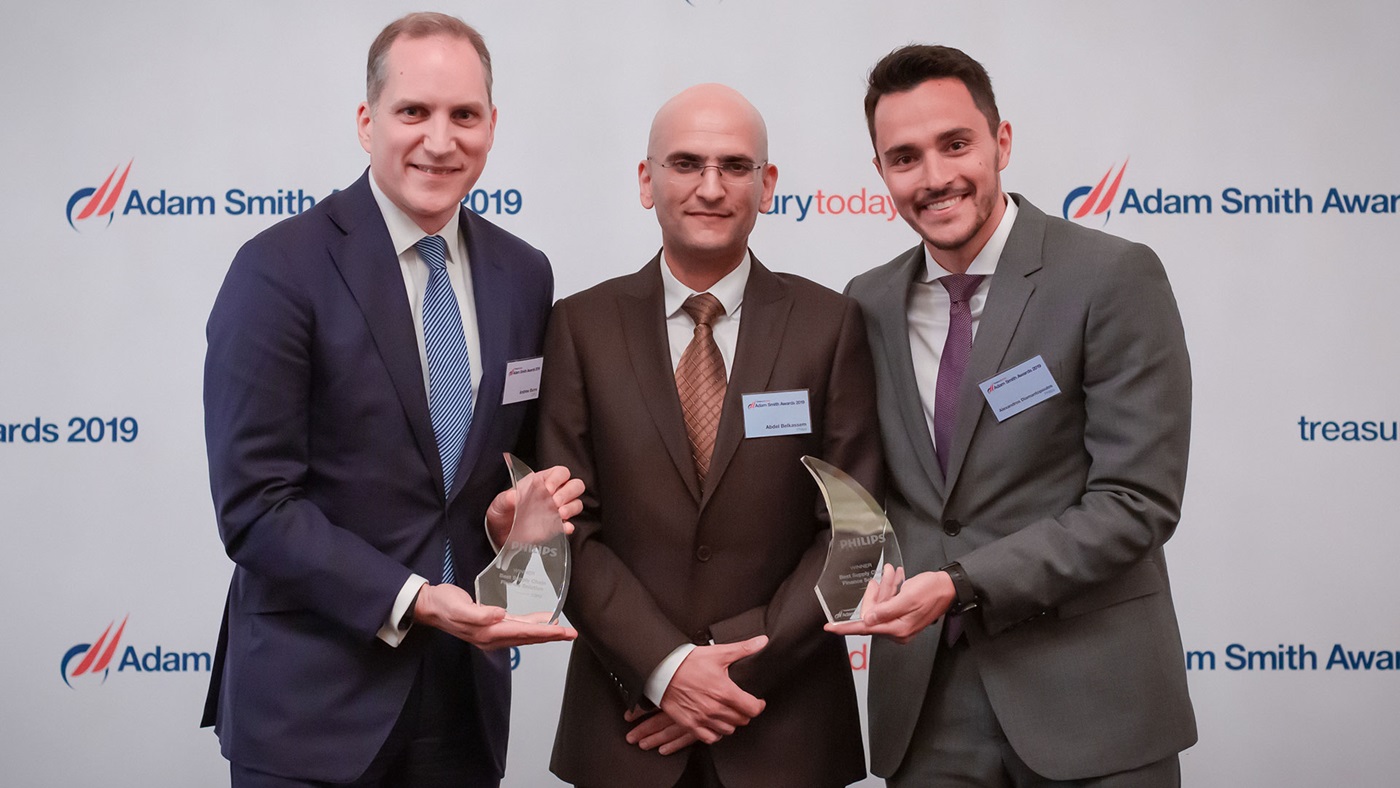

Philips’ existing SCF programme started in 2009. It was a bank-led reverse factoring scheme, leveraging Philips’ balance sheet for its strategic suppliers. Though still successful, it doesn’t suit all suppliers. Philips sought a solution capable of satisfying every supplier, at the right time, at the right price, at the right underlying currency, whilst also satisfying the needs of every internal stakeholder.
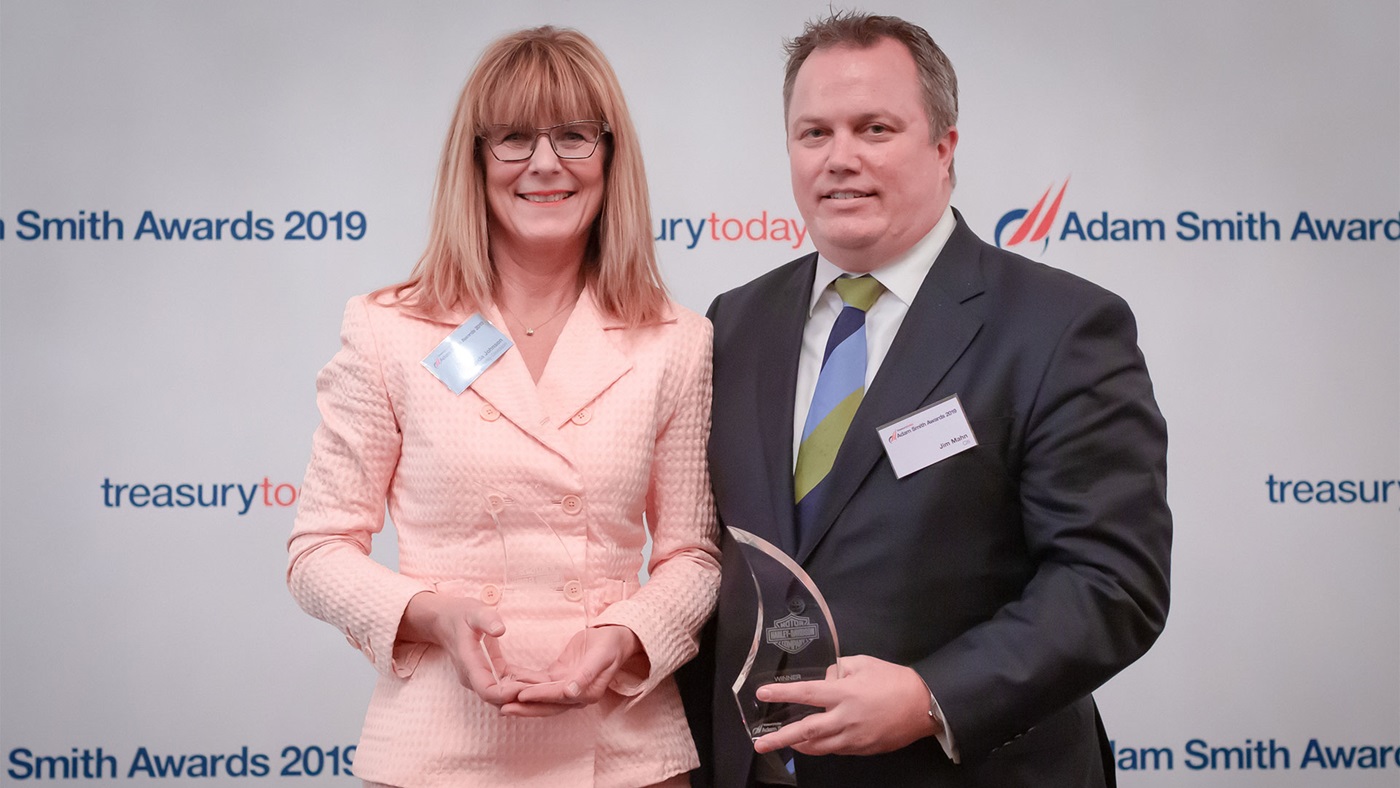

Harley-Davidson has 6,200 employees in 35 office locations around the globe. In order to meet its employees’ extensive travel and expense (T&E) needs, the company maintained 13 different contracts with card providers, and relied on three different card platforms.
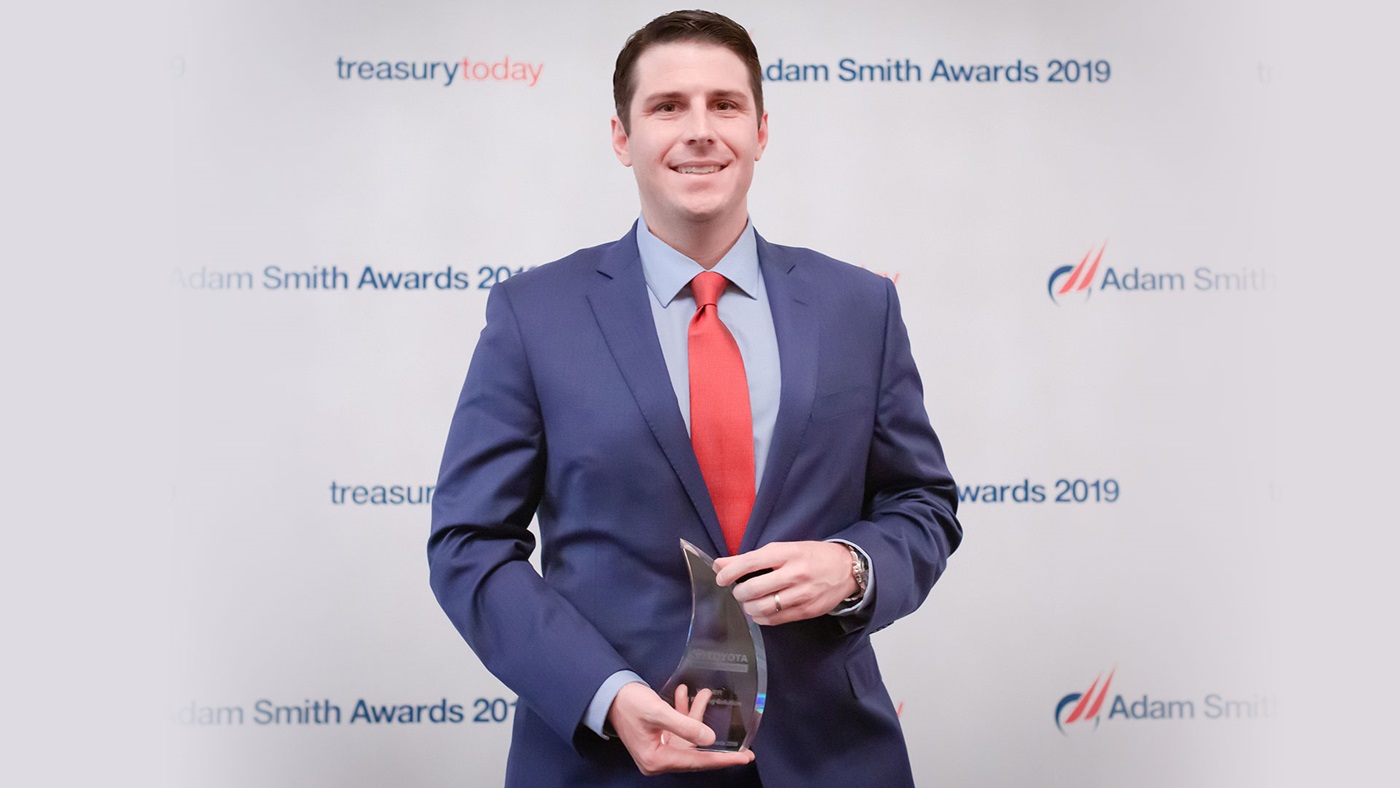

For most captive auto finance treasury teams, this past year was a challenging one. Global economies experienced improving growth, higher interest rates, and increased competition for financing within dealerships. These issues impacted the Toyota Financial Services (TFS) treasury group because the team is responsible for providing low-cost funding to the organisation. Being able to source a lower cost of funds relative to its competitors is essential for both the TFS and Toyota Motor North America teams.
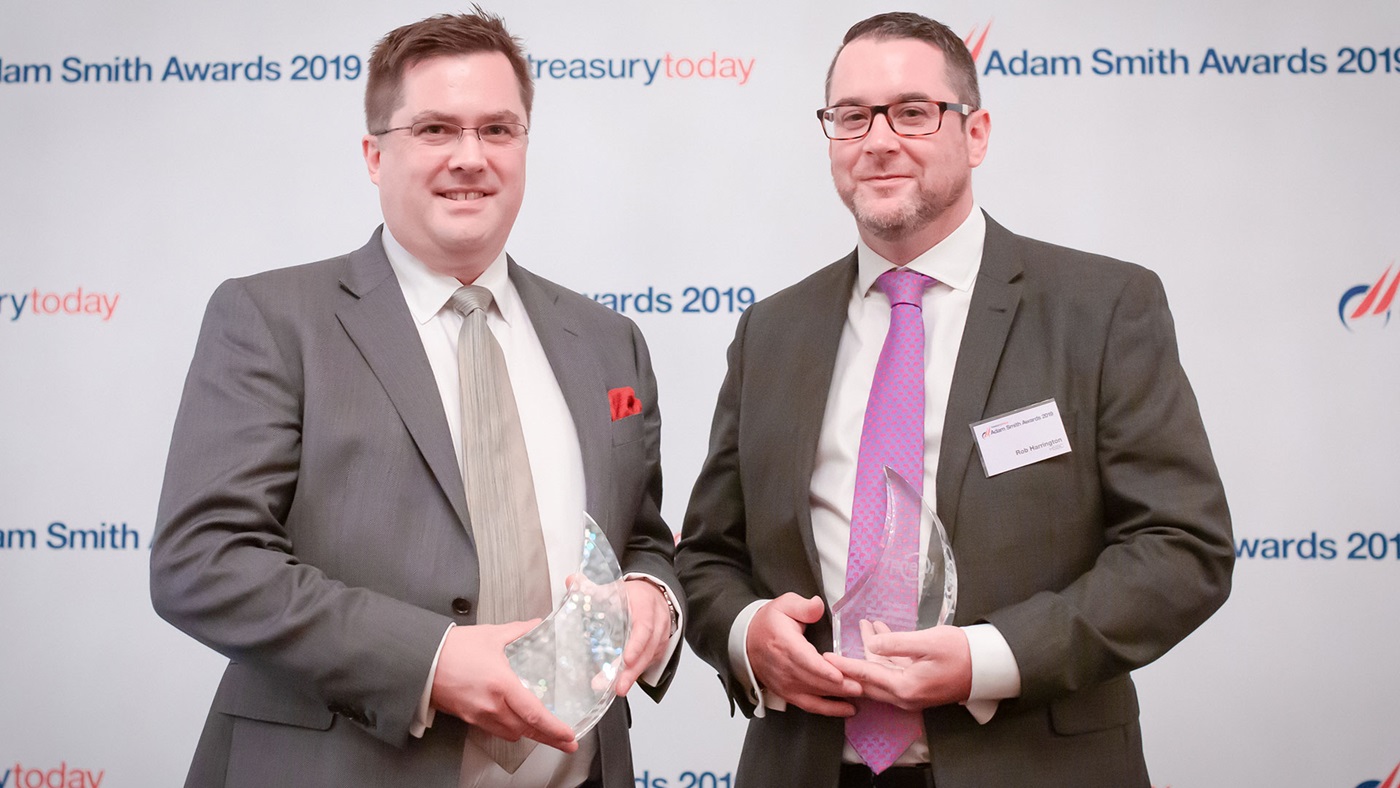

Renewi is a pure play sustainability-focused company at the heart of the emerging circular economy. Through its operations it processes 14 million tonnes of waste a year and recycles and recovers 90% of this, which preserves the natural resources that would otherwise be required and avoids the carbon emissions of the alternatives. The company is proud of its role in the circular economy and it is keen to invest in the growth of recycling and the positive environmental impact of doing so. It wanted to demonstrate this using a green finance framework consistent with the green bond and green loan principles.
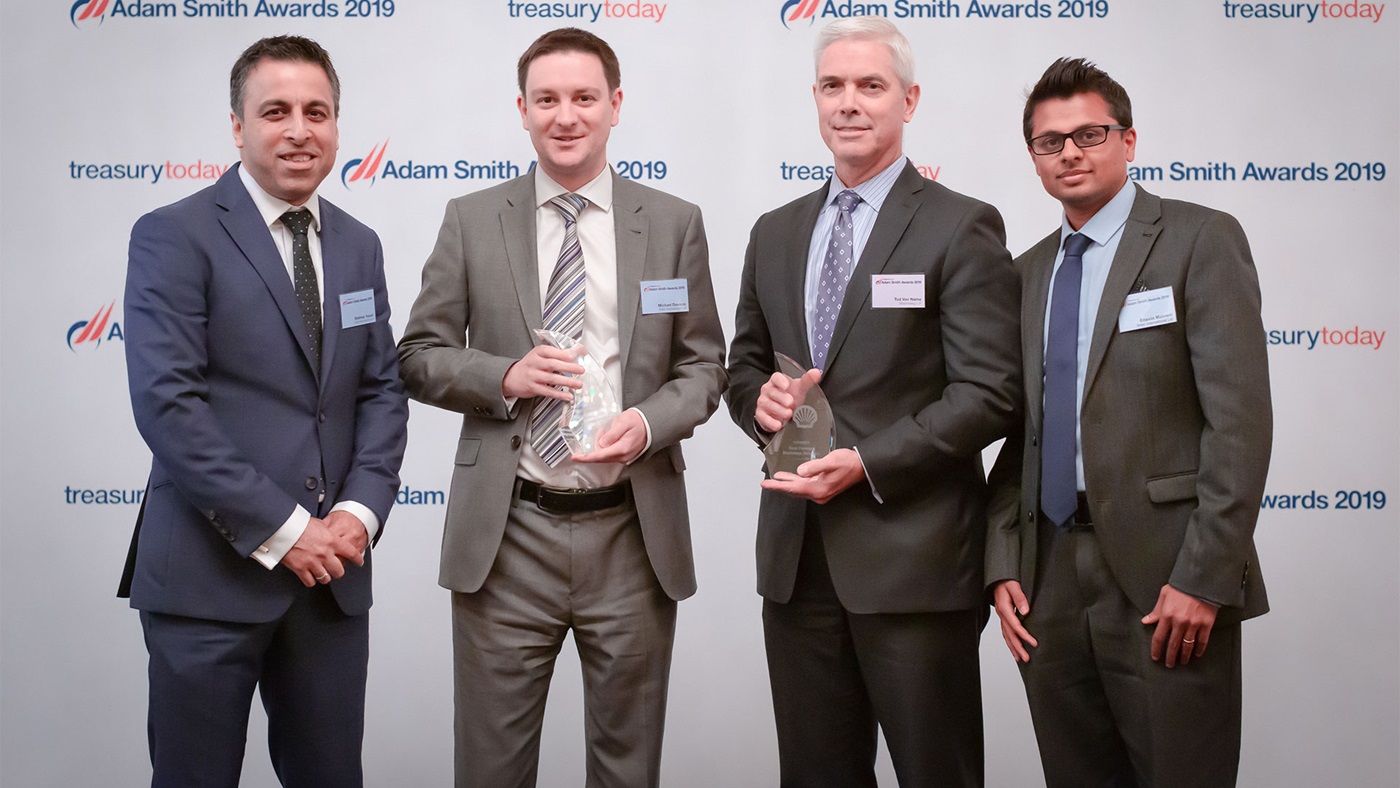
For a corporate treasury department that supports numerous subsidiaries, managing risk exposures consistently and transparently is fundamental to improving efficiency and mitigating risk. Traditionally, a company’s currency exposures could be managed locally by different overseas cost centres. Automation, however, can offer centralised visibility, enabling execution of those exposures in aggregate and thereby reducing transaction costs.
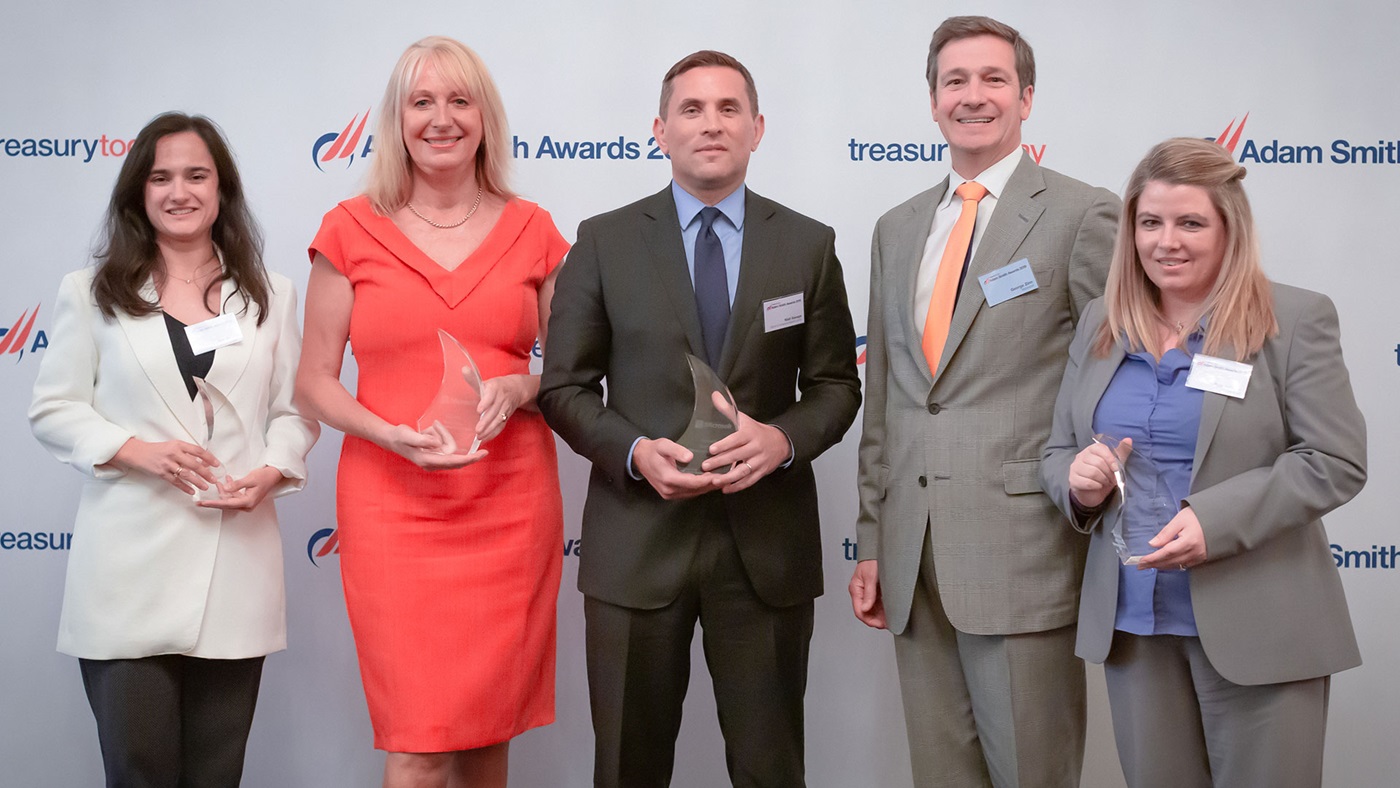
Microsoft runs a centralised treasury for more than 450 subsidiaries in 118 countries. The company has more than 1,300 bank accounts with more than 85 banking relationships worldwide. Each dollar held in local subsidiary bank accounts is subject to increased counterparty risk, sovereign risk, foreign exchange fluctuations, fraud and environmental risks.
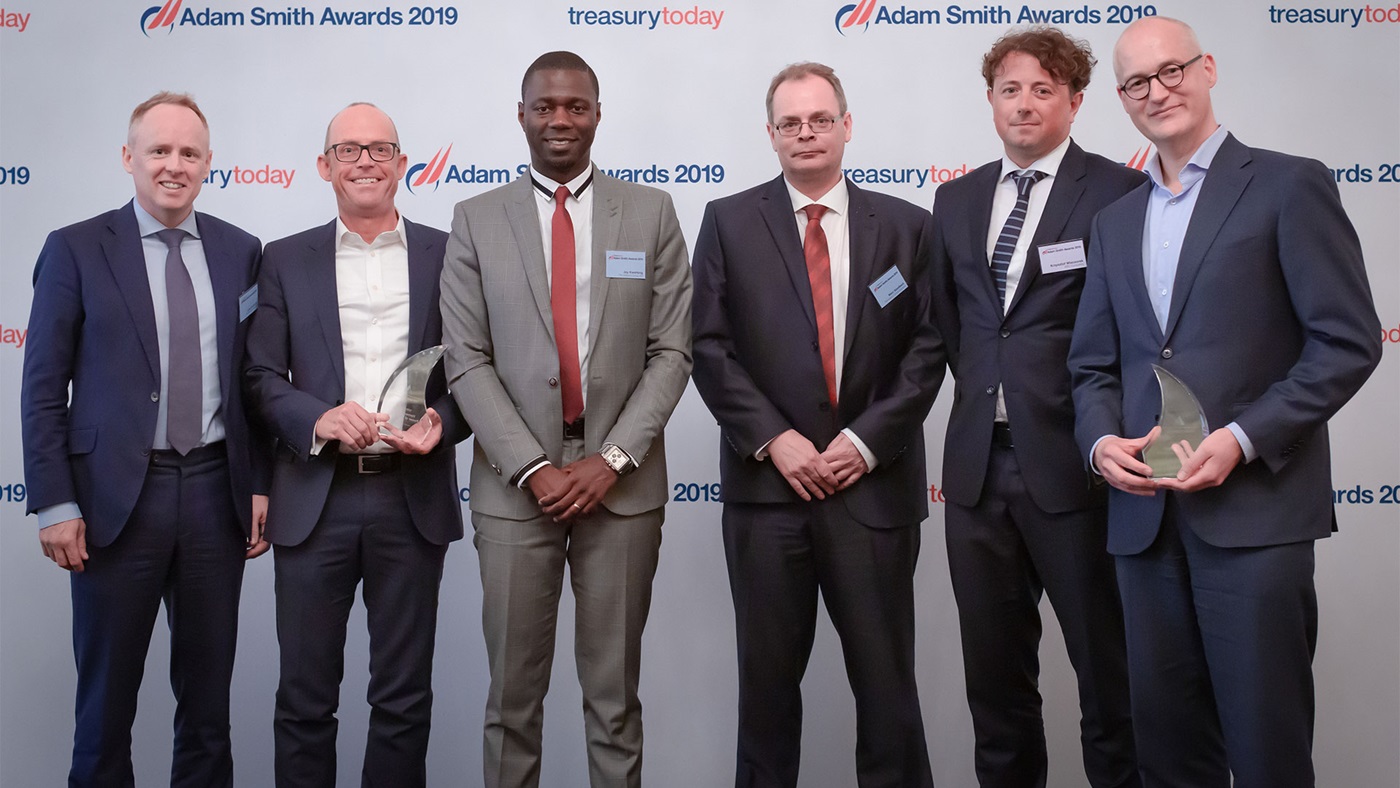
Adecco Group’s biggest and most important customer is its associates, the people that work across its global base. It is the responsibility of the treasury to ensure every associate is paid on time with the due amount. To this end the company holds more than 1,000 bank accounts in over 100 banks worldwide, supporting more than 700,000 permanent and temporary employees every day.
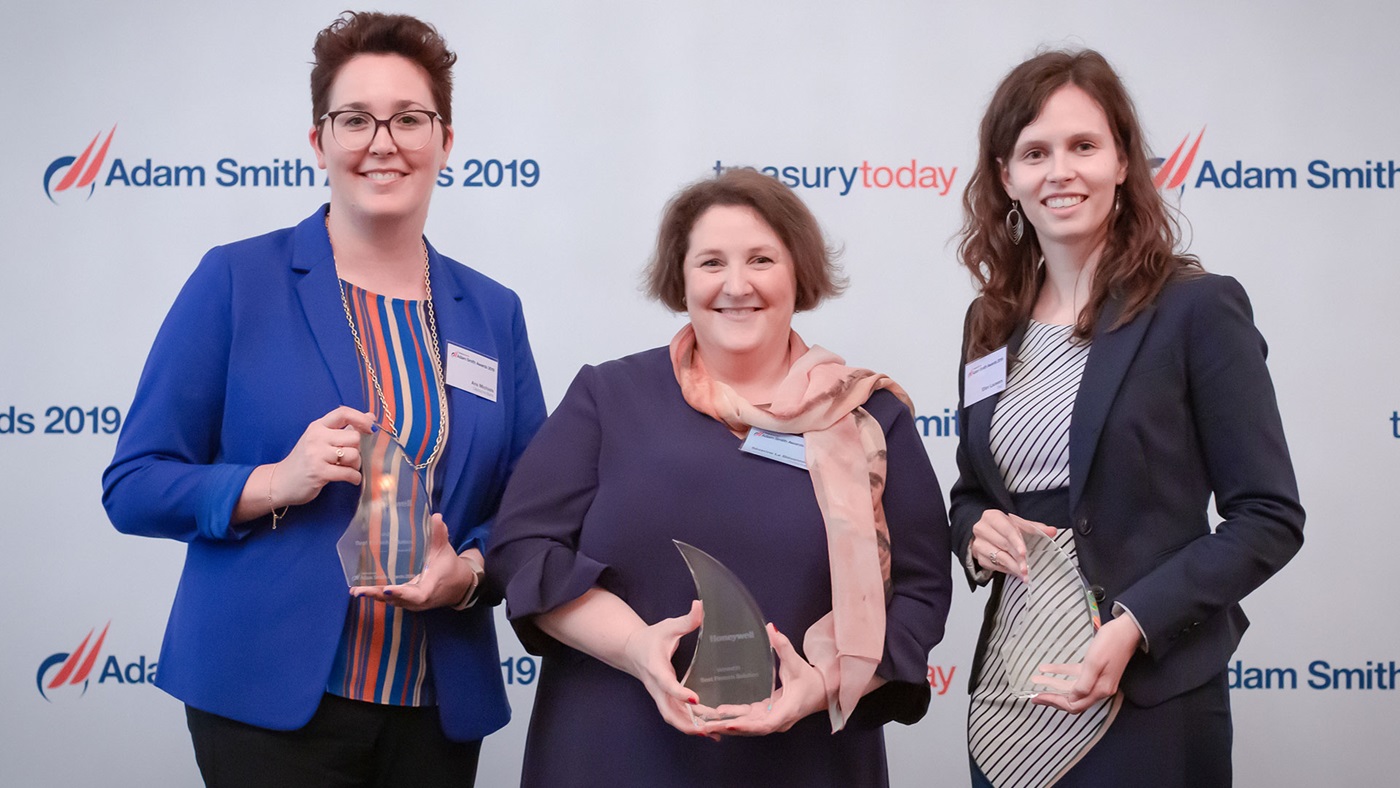
Honeywell treasury has leveraged technology over the years in order to achieve 100% daily cash visibility into Quantum treasury management system (TMS). This, together with 27 EMEA in-country cash pools and two cross-border cash pools, works very well for day-to-day cash management of the company’s 473 EMEA affiliates.
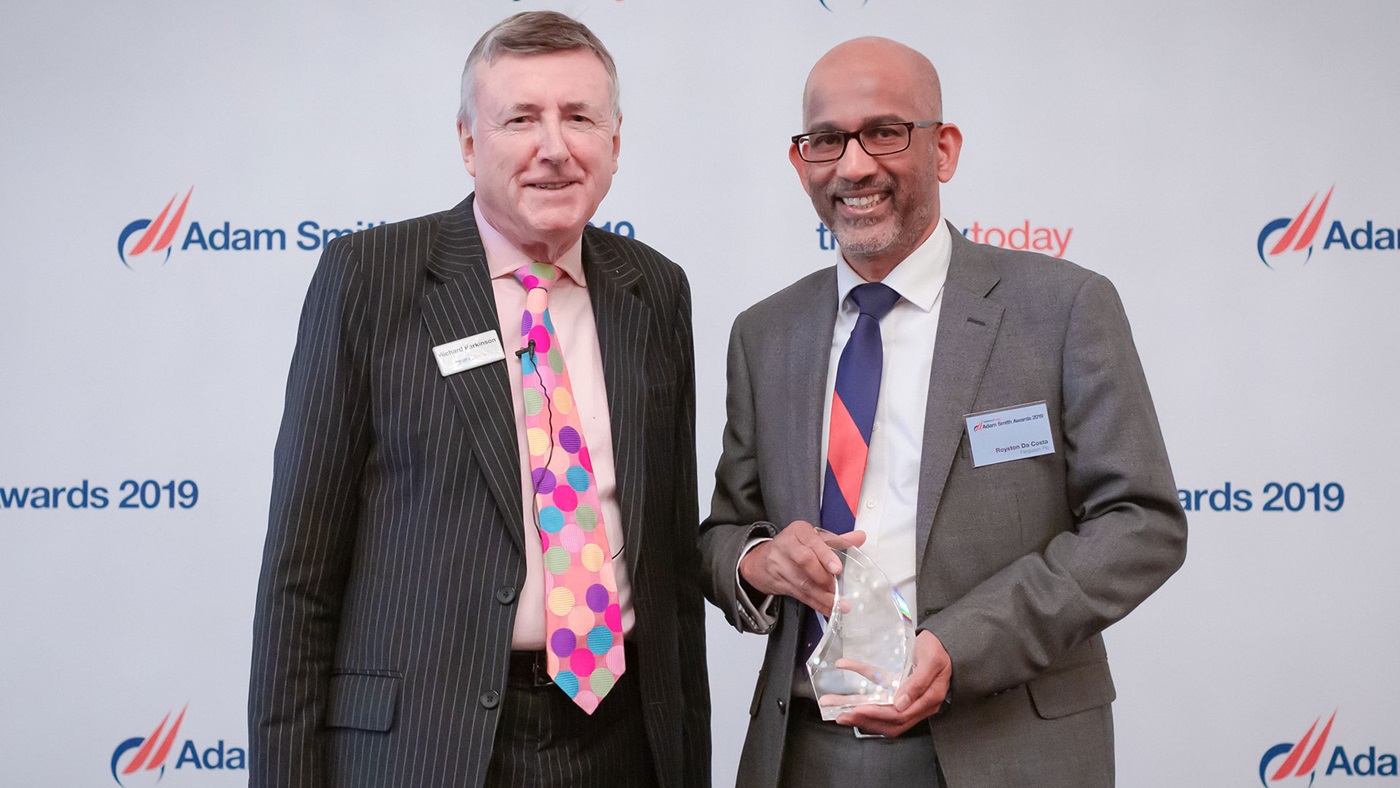
Ferguson has always placed security of its systems and IT infrastructure as one of its top priorities. “In fact, one of the four key drivers for our treasury technology, is security,” explains Royston Da Costa, Assistant Group Treasurer at Ferguson Group Services Limited.
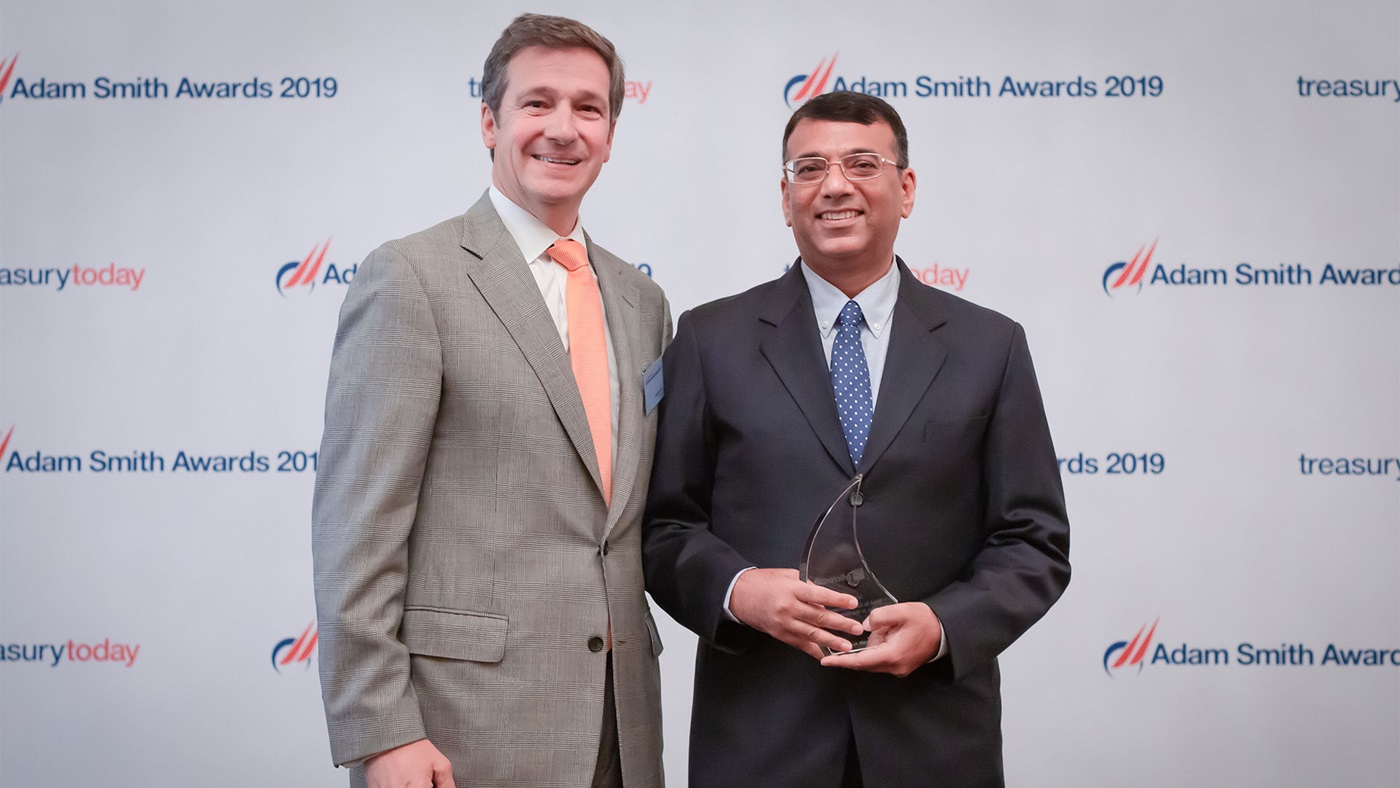
The benefits of digital transformation are realised over time and enterprise customers look for payment solutions for the investment that will meet the project payback period. While Microsoft typically offers terms of 30-60 days for software purchases, customers look for payment terms that can solve multi-year budget/cash flow requirements.
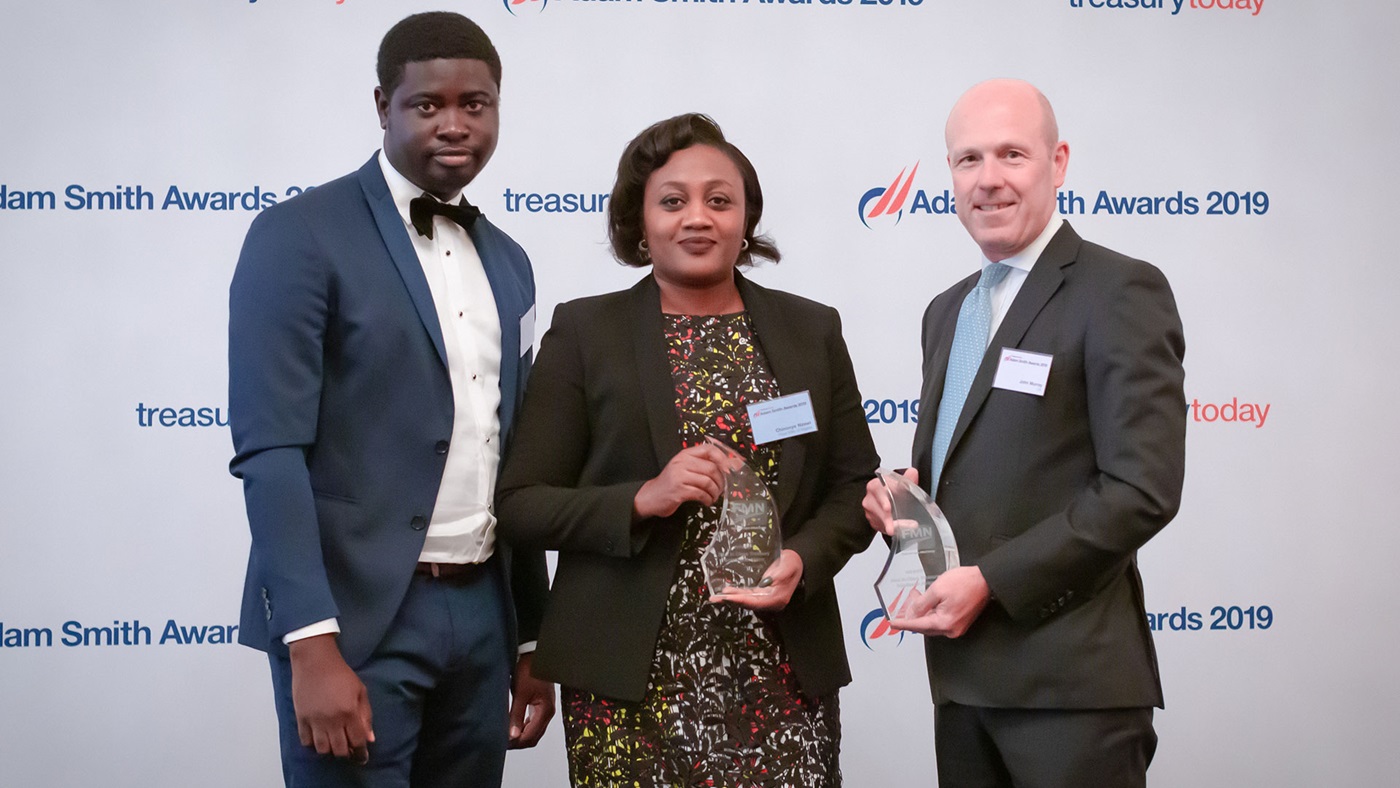
Before Flour Mills of Nigeria (FMN)’s adoption of CitiDirect BE – Citibank’s web-based banking platform – the company’s payment process was largely manual because the impact of the company’s use of two individual bank payment platforms on its treasury management processes was minimal and did very little to introduce any form of efficiency to the company’s process.
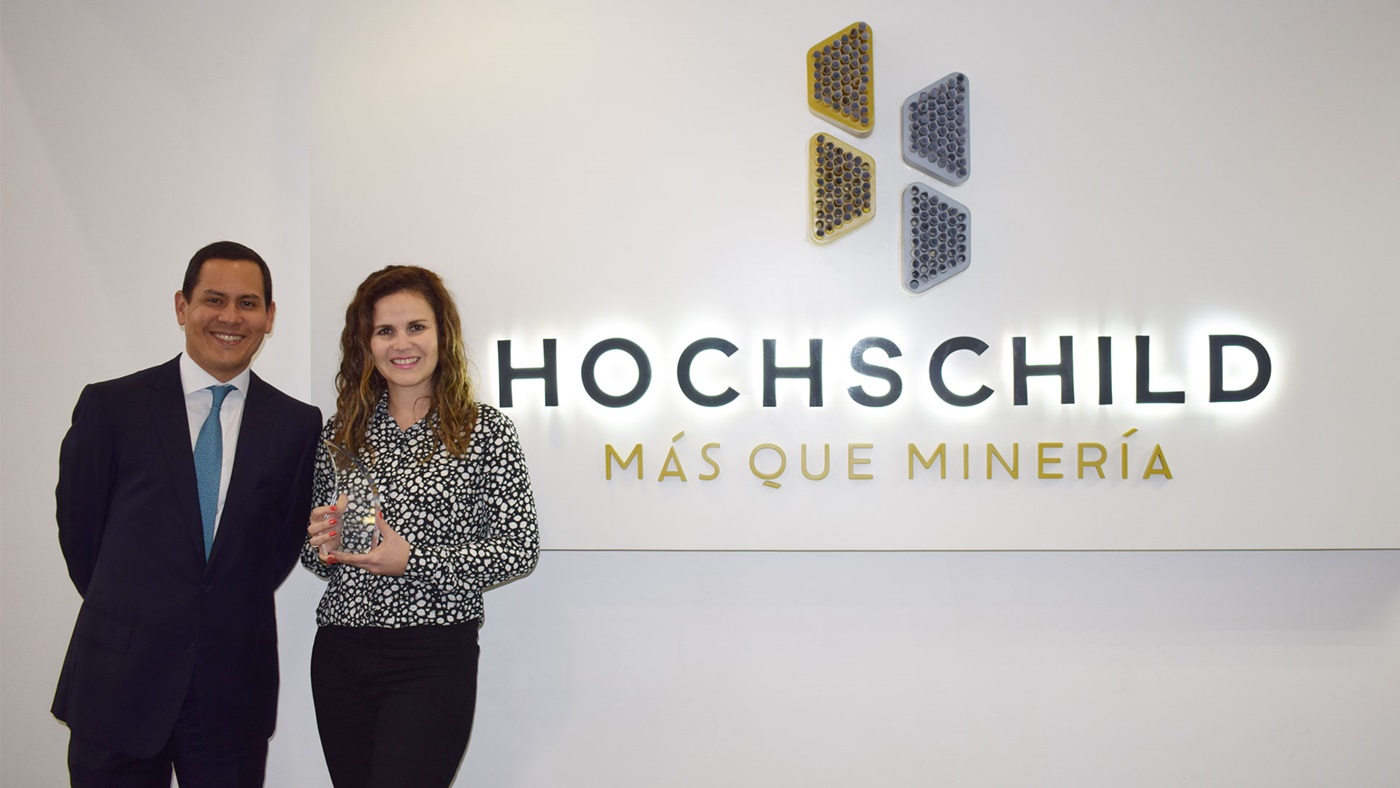
The company has a centralised treasury model with all subsidiaries’ treasury activities managed in Peru. The treasury team here comprises of four people, a challenge when managing 15 companies, 17 banks, 86 bank accounts and over 3,000 payments from multiple entities per month.
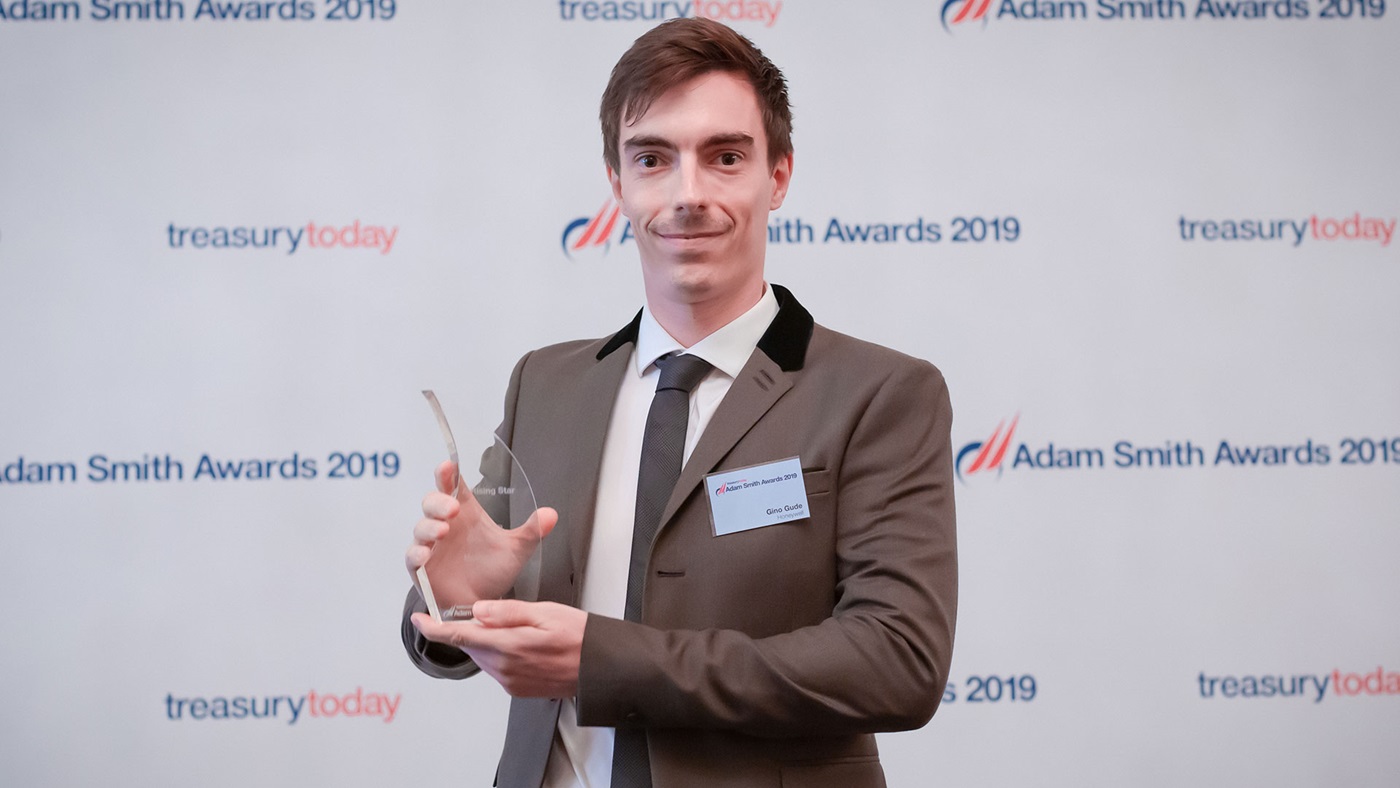
Gino Gude is an ambitious and driven treasury professional who has several years’ experience within treasury in a multinational company in a demanding environment. He is a technically minded, well rounded and confident individual with an enthusiasm for his trade which has rewarded him with an admirable career path that has seen his role and responsibilities increase rapidly.
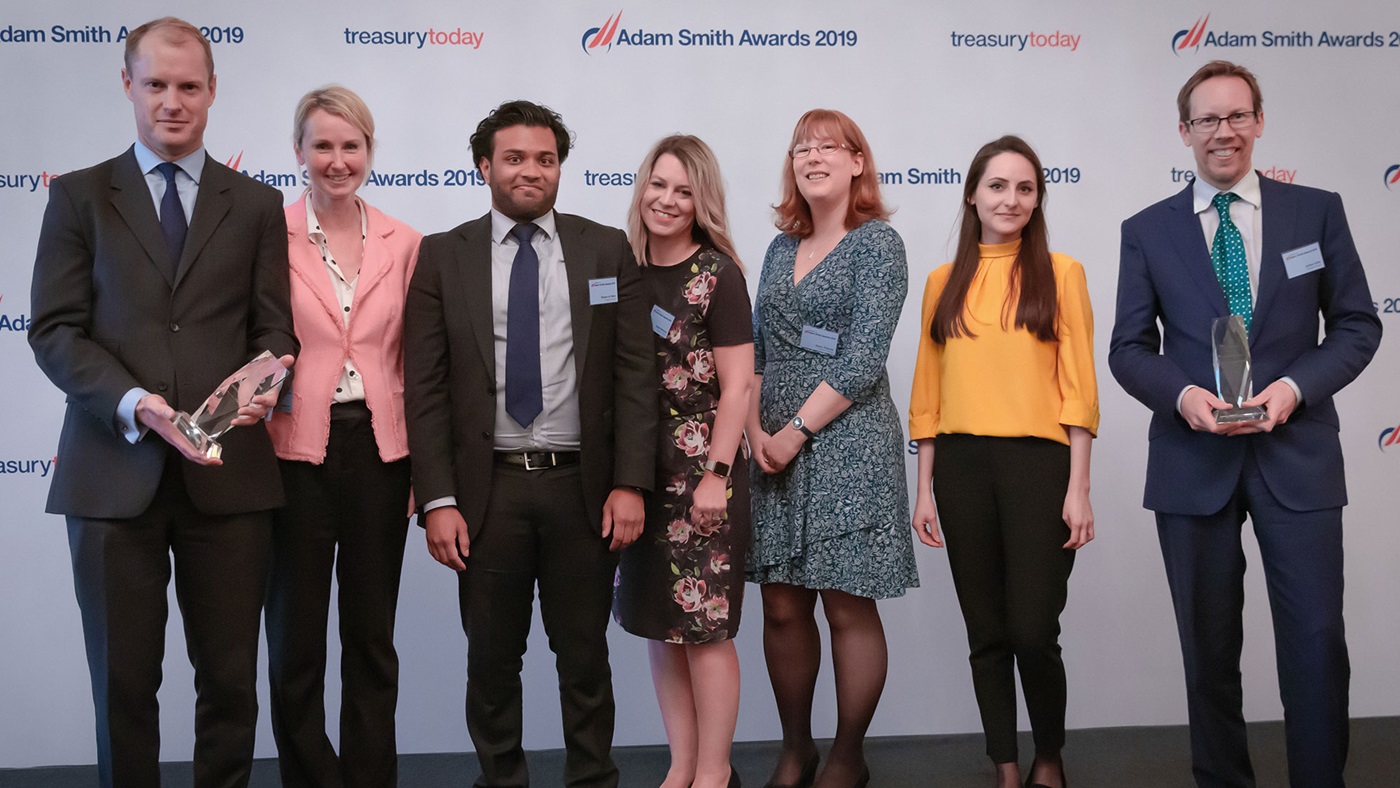
The scale of ambition displayed by the treasury team at Pearson is extraordinary. It has revolutionised its treasury platform over the past year, displaying an exceptionally bold approach.
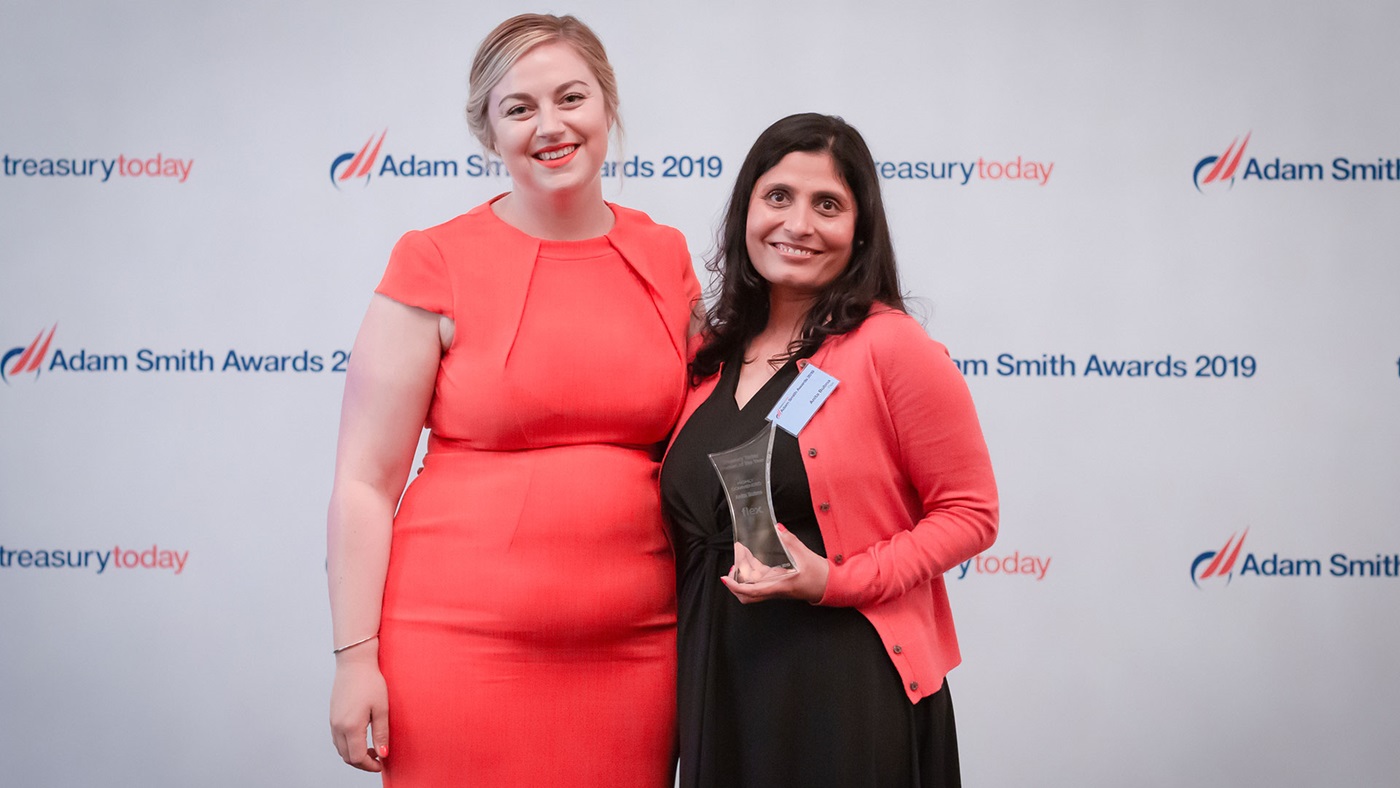
Anita Bubna is Senior Director of Treasury at Flex, a multinational technological manufacturer and a leader in hi-tech manufacturing supply chains. She has been with the company for eight years. A large part of her experience in treasury has been focused on global cash management and developing innovative global working capital solutions. In addition to her experience as a treasury professional, she has also held roles in software project management, FP&A, credit and operations finance.
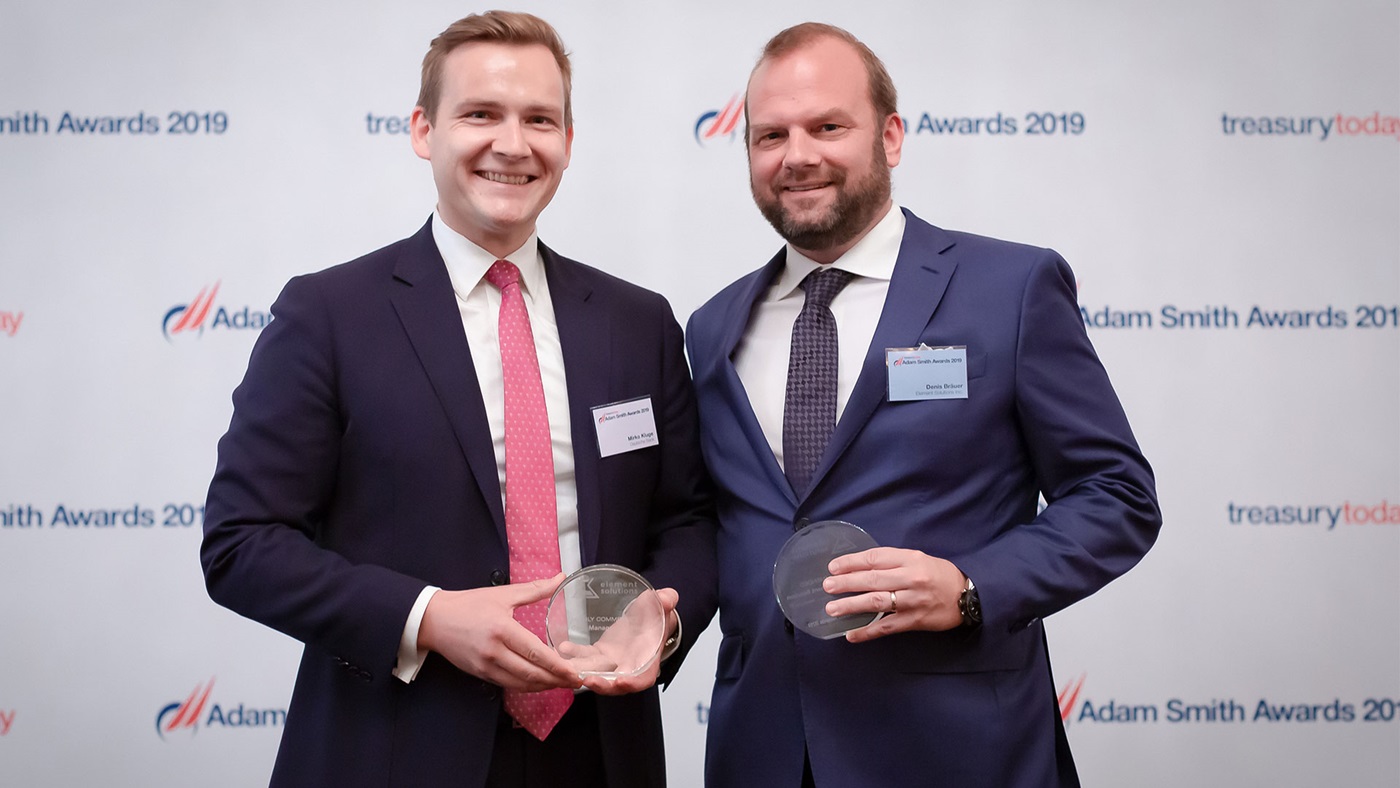
As part of its bid to strengthen its European presence and promote growth in the region, Element Solutions Inc. (ESI)/Platform Specialty Products (PSP) made a series of major acquisitions between 2013 and 2018, including Etec Crop Solutions in New Zealand (May 2018); OMG Malaysia (January 2016); Alent (December 2015); CAS (November 2014); and MacDermid (October 2013).
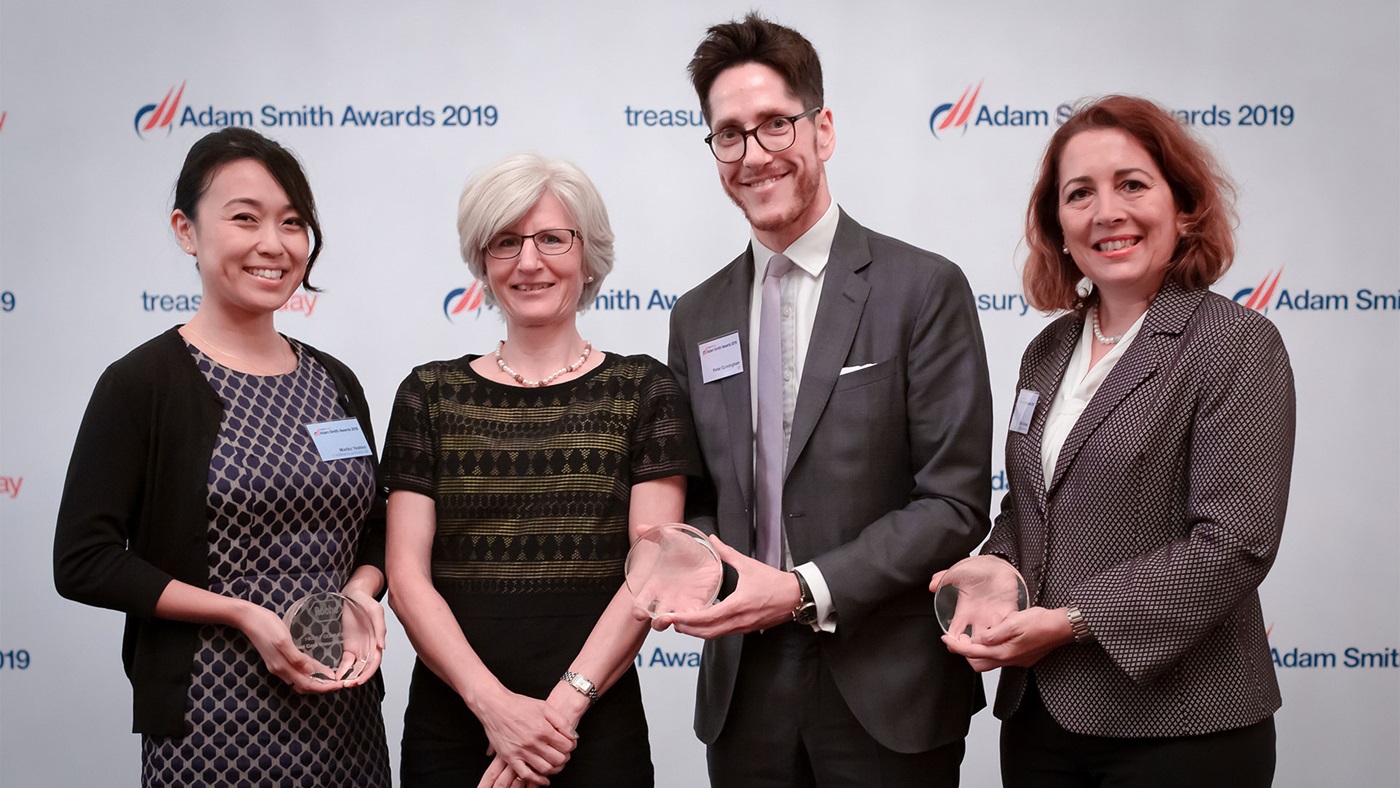

Increasingly, collaboration within the banking community has seen major players working together to help corporates achieve greater visibility over their payments, with cross border transactions presenting especially tough challenges, ranging from difficulties in checking the status of a payment to a lack of visibility over fees.
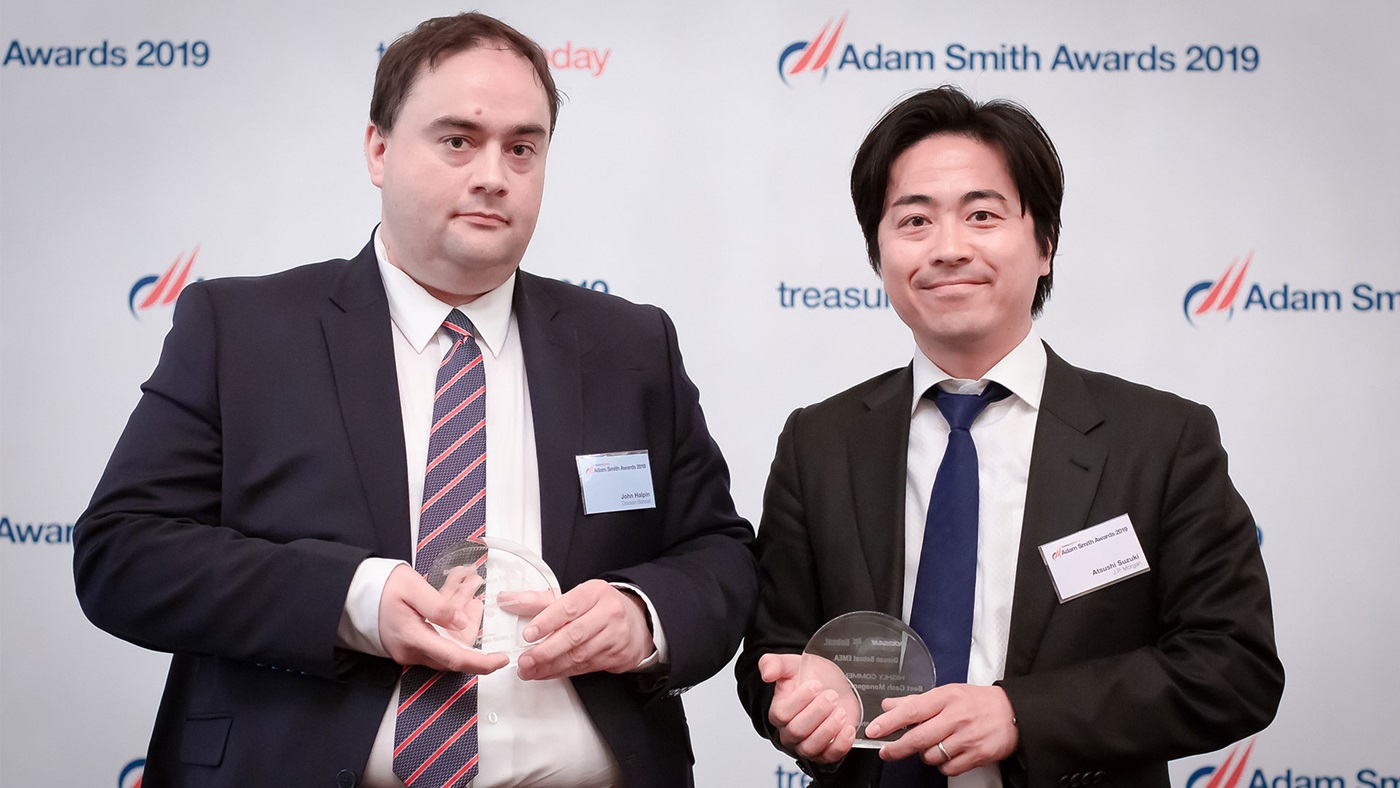
Doosan Bobcat’s continuing strong global growth led to its treasury team seeking to improve operating efficiency and reduce costs.

As part of the organisation’s commitment to continuous innovation, Goldcorp wanted to streamline its treasury operations. The company was using a complex set of integrated systems as well as spreadsheets and other manual processes to manage its treasury activities across locations in Vancouver, Barbados and Switzerland.
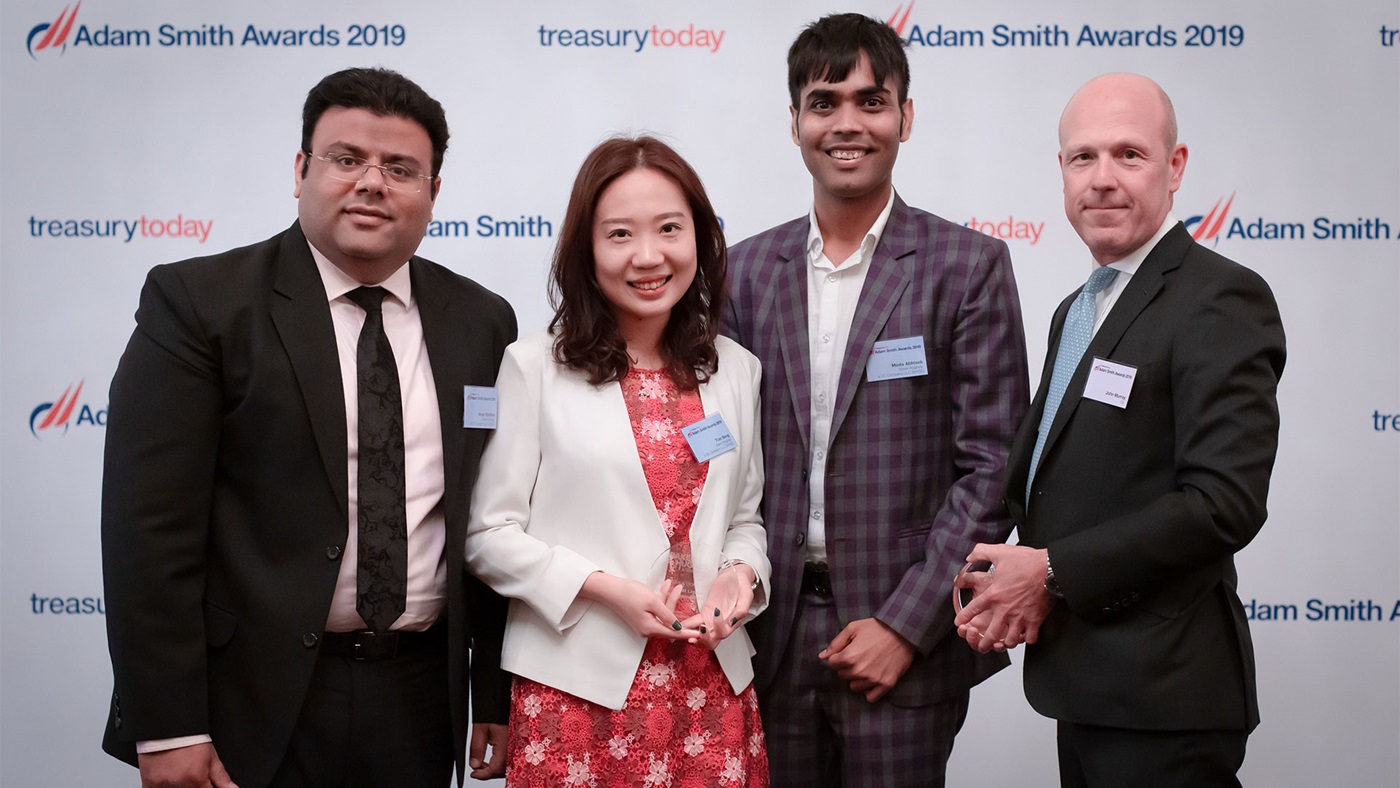
BHGE is the combination of GE Company’s Oil & Gas business and Baker Hughes Incorporated. The combined company had more than 25 bank relationships in Europe, with separate banks at country level providing cash and liquidity management for EUR, GBP, USD and the Nordic currencies, with cash pooling provided on a standalone bank basis.
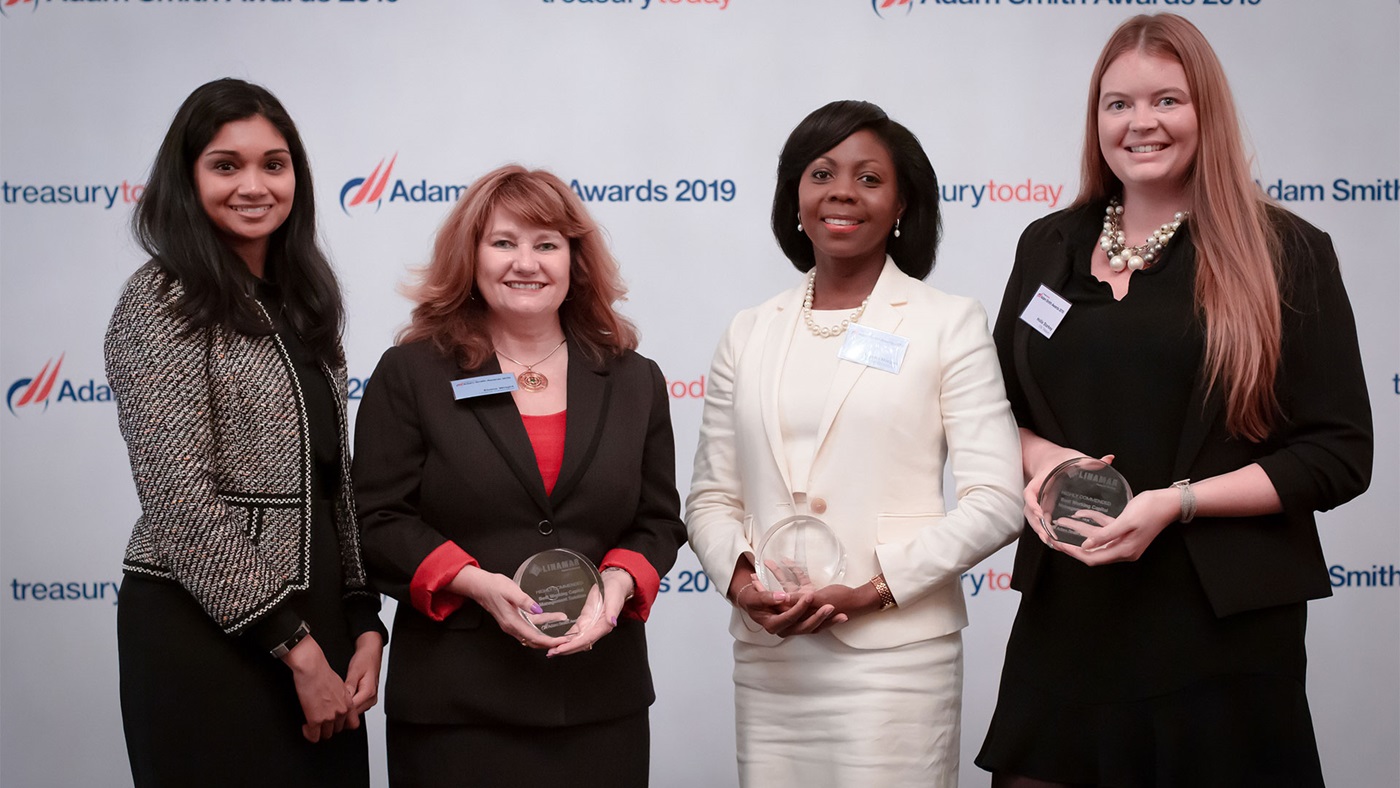
The company had multiple bank accounts which they wanted to rationalise, together with a legacy and quite disjointed treasury operation, required an overhaul. To compound the situation, the company, as part of it’s diversification strategy, had recently been involved in a billion dollar plus acquisition of an agricultural equipment manufacturing company – MacDon Industries.
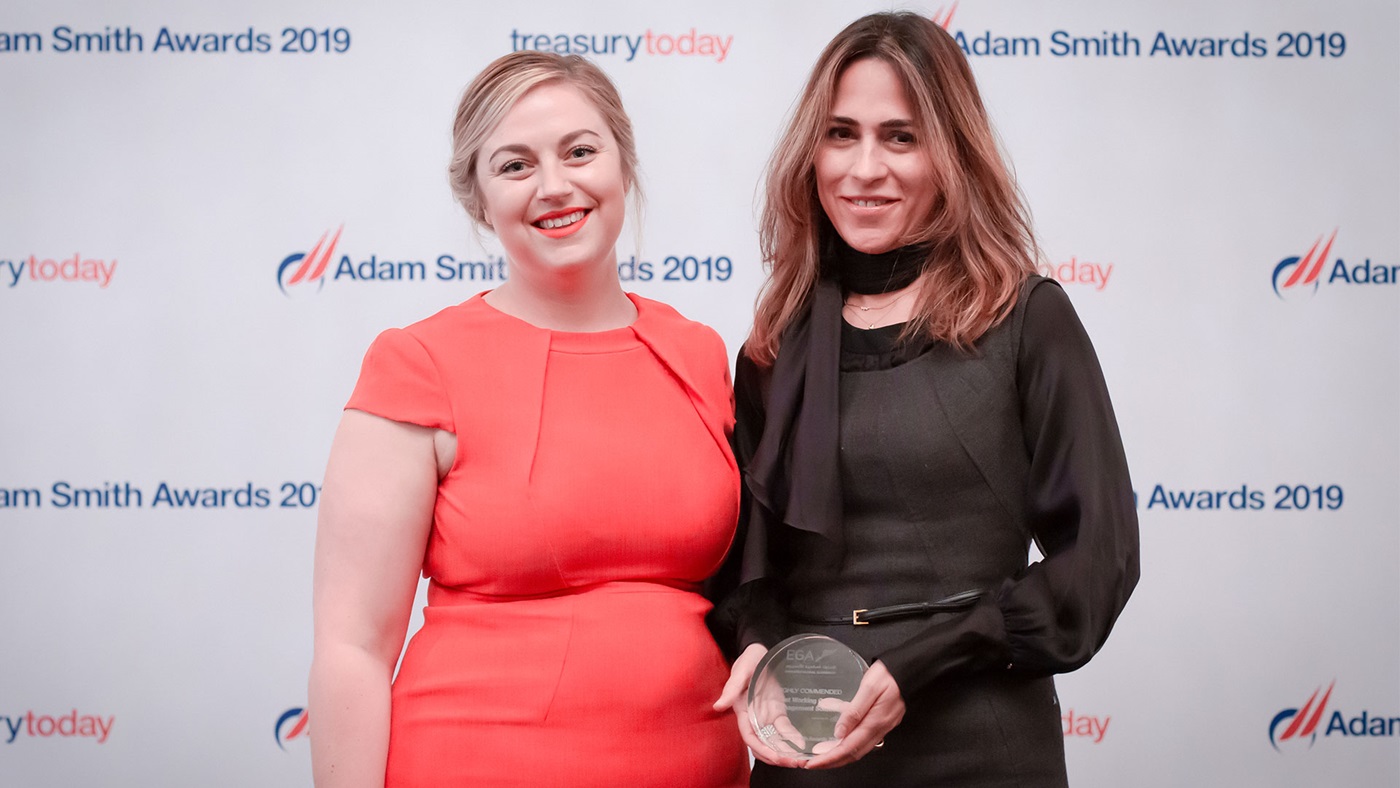
Emirates Global Aluminium (EGA) sought an off-balance sheet funding solution to meet its working capital requirements, driven by investments in new assets and a commitment to deliver returns to shareholders.
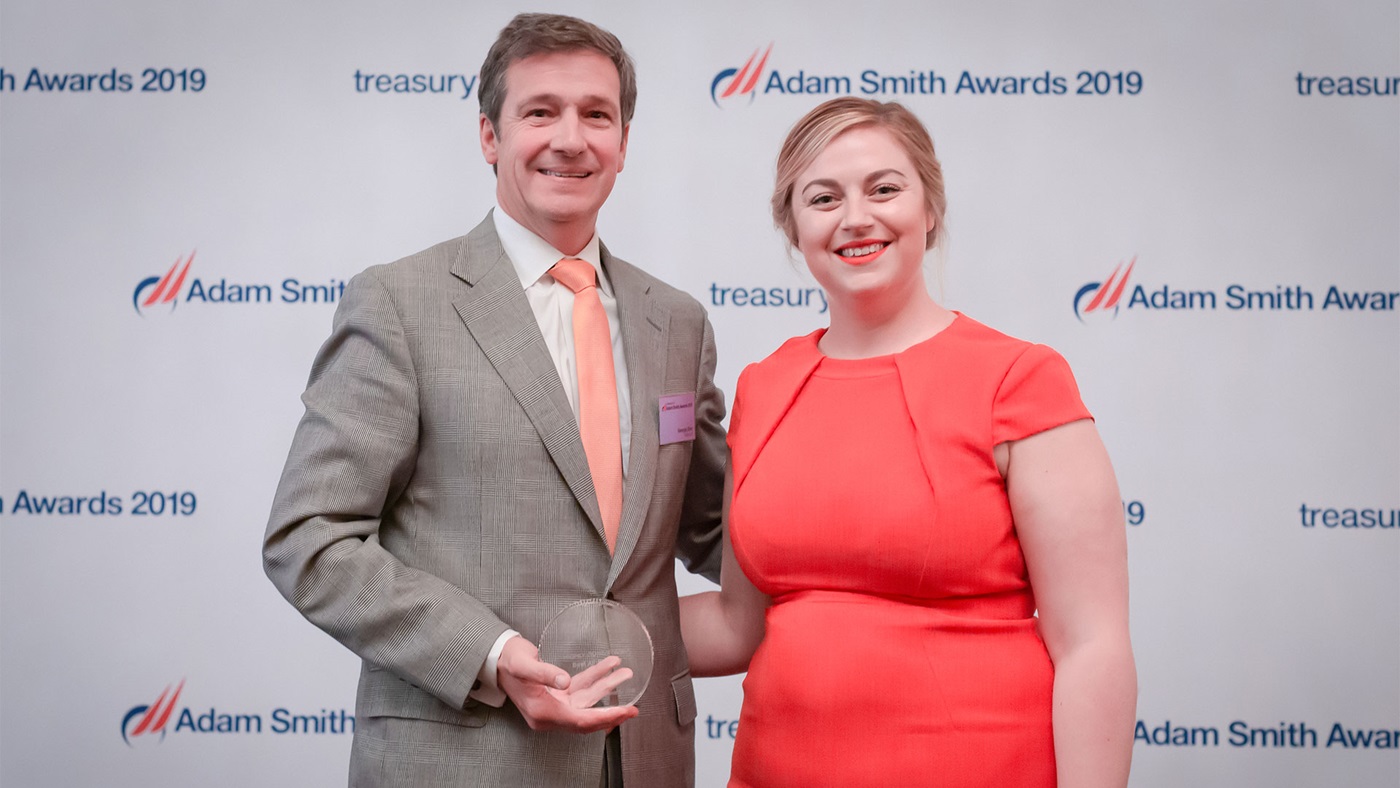
Microsoft runs a centralised treasury and leverages an in-house cash centre to facilitate the intercompany payments through a non-cash settlement process for more than 450 legal entities. Historically, several groups outside of treasury were responsible for settling an average of 35,000+ transactions with more than US$50bn in notional value for various types of intercompany flows; cost plus commissions, royalties, dividends and other types of AR/AP.
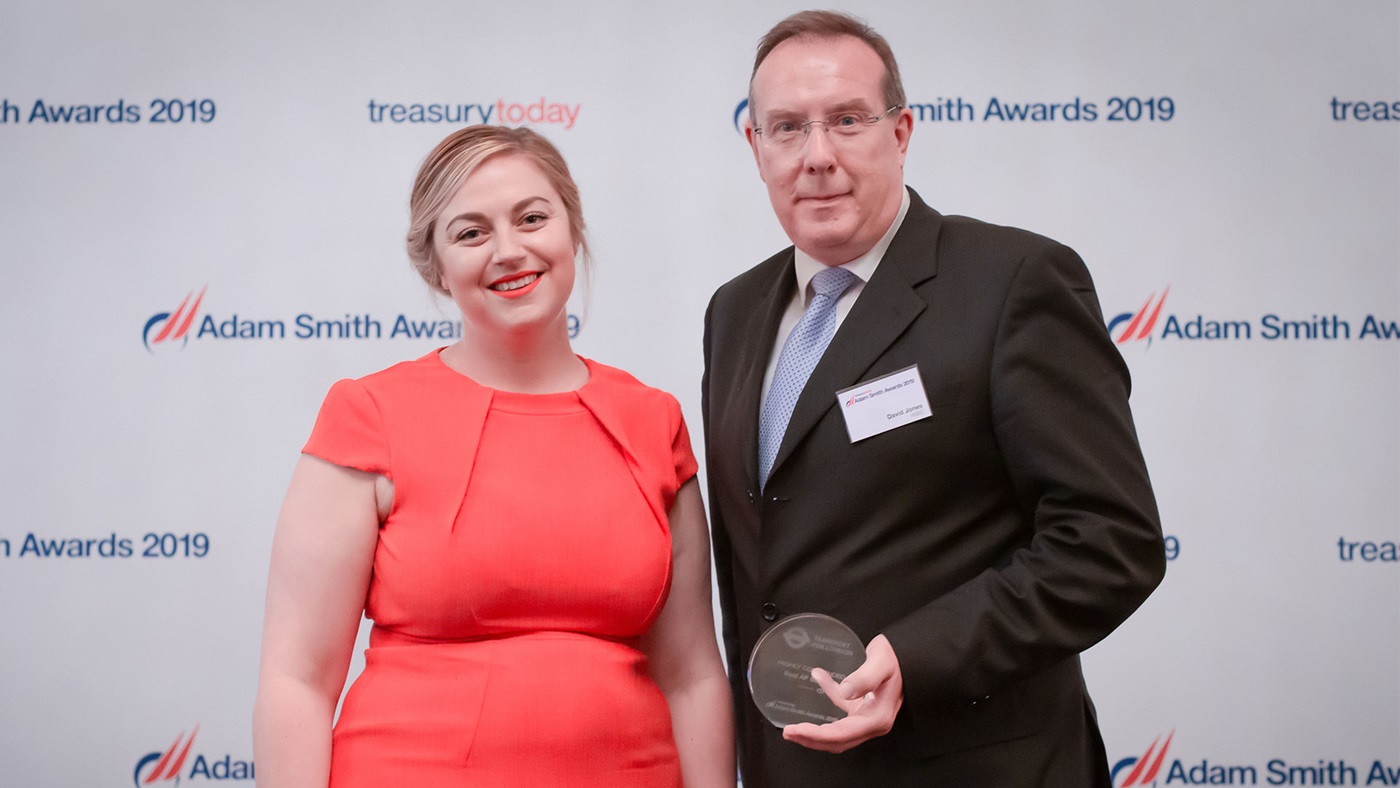
In 2003 Transport for London (TfL) introduced its Oyster card, an electronic smartcard that revolutionised the way people pay for public transportation including the underground, bus, rail, boat and cable car network in the city and surrounding neighbourhoods.
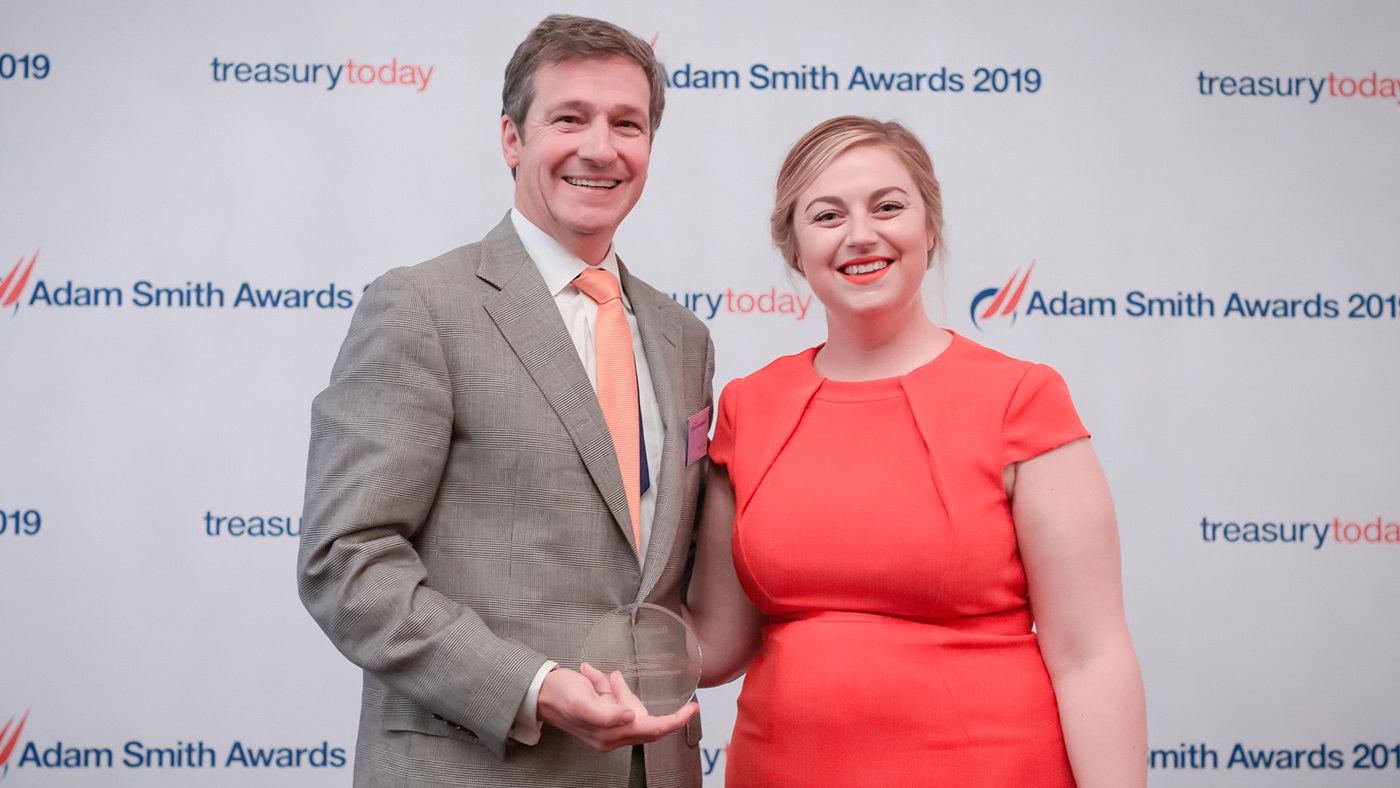
A request for proposal (RFP) was produced by Microsoft treasury to review custody services across all major providers – something that had not been done in over a decade. The objective of the RFP was to ensure that Microsoft has the best in class global custody services for operational excellence across a complex core of cash processing comprising trade settlement, income processing, corporate actions and collateral management.
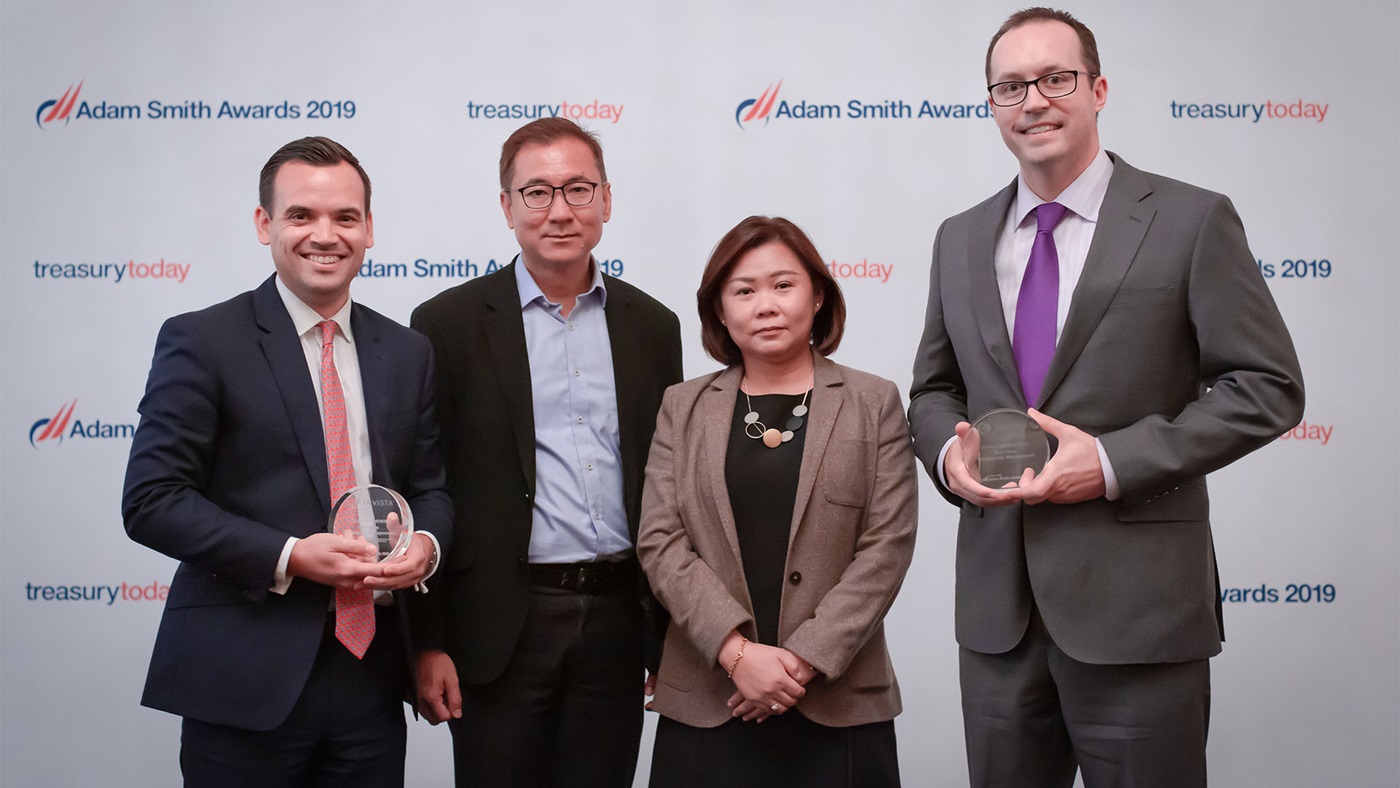
Since its acquisition by Koch Industries in 2004, Invista aimed to have a best in class treasury operation. It implemented notional pooling underpinned by physical cash concentration, as part of a wider business process re-engineering programme, backed by a rollout of SAP across the group.
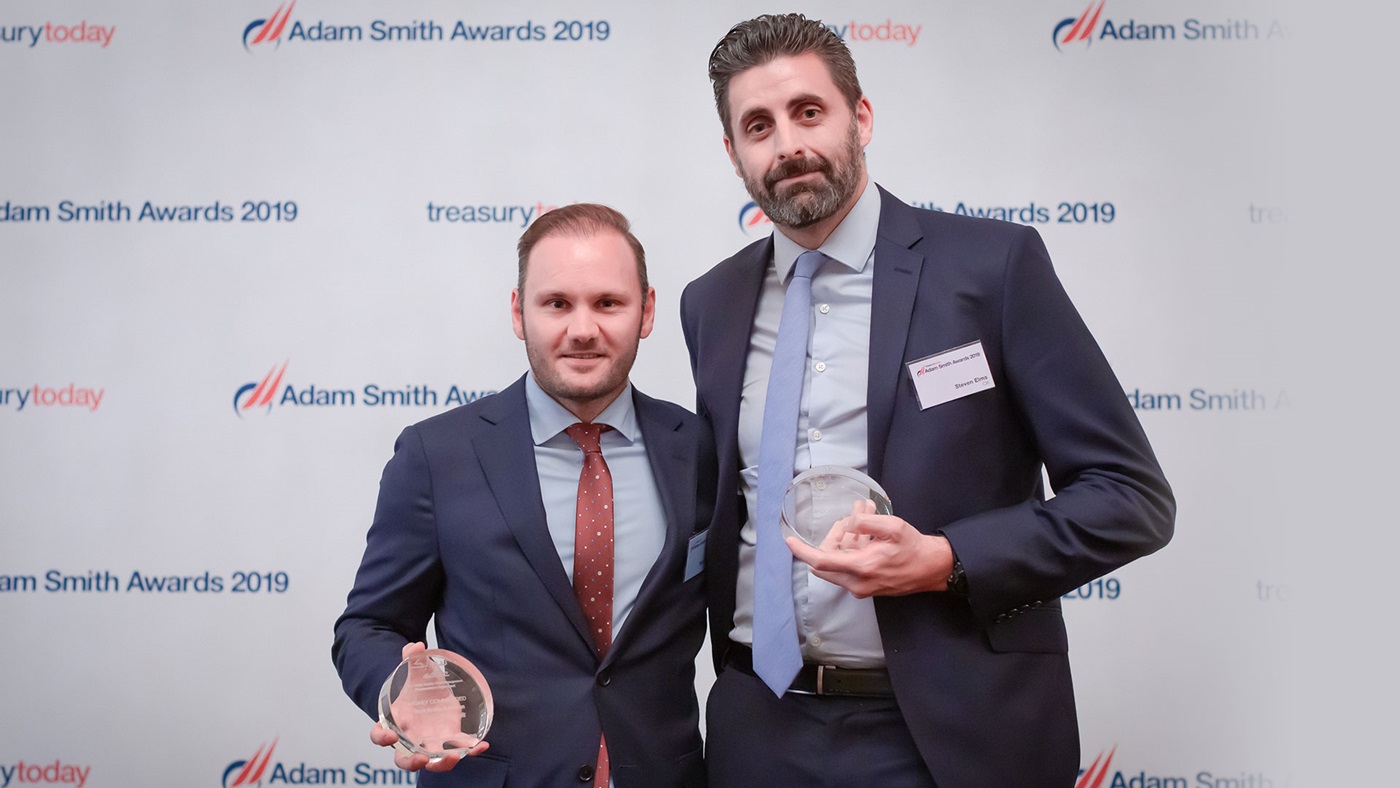
SABIC has 60 people involved in processing the documentation for more than 8,000 letters of credit (LCs) issued yearly. All of its processes were manual. It took up to four days to complete the documentation because of the back-and-forth coordination with banks dealing with the various discrepancies raised as a result of manual processing.
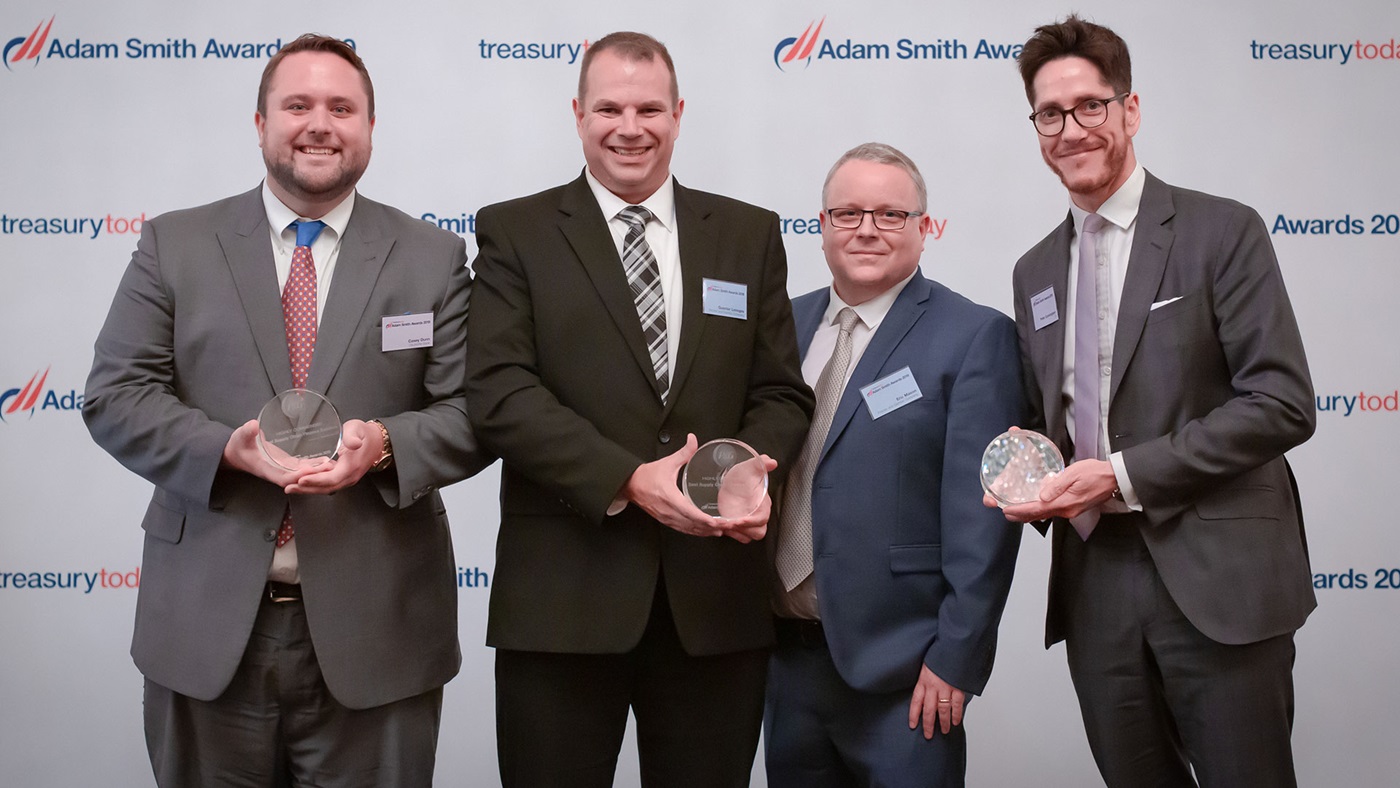

Procter & Gamble’s (P&G) treasury team recognised that free cash flow and productivity needed to be improved. External benchmarking of days payable outstanding (DPO) showed that P&G was lagging behind its peers, the company falling into the bottom quartile. The treasury team and purchasing organisation instituted new payment terms with suppliers, mindful that the programme should not result in increased cost of goods.
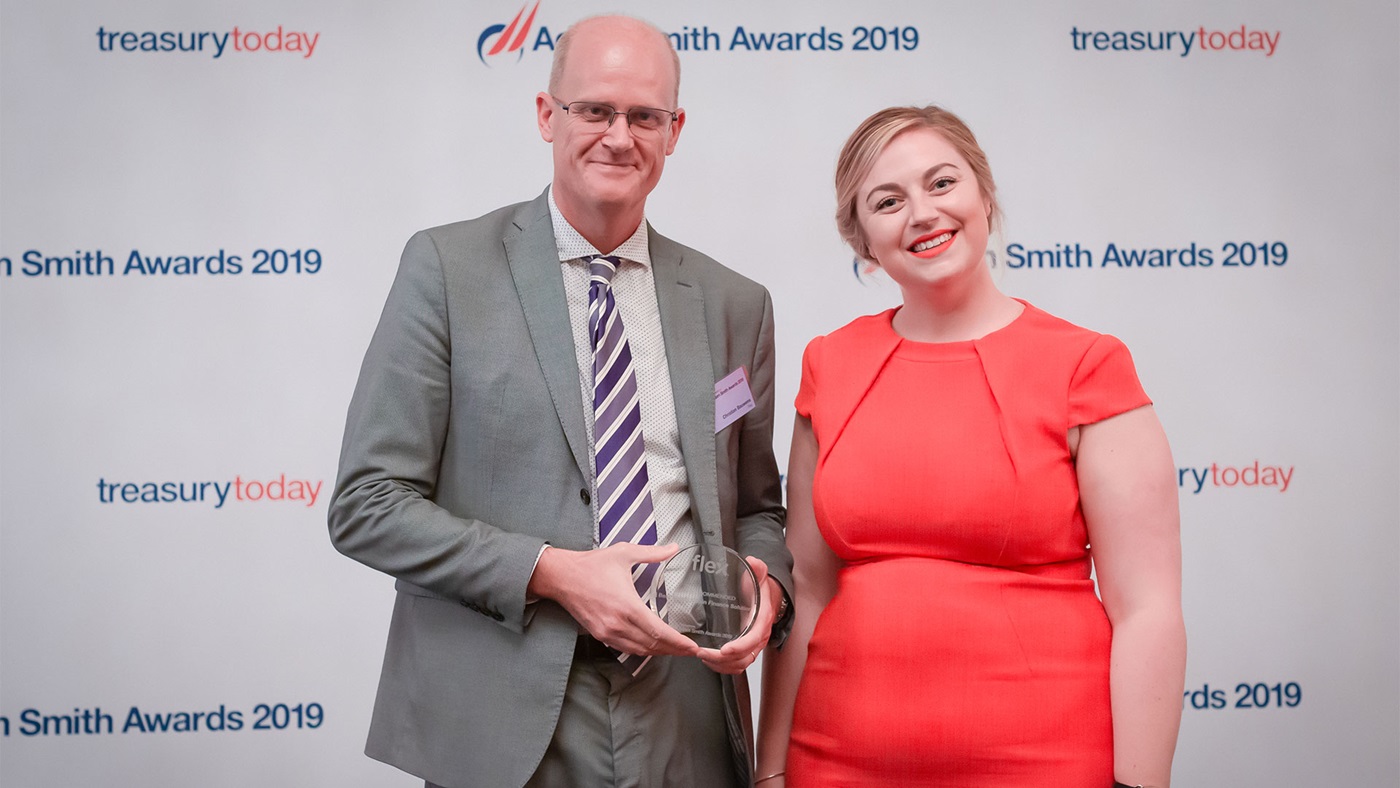
Keen to develop ways to support and grow business, treasury – which aims to digitise its trade payables and receivables using smart contracts – approached relationship bank, Standard Chartered Bank (SCB), to discuss potential approaches to working capital optimisation. The answer was supply chain finance (SCF).
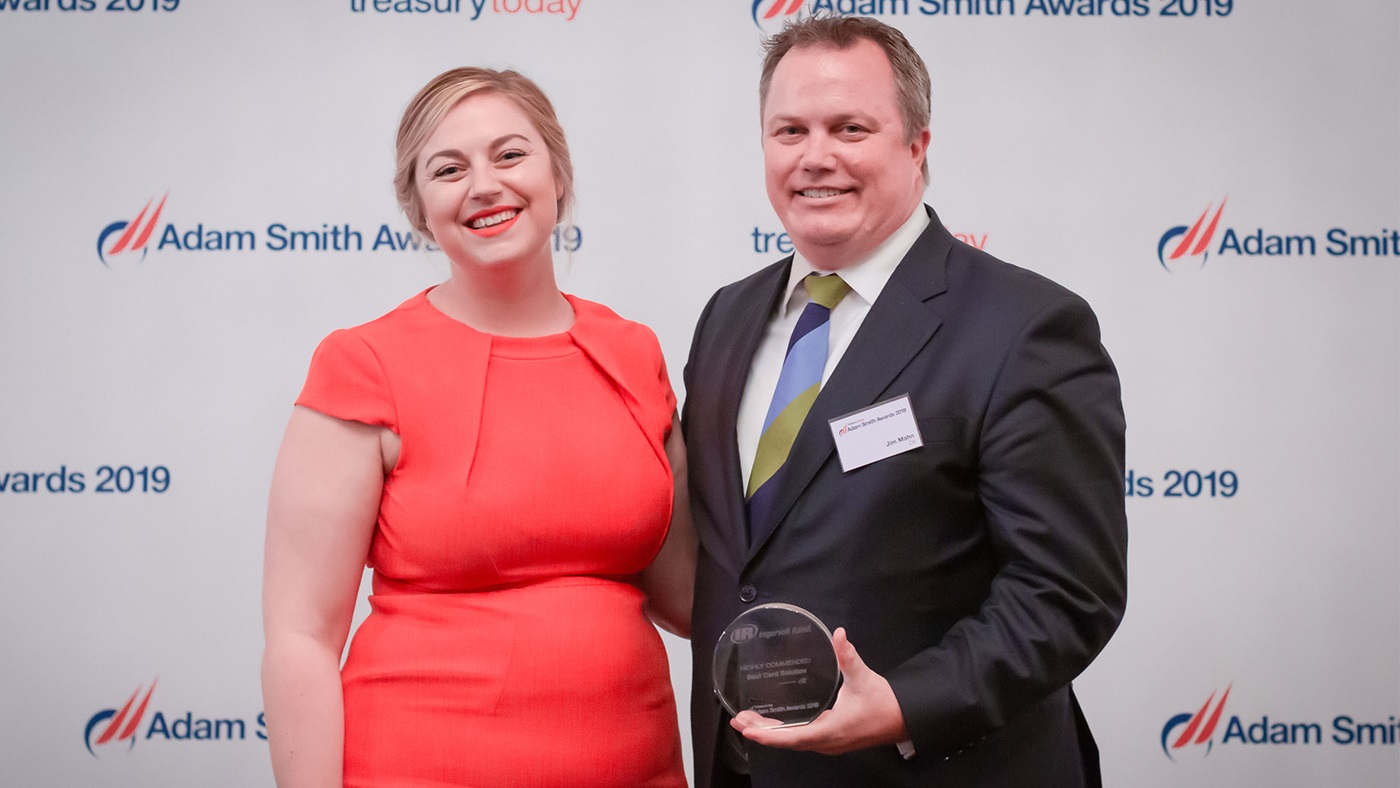
When Ingersoll Rand deployed a new ERP (Oracle R12) it decided to also revitalise its procure-to-pay (P2P) process. One of the identified focus areas were low-value purchases as there was room for efficiency improvement.
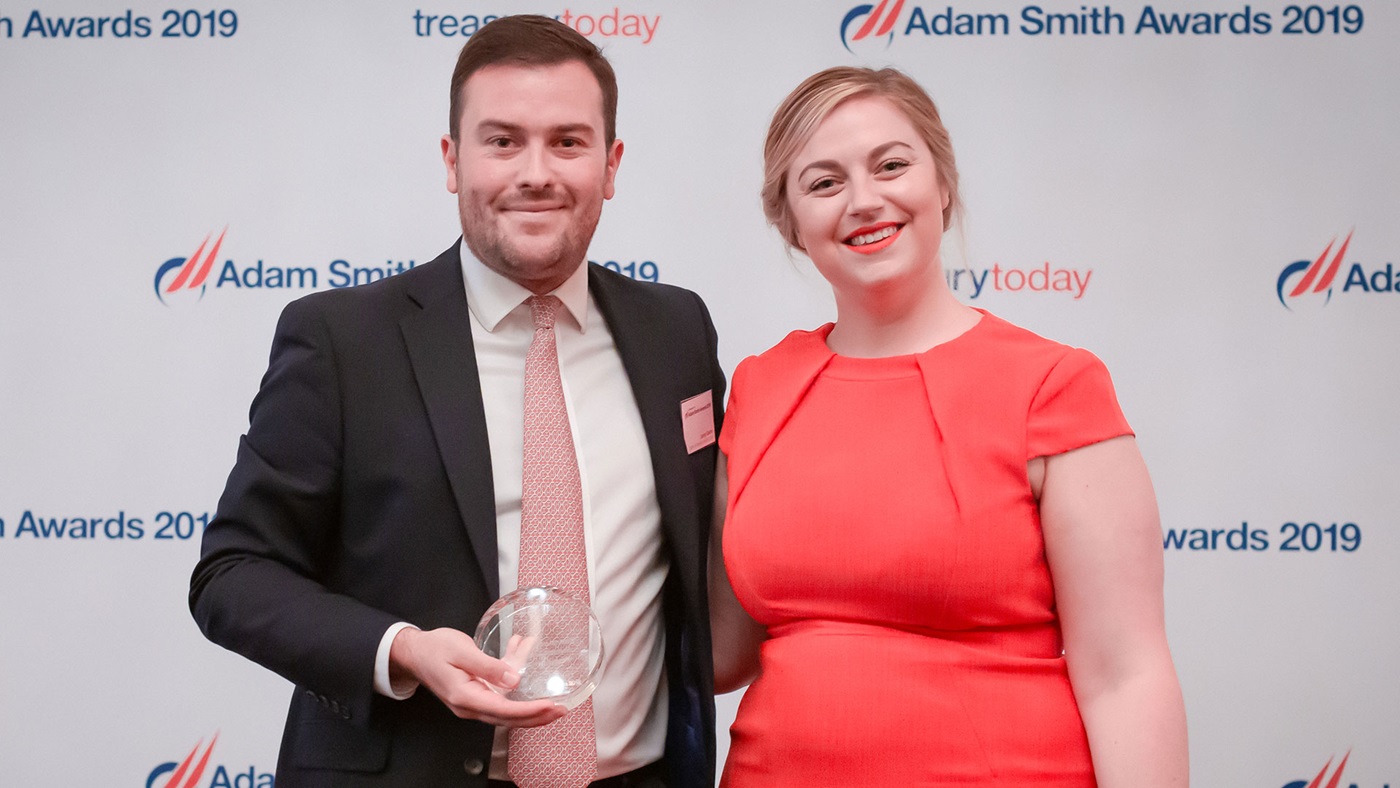

With three different card programmes being operated across two separate financial institutions, Tableau’s treasury team was responsible for managing a domestic programme for the US, as well as two international programmes out of local bank branches in Asia Pacific and EMEA.
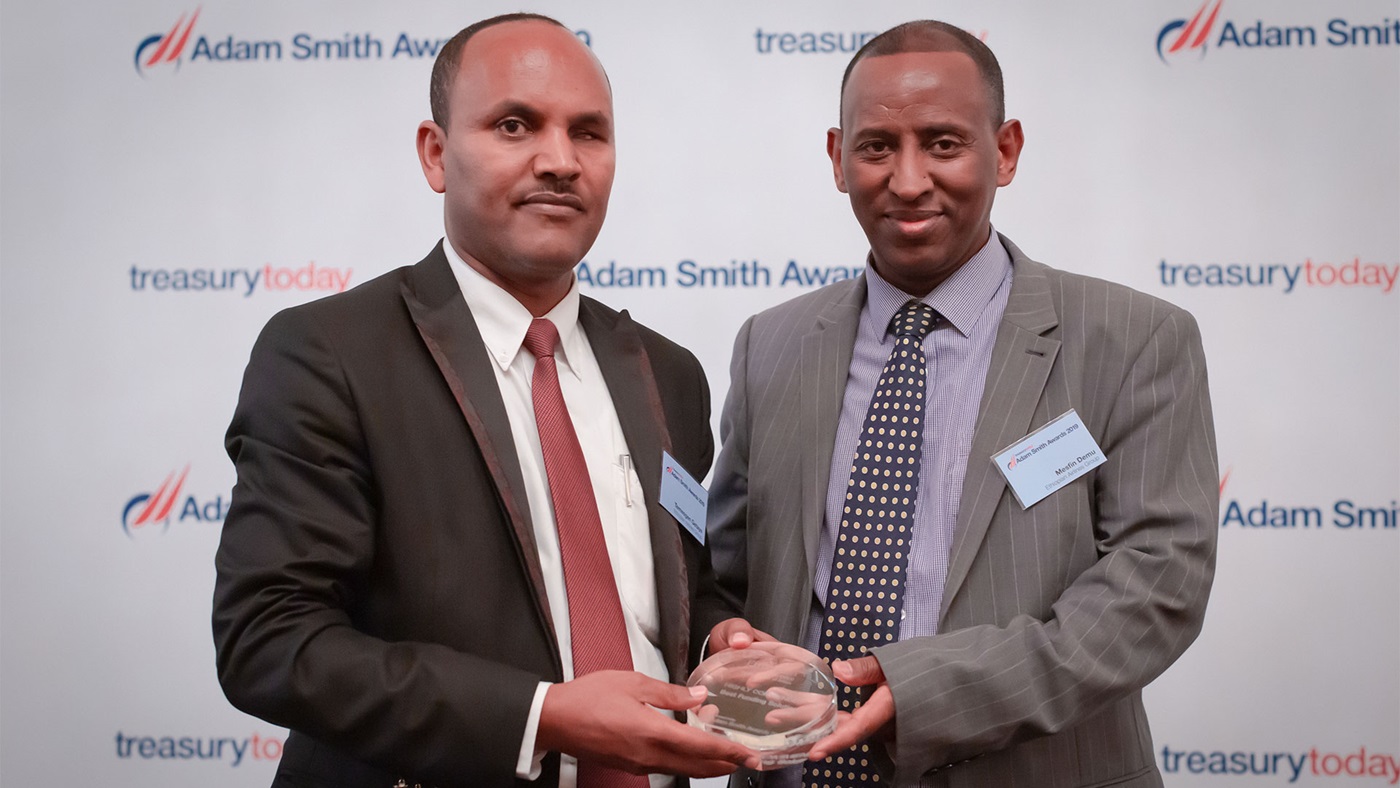
The airline had a large number of aircraft on order with Boeing and Airbus and most of these aircraft had been assumed to be acquired on finance lease terms. Unfortunately, the traditional and less costly financing options were proving unavailable for the airline. European export credit agency (ECA) backed financing structures were not supporting Airbus, due to problems identified with the manufacturer.
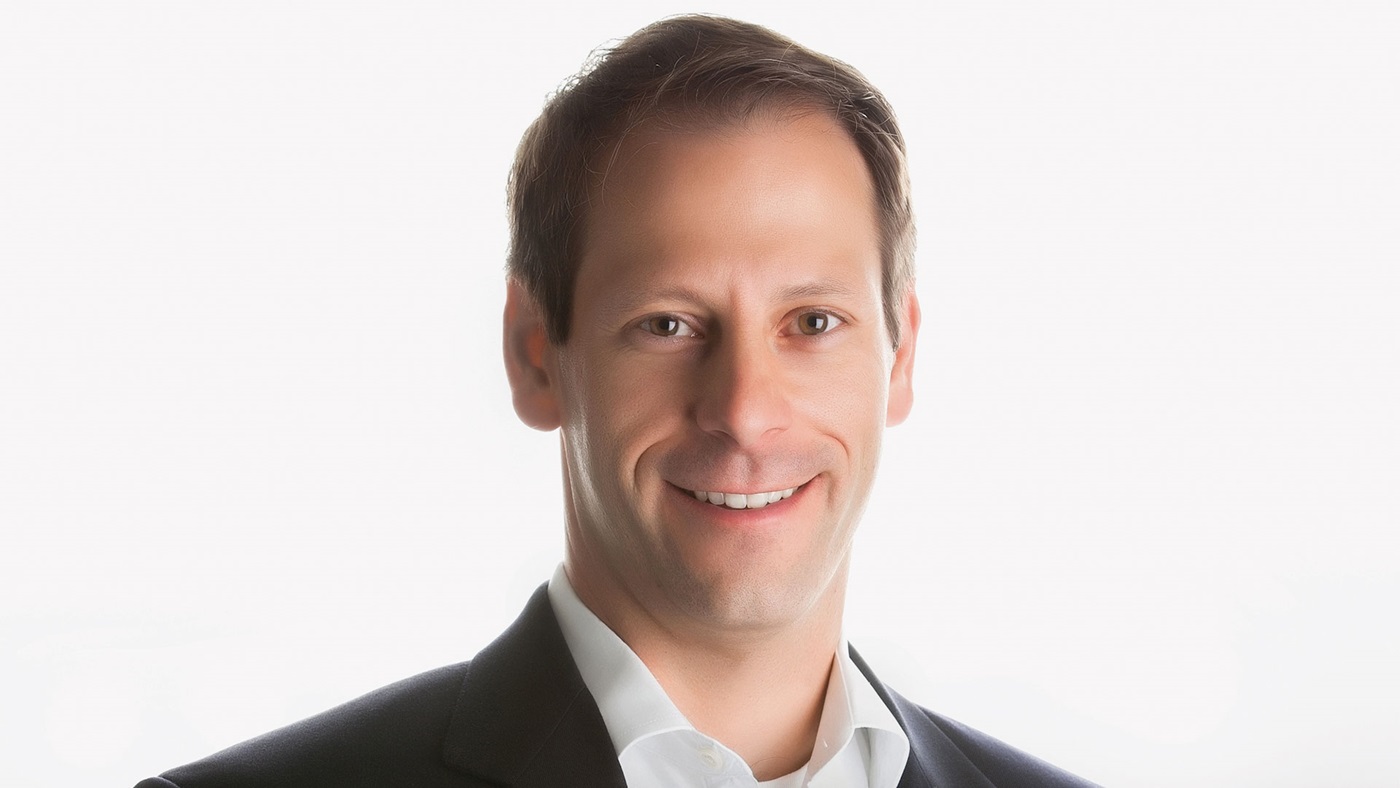
After almost a decade of rapid growth, Hyundai Capital America’s (HCA) balance sheet had expanded dramatically requiring significant reliance on debt, which had stretched the capital structure towards the upper limits of HCA’s internal target of 10-11x gross debt to equity leverage.
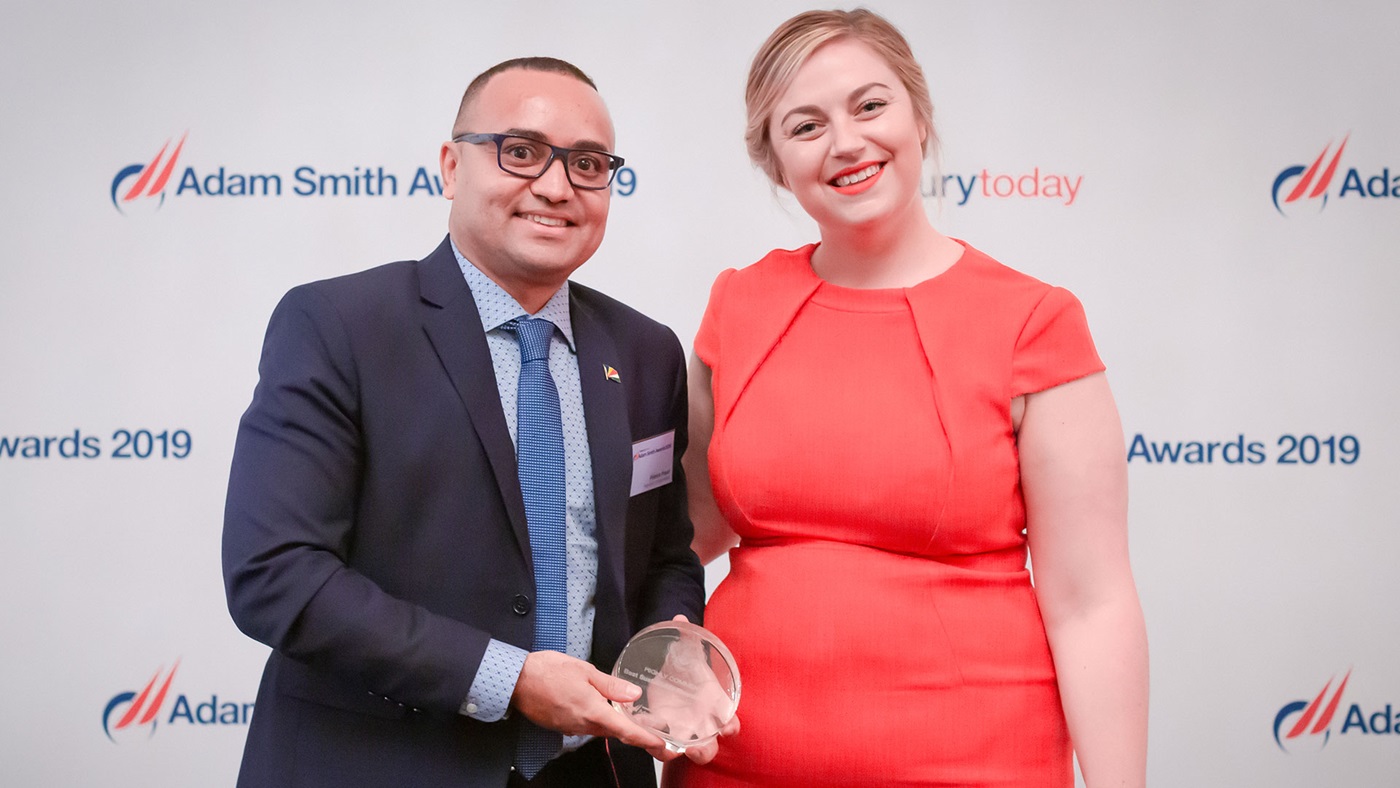

Environmental sustainability is a key objective for the Republic of Seychelles (‘Seychelles’) and it is committed to supporting the development of a sustainable marine economy. To finance this, it was seeking to issue a flagship transaction that reflected its social and environment responsibilities, whilst achieving competitive pricing.
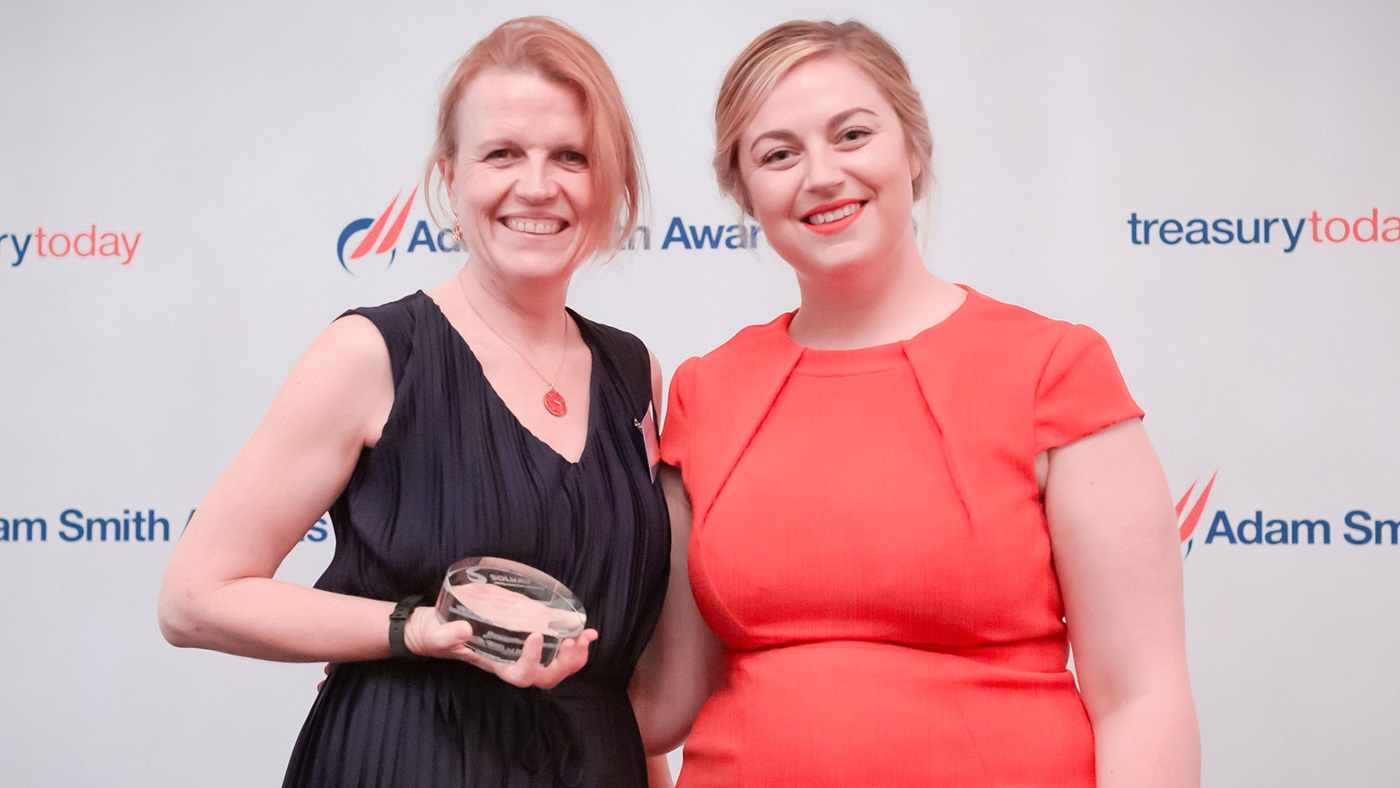
In September 2018 the company announced a commitment to cut greenhouse gases from its own operations by one million tonnes by 2025 relative to 2017 levels, thereby decoupling for the first time its new targets from its earnings growth. The Group intends to achieve this reduction by further improving energy efficiency, energy mix and by investing in clean technologies.
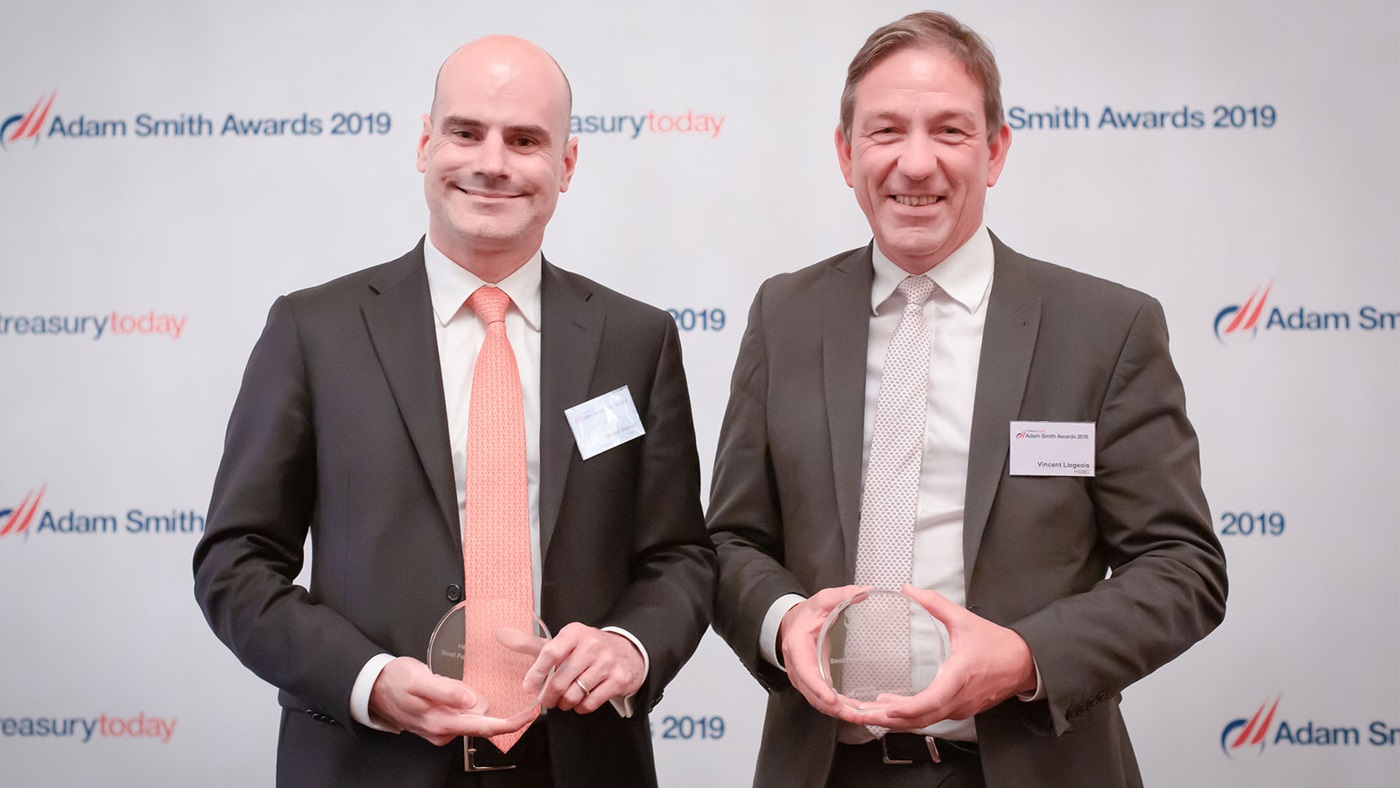
The FX centralisation project was launched by corporate treasury early in Q218 with the aim to extend the group’s in-house bank (IHB) FX risk management best practices to the worldwide group treasury scope, namely the Latin American and Asia Pacific regions.
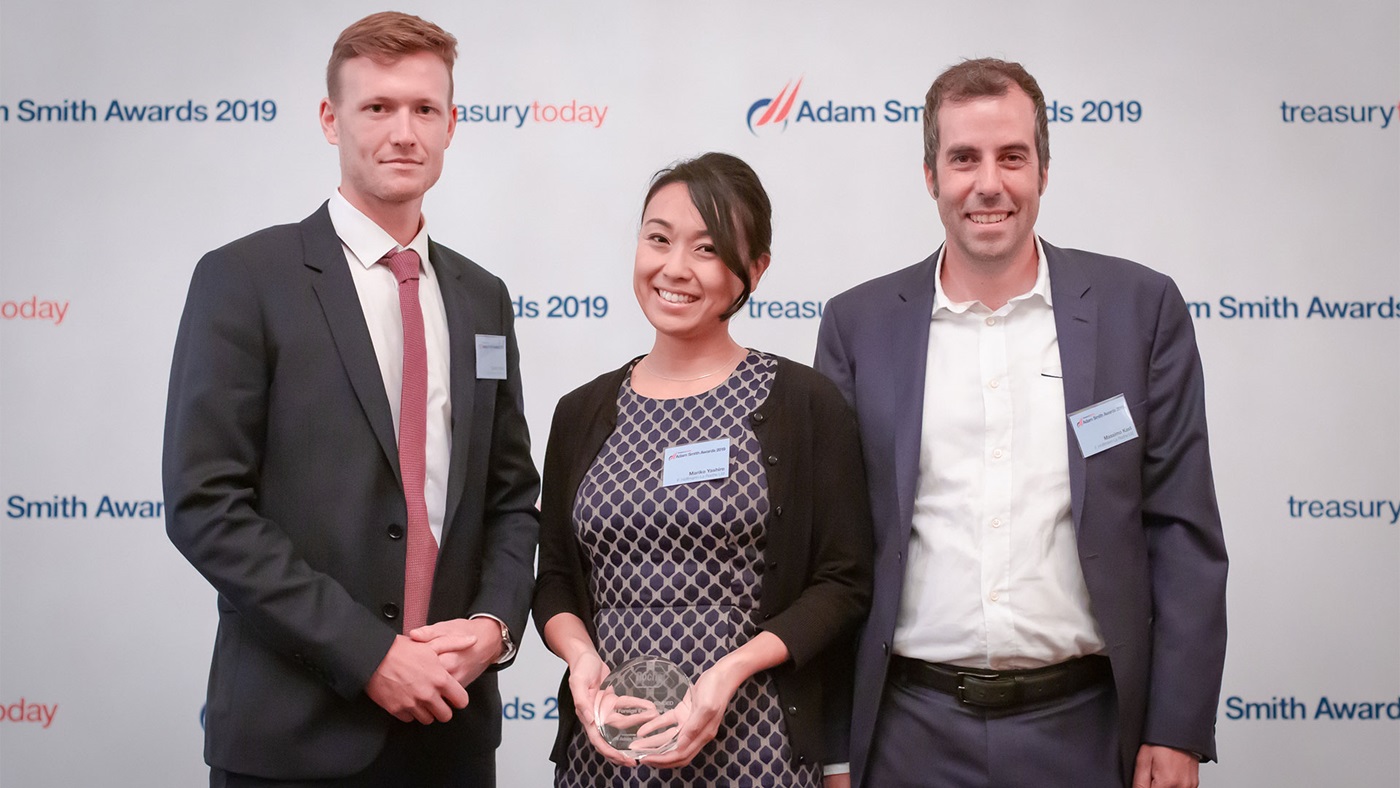

Roche’s foreign exchange (FX) transactions were settled individually with banks. In this conventional settlement the exchange of the two currencies involved in the trade was not synchronous. There was a risk that Roche would transfer irrevocably the currency it had sold without receiving from the counterparty the currency it had bought, thereby introducing settlement risk.
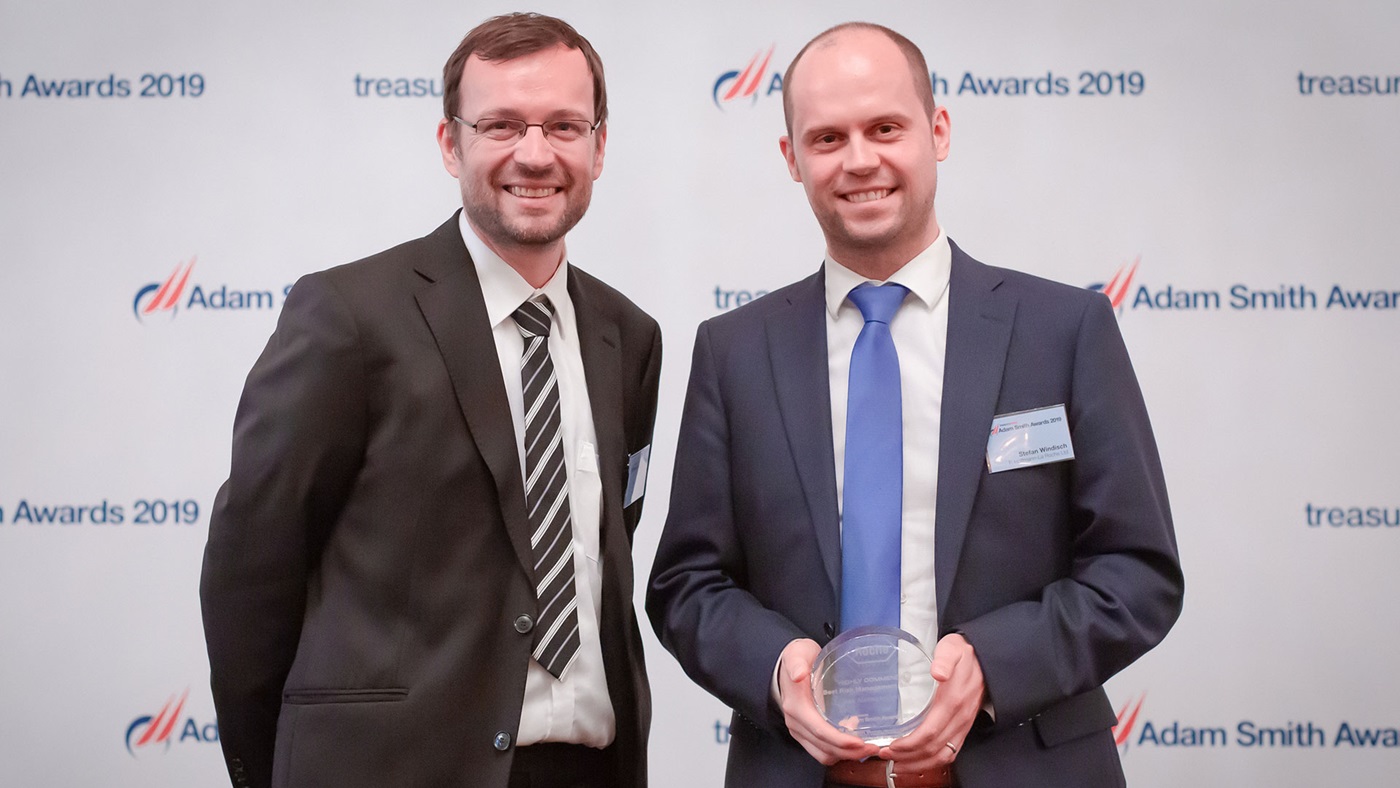

Although straight through and ERP integrated payment processing are established at Roche, many manual payments still need executing. The group’s treasury’s visibility over such manually processed payments depends heavily on manual communication between the local affiliate and the HQ.
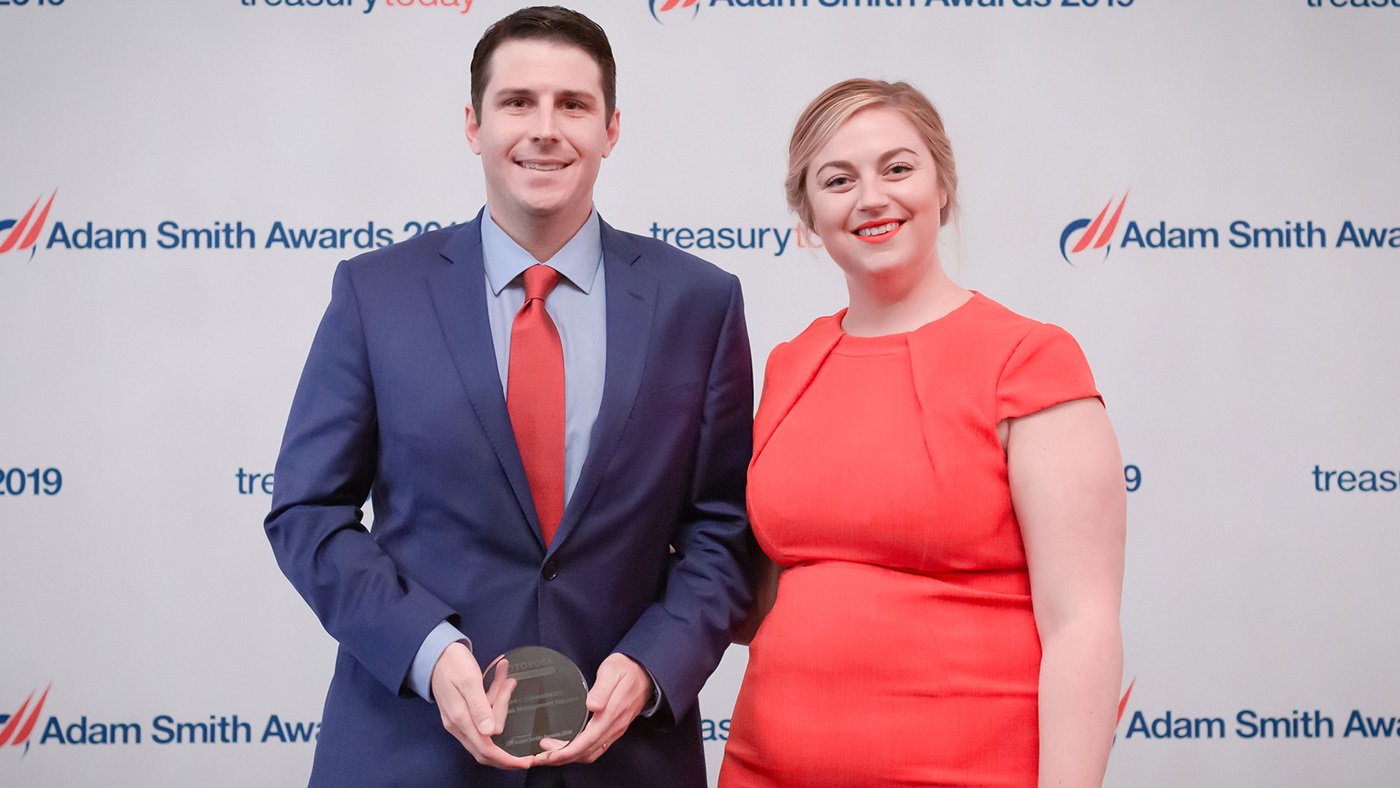

Toyota Motor Credit Corporation (TMCC) runs one of the largest commercial paper (CP) programmes in the world, with over US$100bn direct issuance per year. It is one of the company’s primary short-term funding sources and liquidity management vehicles. The programme offers relatively cheaper borrowing cost given its short-term nature, but it also requires rigorous liquidity risk management as approximately US$200m-US$300m CP matures on any given day.
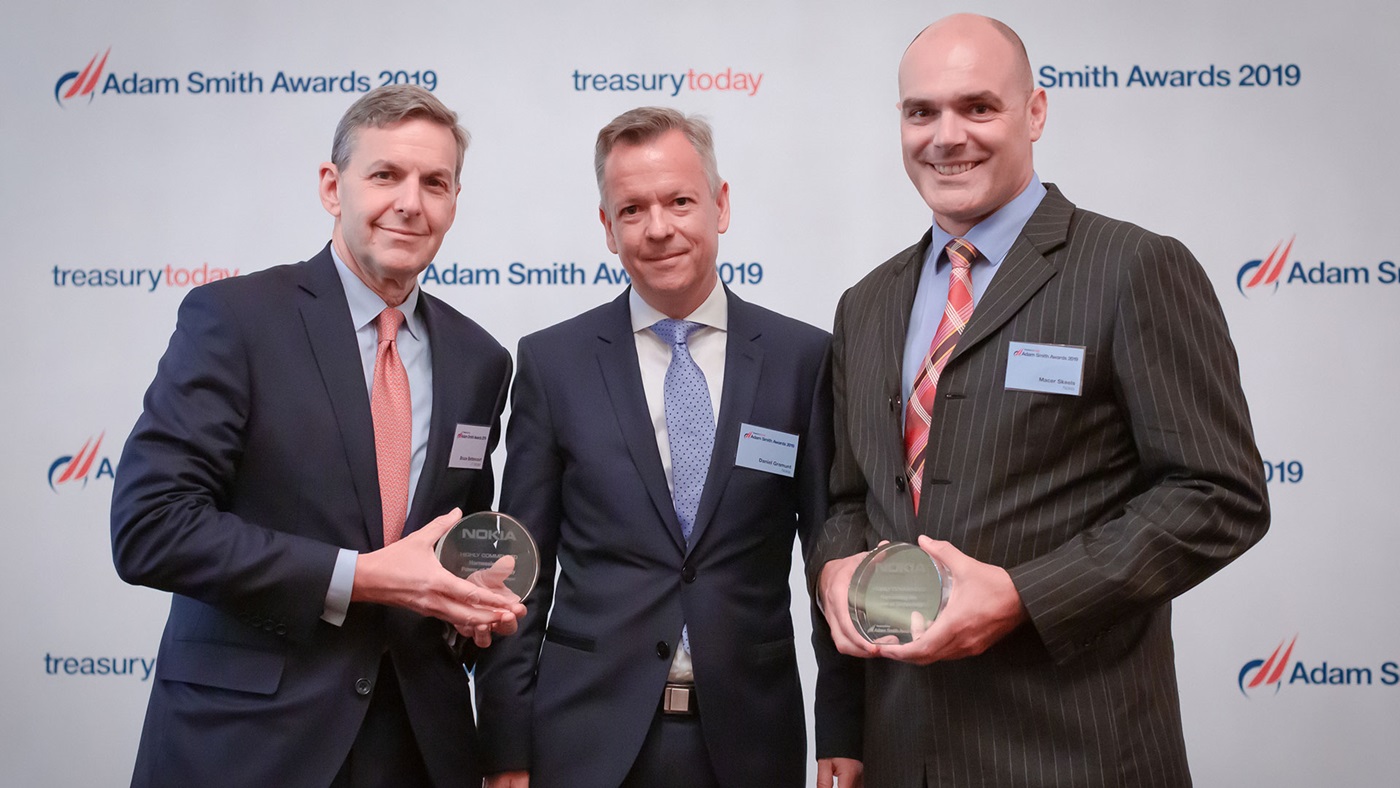

As a global company, Nokia’s treasury team is responsible for efficiently managing cash flows around the world. However, the process to gain visibility into cash positions was no longer sufficiently dynamic to allow more immediate assessment and decision-making.
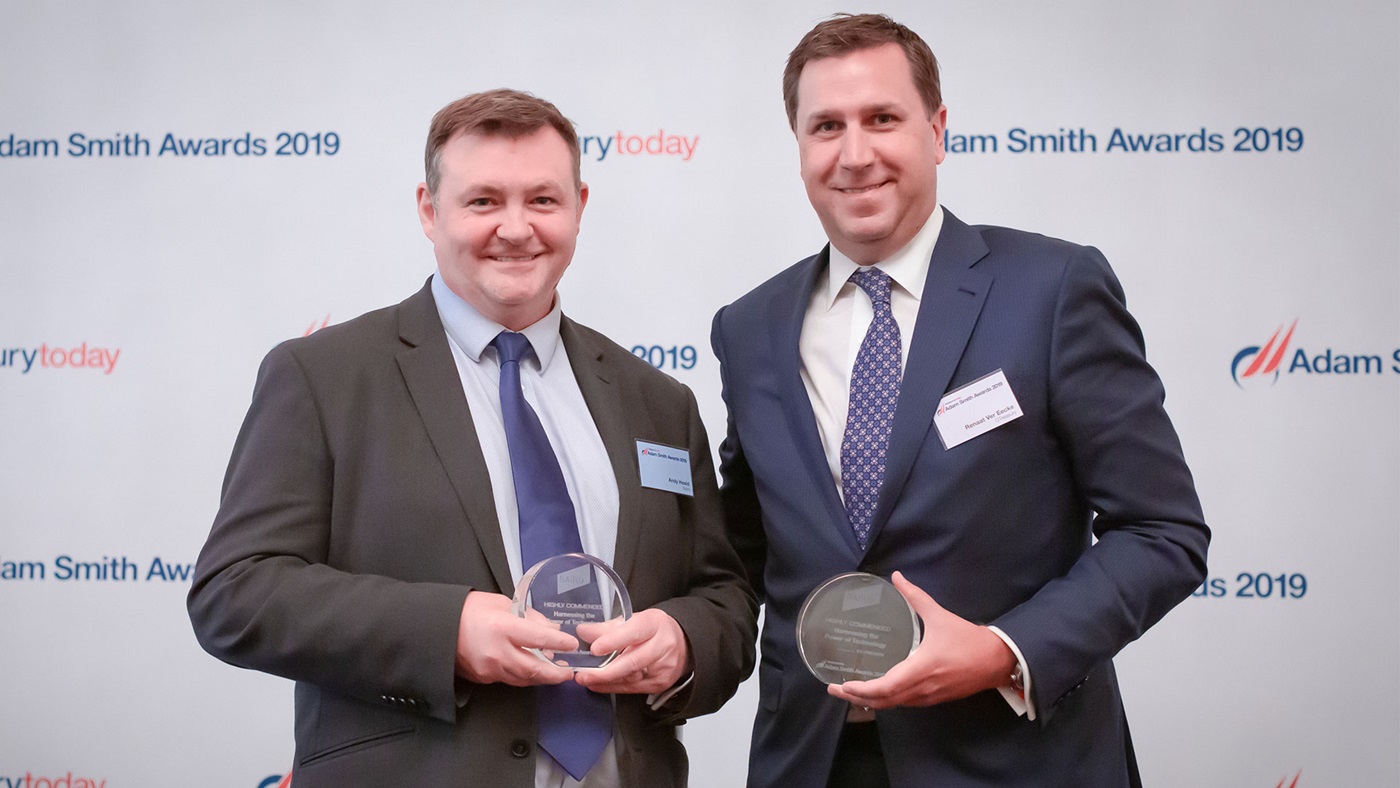
In 2016, Baird was implementing a treasury management system (TMS) for cash and liquidity management and payments – a relatively new application for brokerage and wealth management. It was looking to improve processes, reduce error and minimise reputation risk as a client service business.
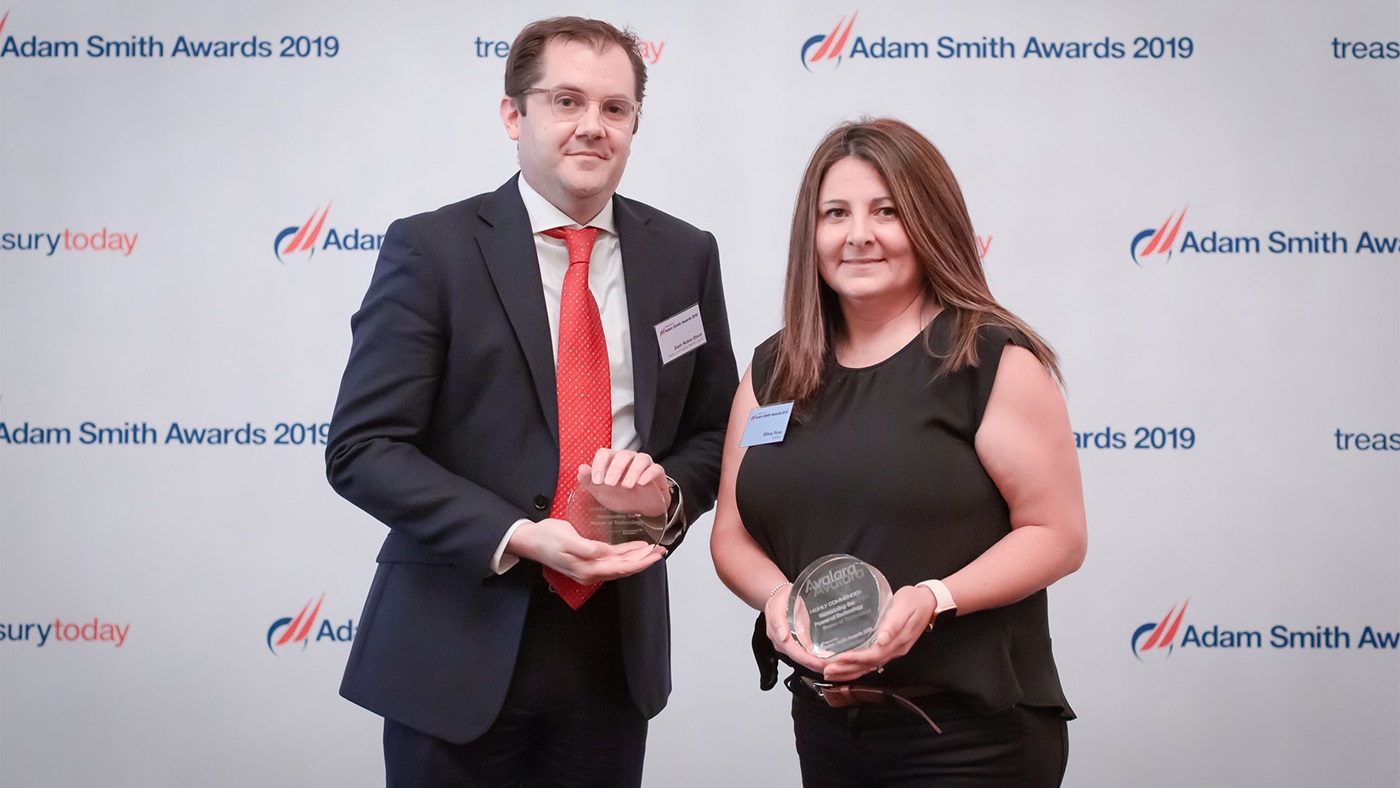
In the past, Avalara relied on a highly manual and cumbersome spreadsheet-dependent process to manage tax payments on behalf of its customers. To illustrate, in order to remit sales tax payments, Avalara extracted and combined customer banking information and liability data and manually uploaded transactions into the applicable bank portal.
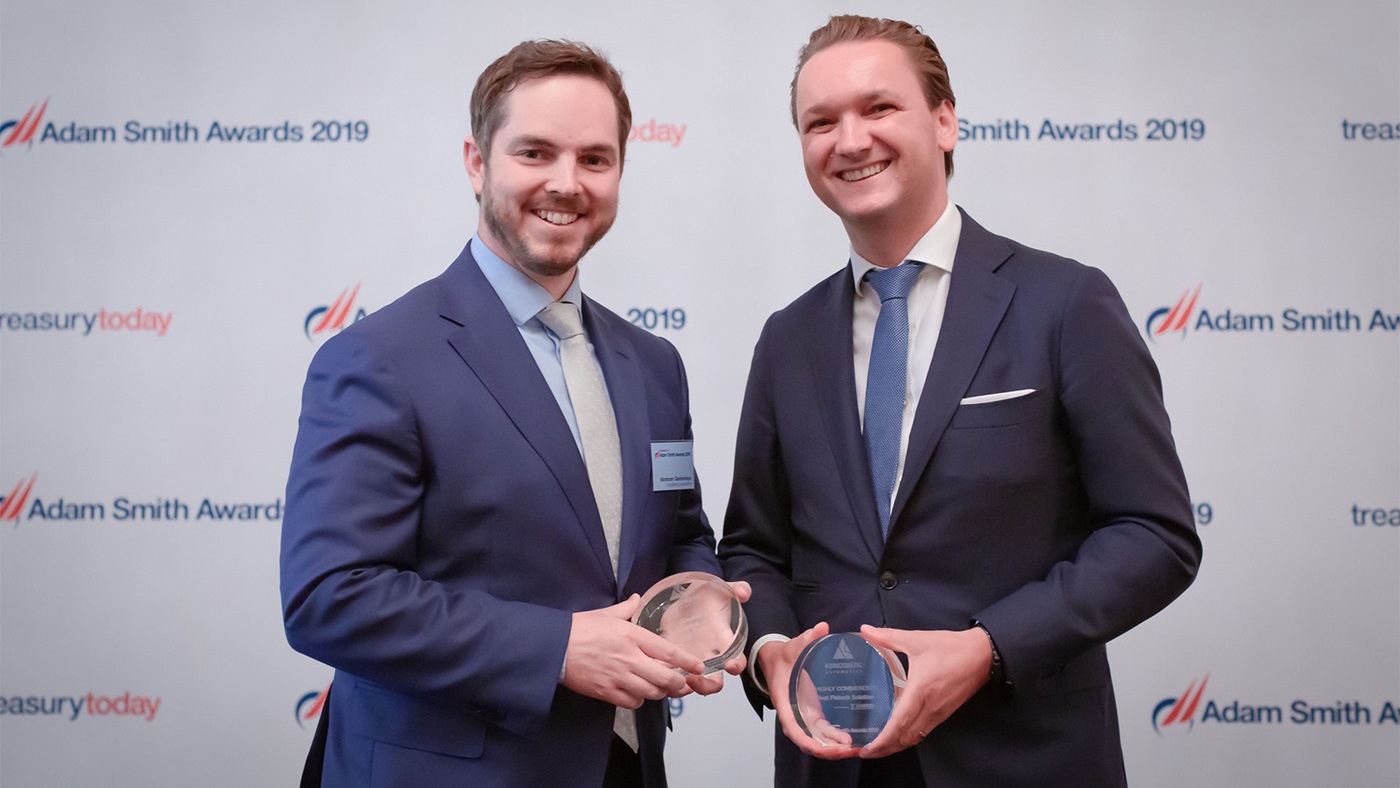
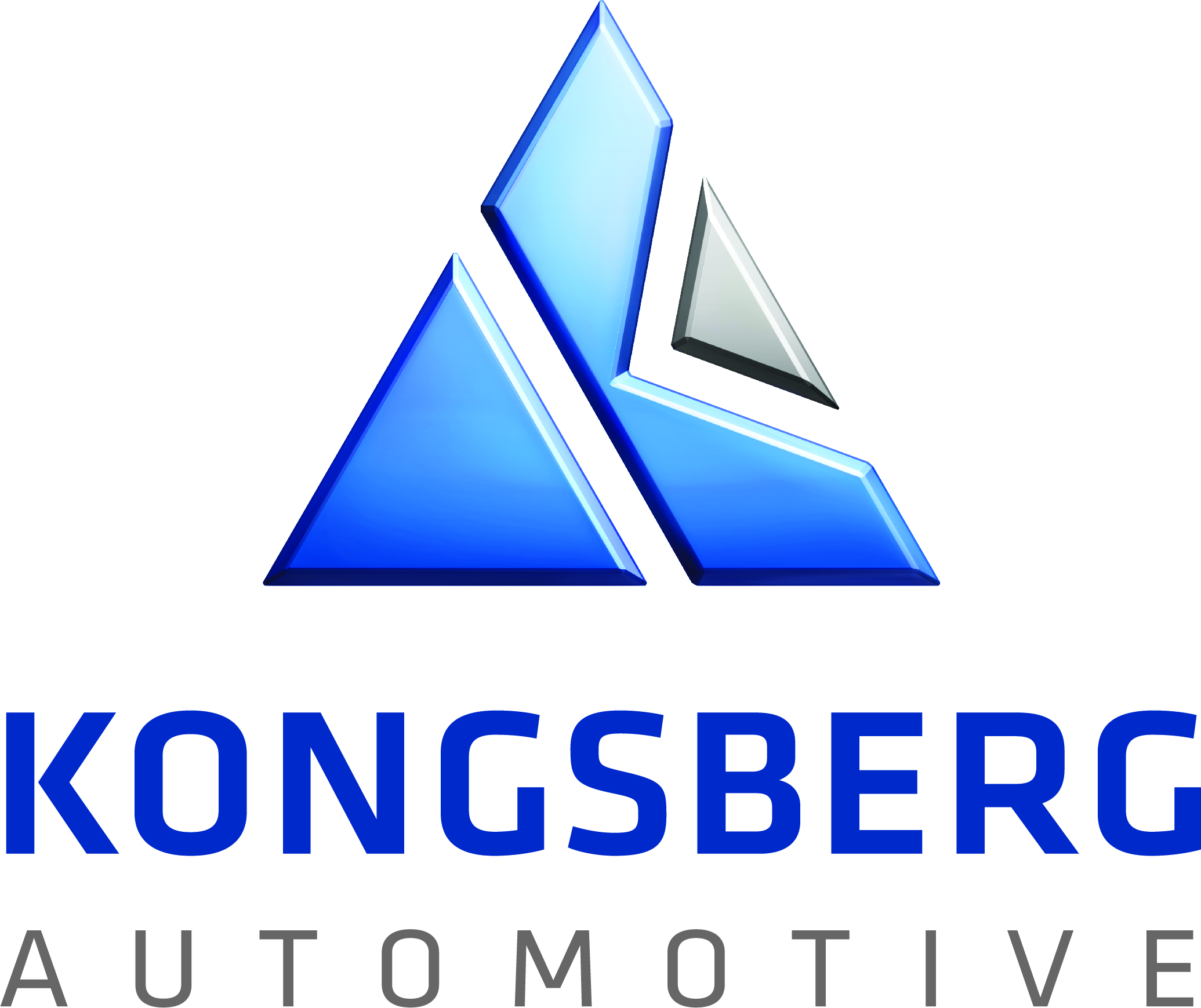
A trend of increased attention to intercompany loan pricing can be seen in all corners of the world as the international tax world is bursting with new developments. Some examples are the Anti-Tax Avoidance Directive (ATAD), the base erosion and profit shifting (BEPS) project and the new corporate tax regulations in the US.
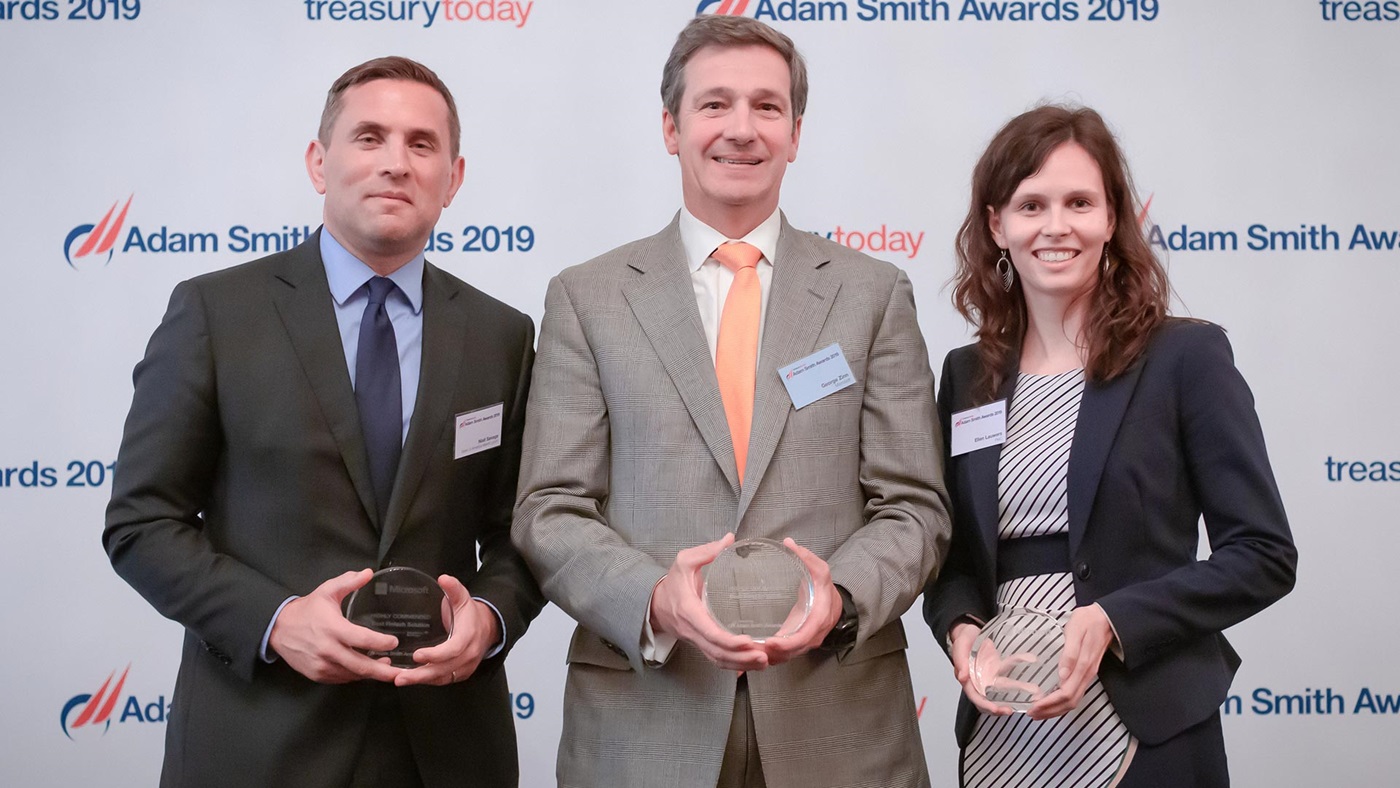
In December 2016, Microsoft acquired LinkedIn for US$26bn, the largest acquisition in the company’s history. It was planned to integrate the treasury function which includes the cash positioning, intercompany lending, cash funding and sweeping.
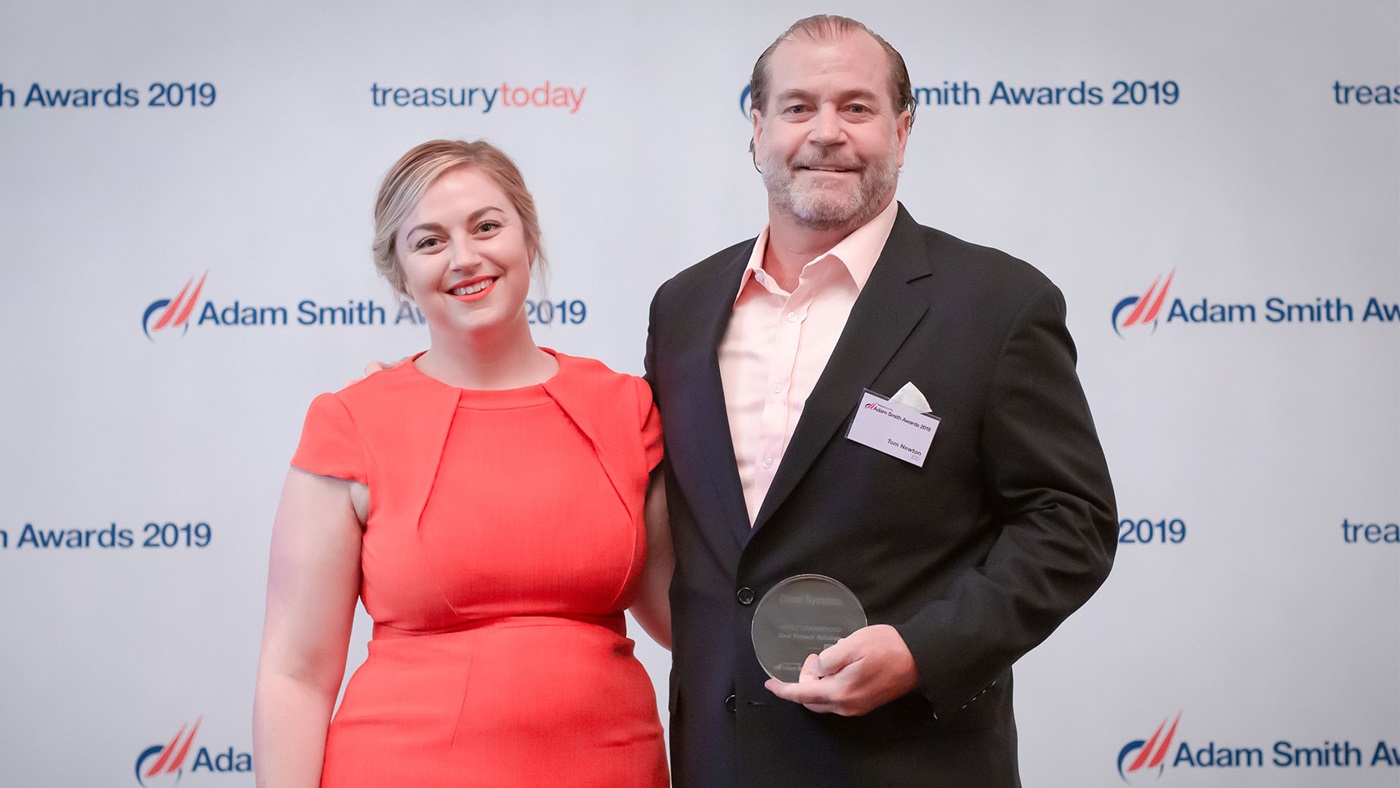
As a treasury technology leader, Cisco was looking to streamline its day-to-day investing processes. The settlement process for money market fund trades required multiple signatures, faxes to the custodian and manual entry of the transaction details. Multiple parties would touch and key in information, and the outdated fax process was time consuming.
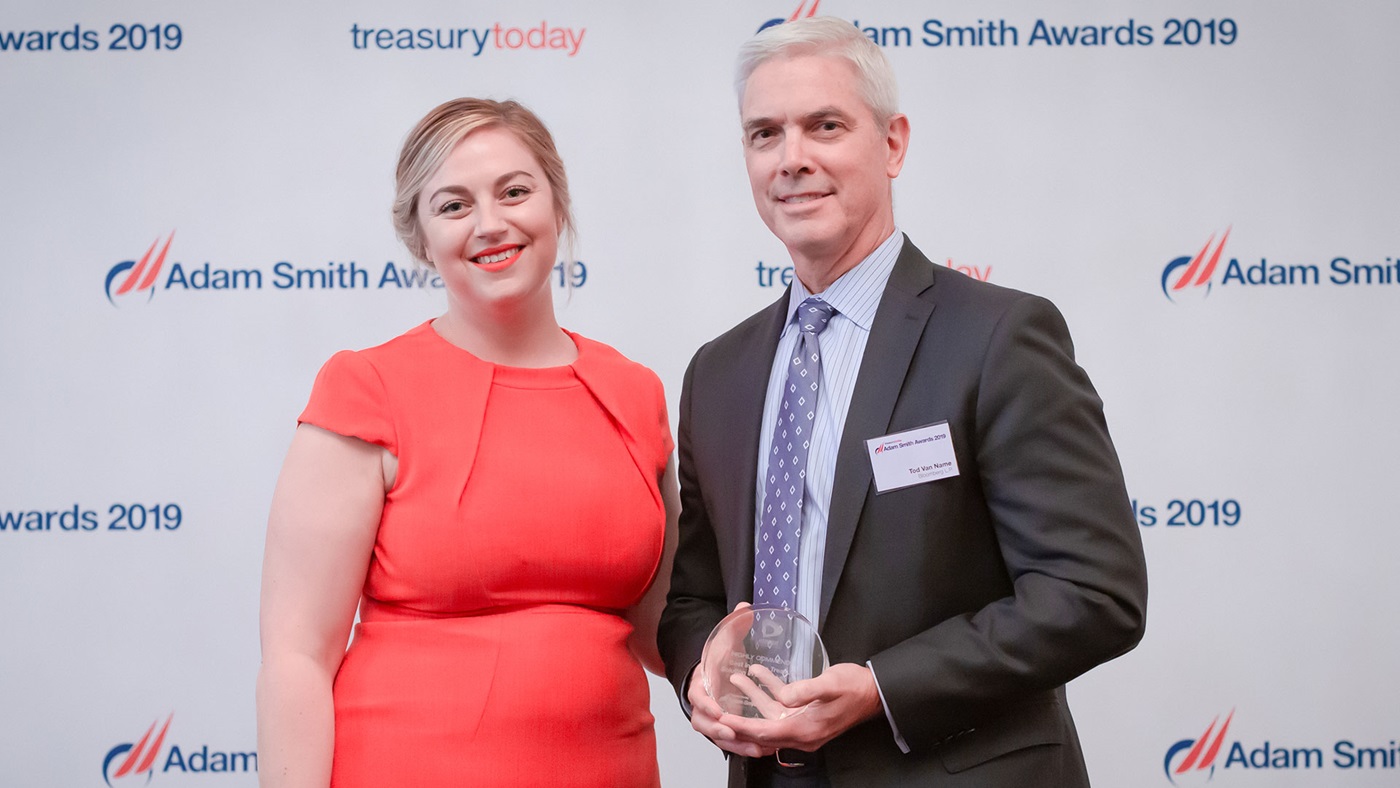
Etisalat’s treasury team was managing its treasury operations including cash, funding, risk and reporting manually with Excel spreadsheets. The team’s transaction volumes were increasing at the same time as maintaining relationships with more than 50 banks and 230 bank accounts across Etisalat Group and its subsidiaries.
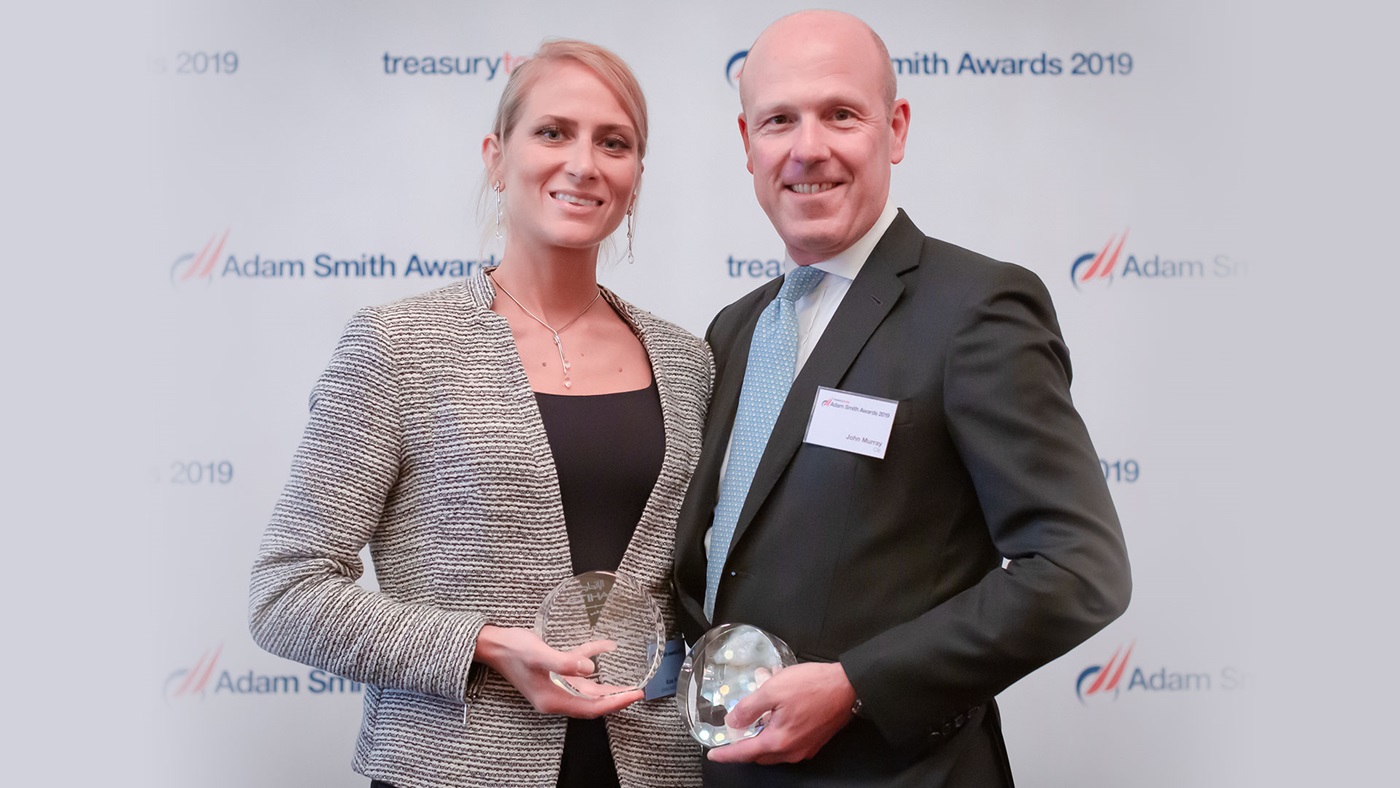
In 2015 Etihad initiated a complex treasury transformation project to support expansion and optimisation of the business. It aimed to completely redesign the company’s policies and governance around cash management, working capital, expense management, risk management and cost controls.
As an influential and leading company in the Middle East’s construction industry, ASGC’s 25 holding companies manage over 21,000 transactions monthly across 15 banks and eight different currencies. ASGC’s goal was to digitalise and centralise treasury with the ancillary goal of being more green and going paperless.
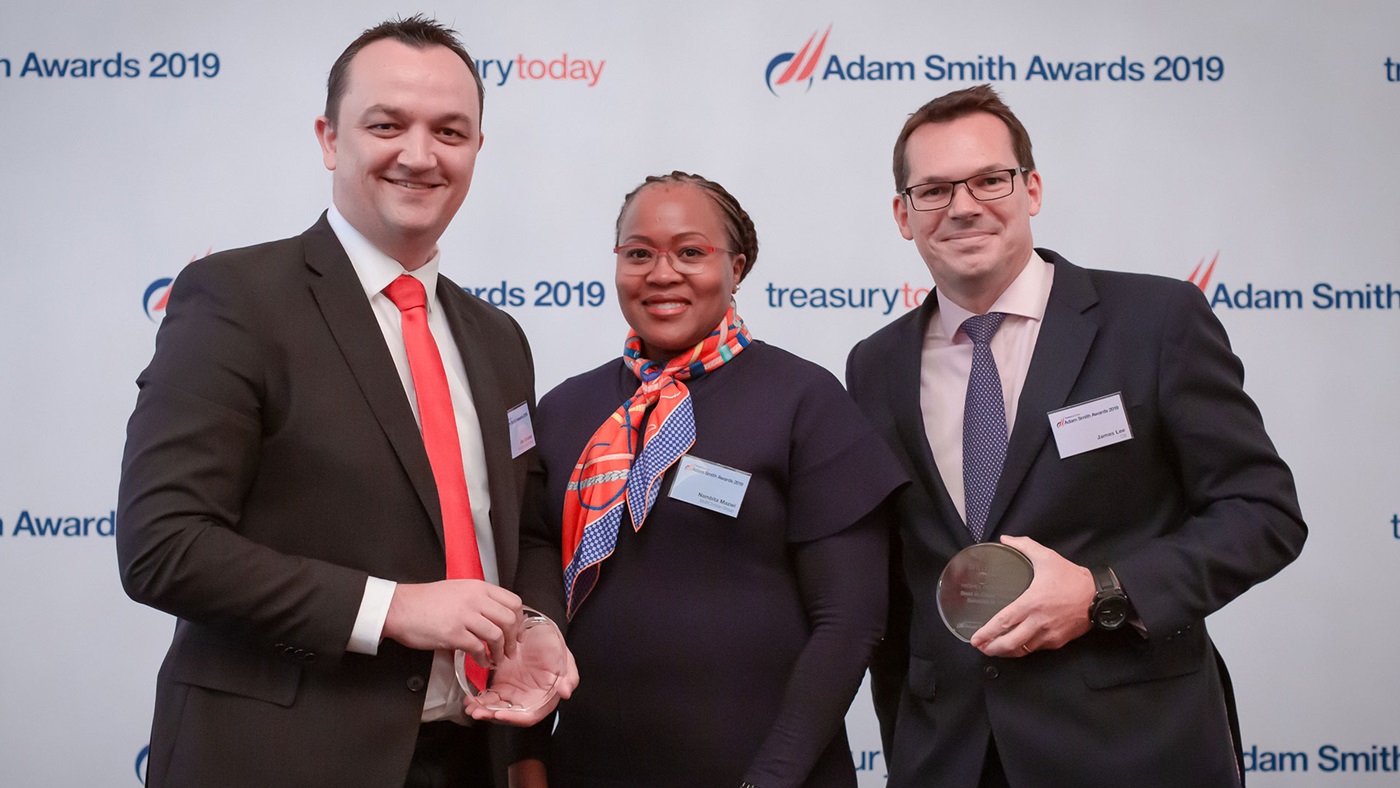
When the MultiChoice Group unbundled from Naspers, a broad-based multinational internet and media group headquartered in South Africa, it listed separately on the Johannesburg Stock Exchange at the end of February 2019. Its listing was achieved in a very short period. Going hand-in-hand with this was the development of its treasury process.
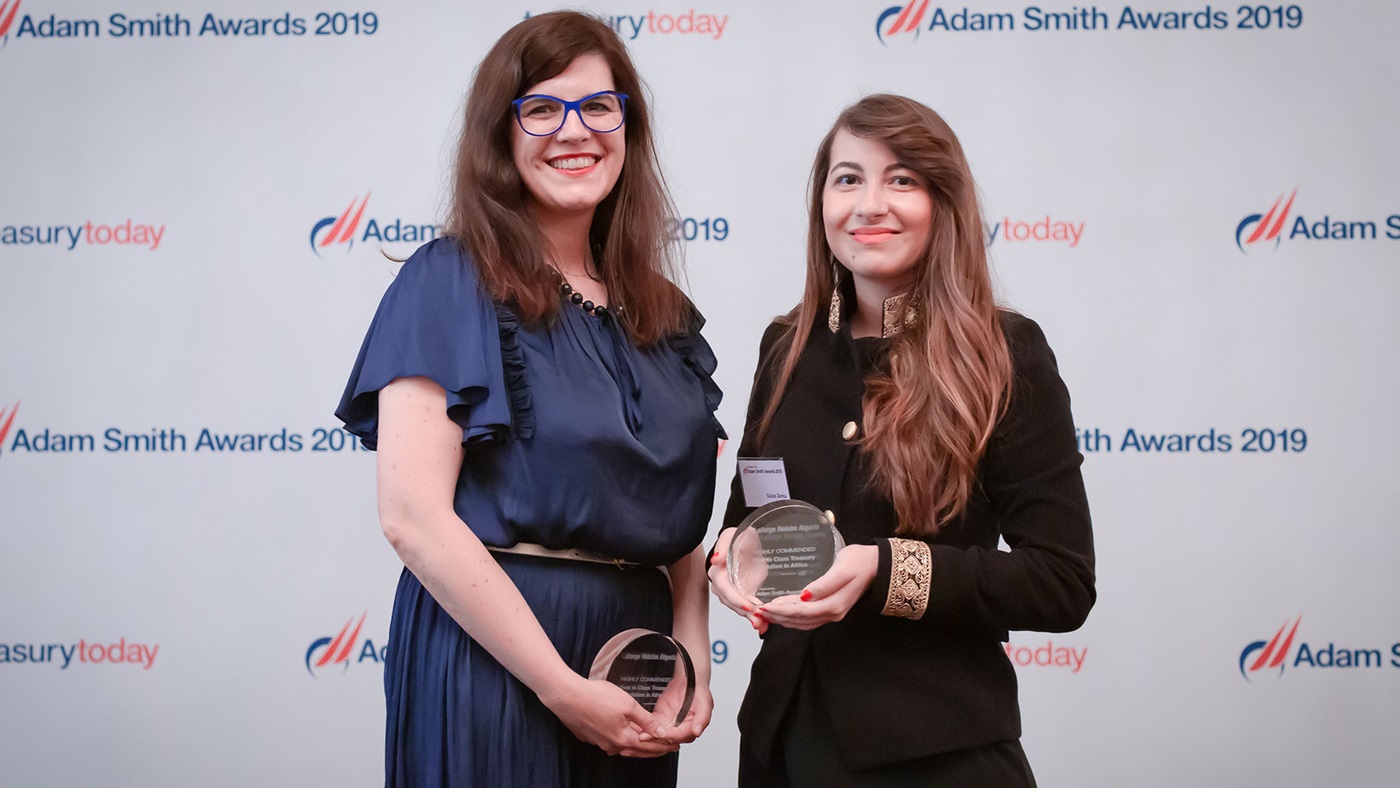
At the end of 2017, LafargeHolcim Algeria (LHA) launched a programme aimed at improving the customer experience by bringing customers closer and offering an exclusive payment service with a high level of availability and security. LHA wanted to both streamline and simplify its collection process (very high volume), knowing that electronic payments, are in Algeria, a new and therefore unfamiliar solution. Laws and regulations approving the use of e-payments were enforced in Algeria early 2018.


Procaps was looking to unlock a considerable amount of working capital by securing longer payment terms with its suppliers, helping it to buy stock, without damaging these vital relationships.
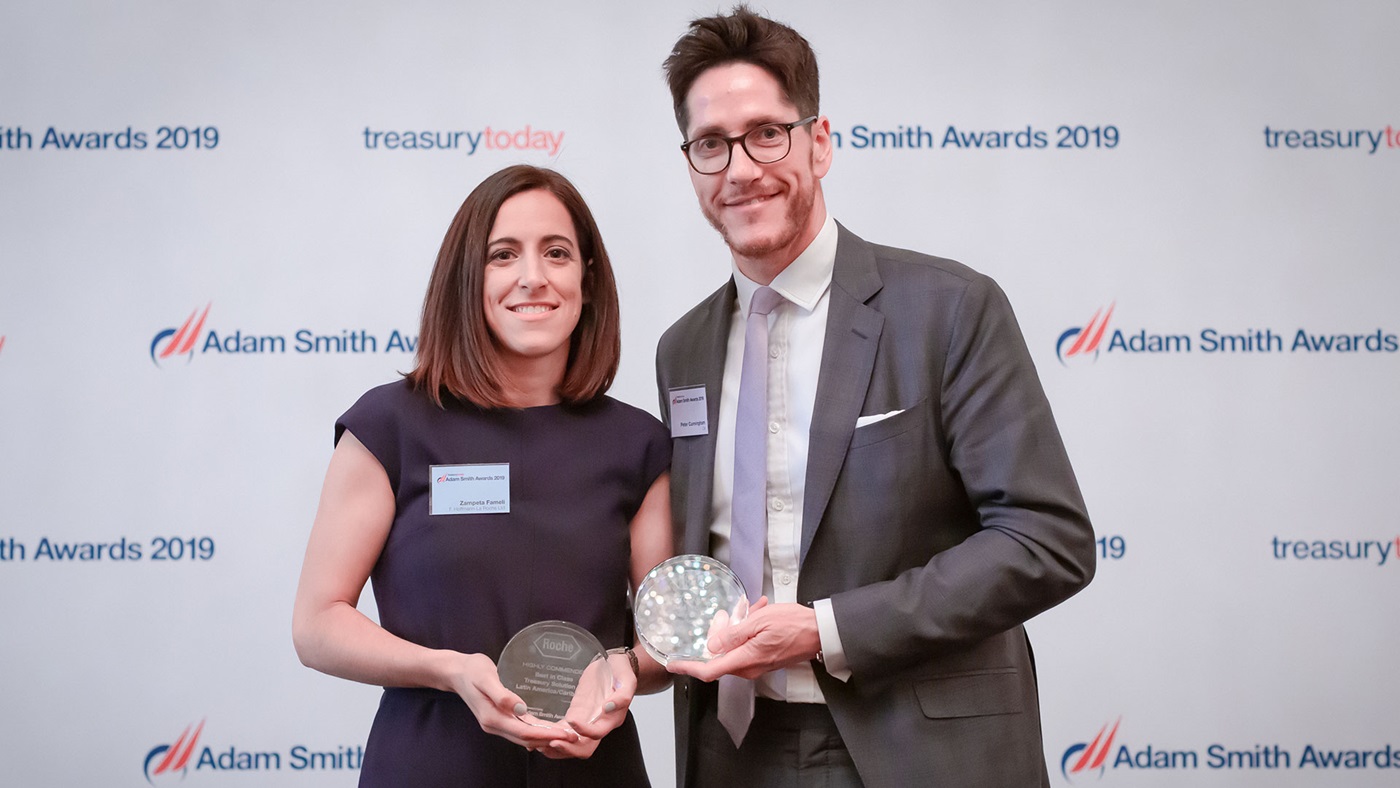

A key aspect of Roche’s business model includes taking risks in pharmaceuticals, healthcare and research, as part of the strategy to grow and evolve. To counterbalance this, treasury’s role is to safeguard the balance sheet by hedging against financial risks and therefore facilitate that risk-taking activity in the business.